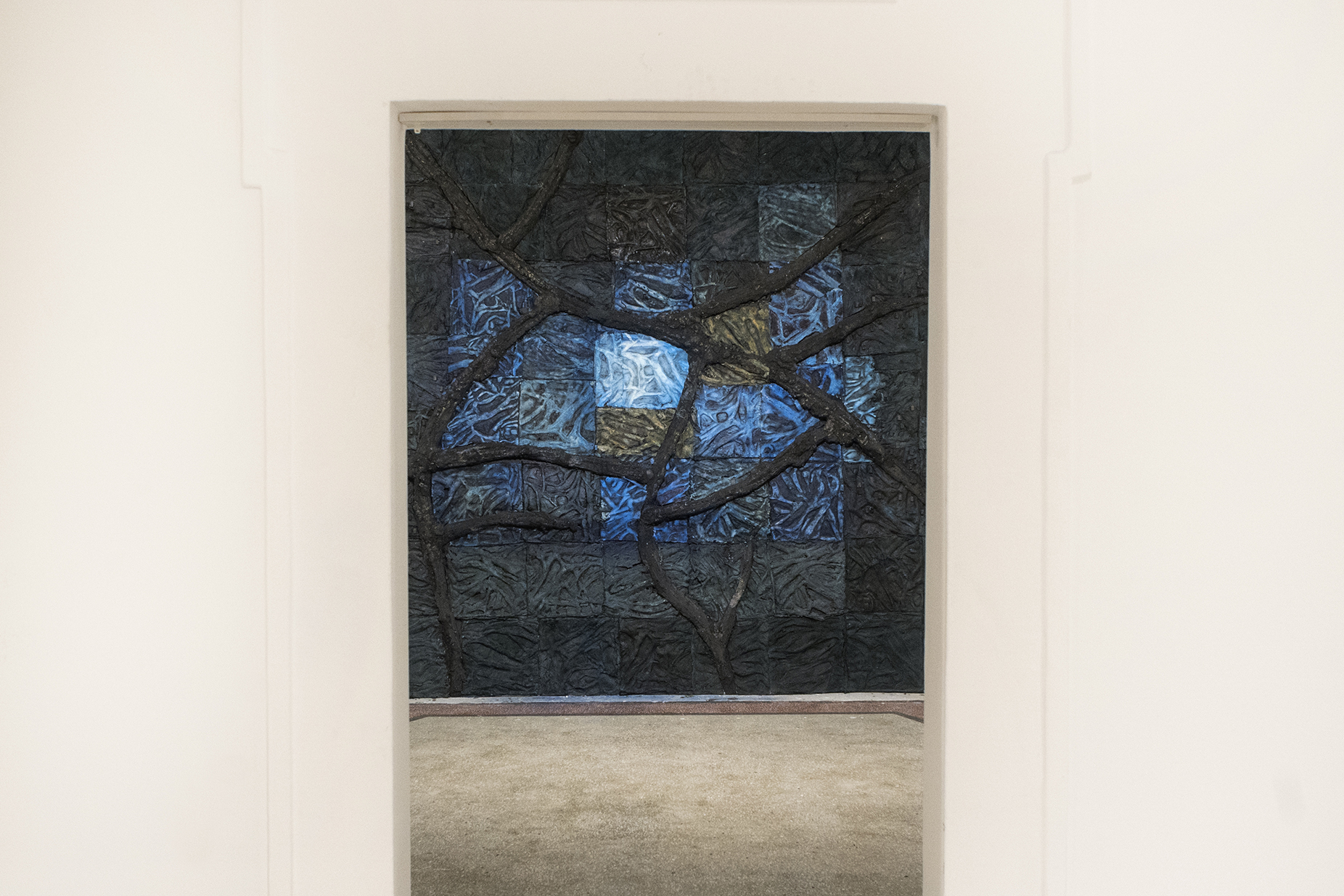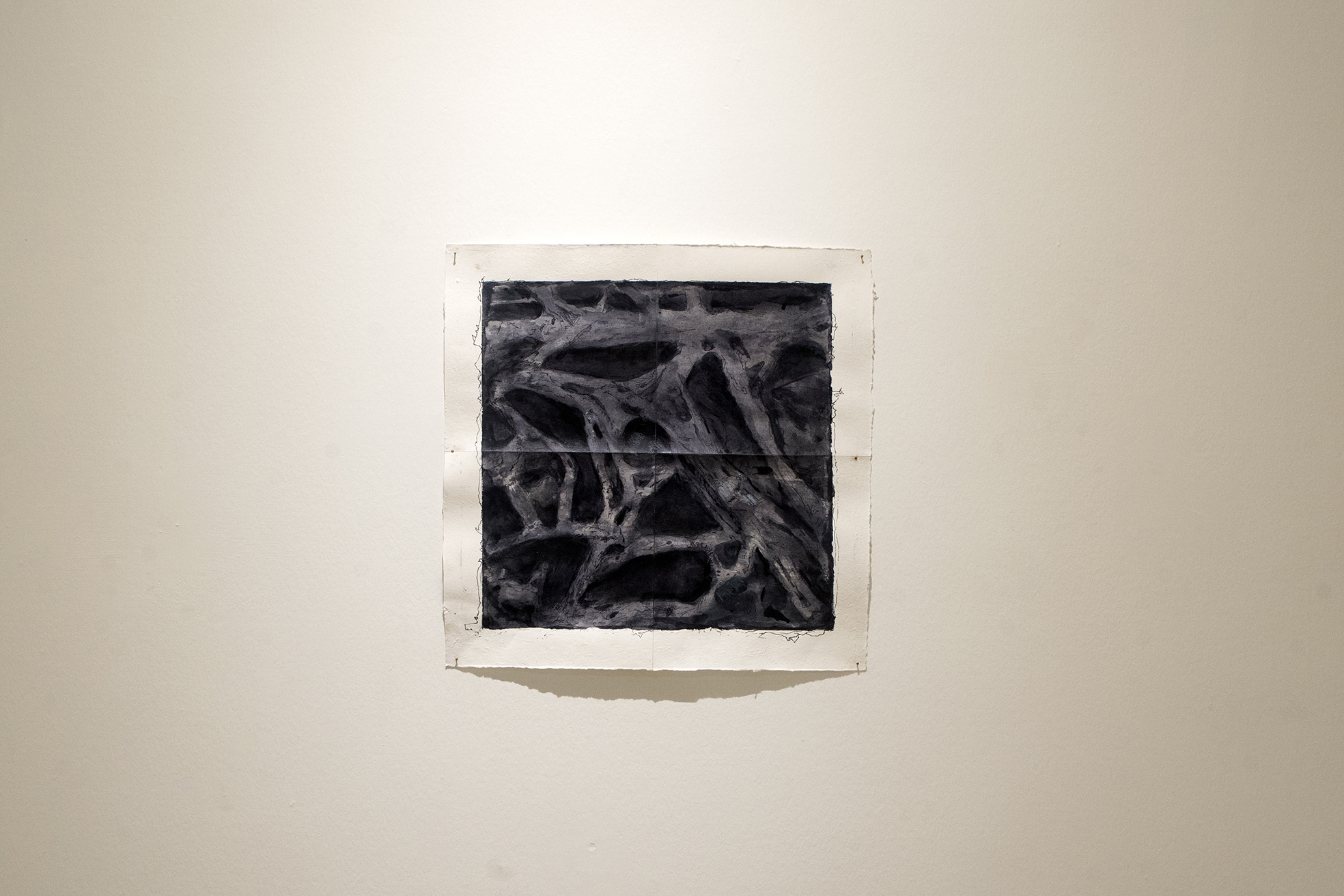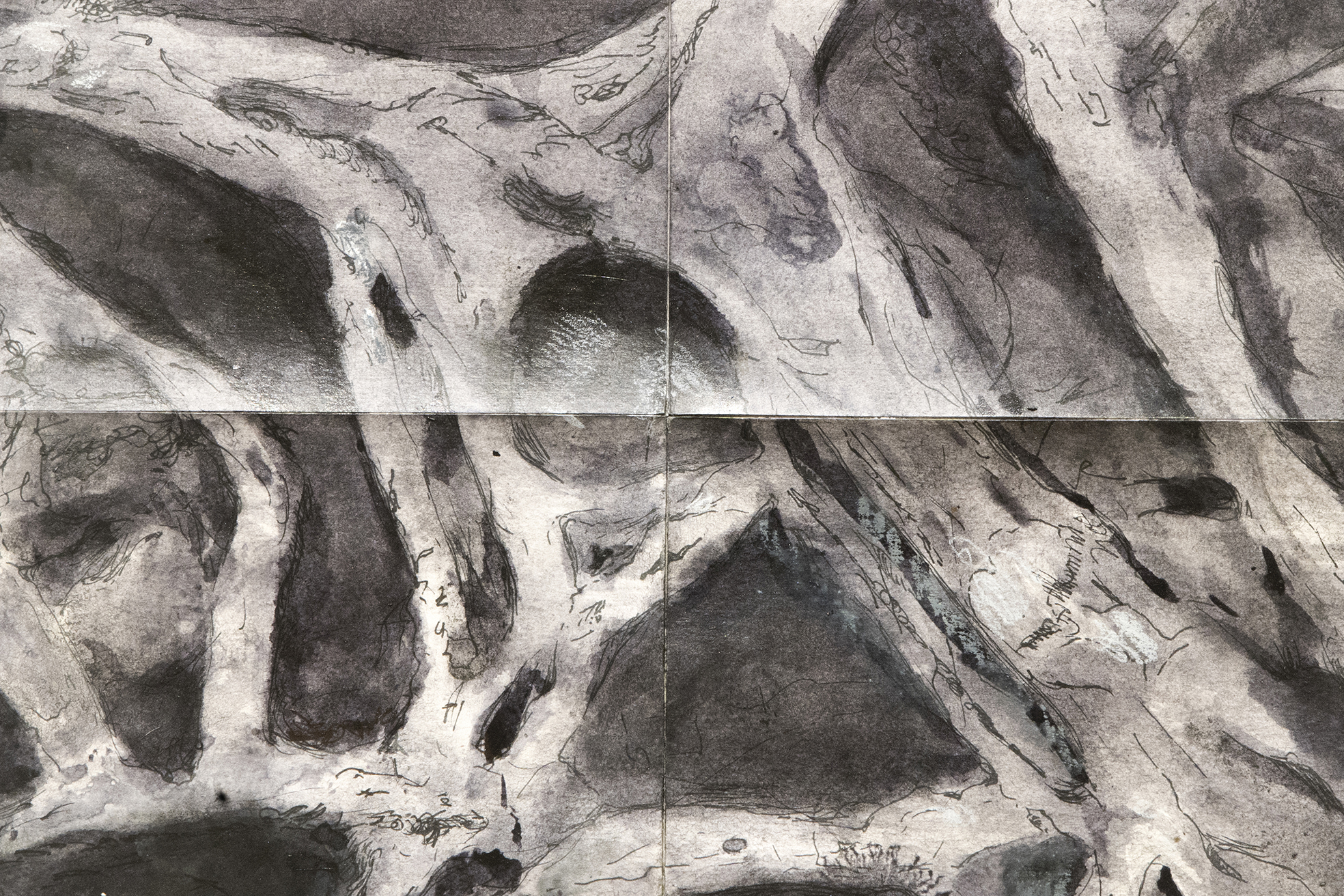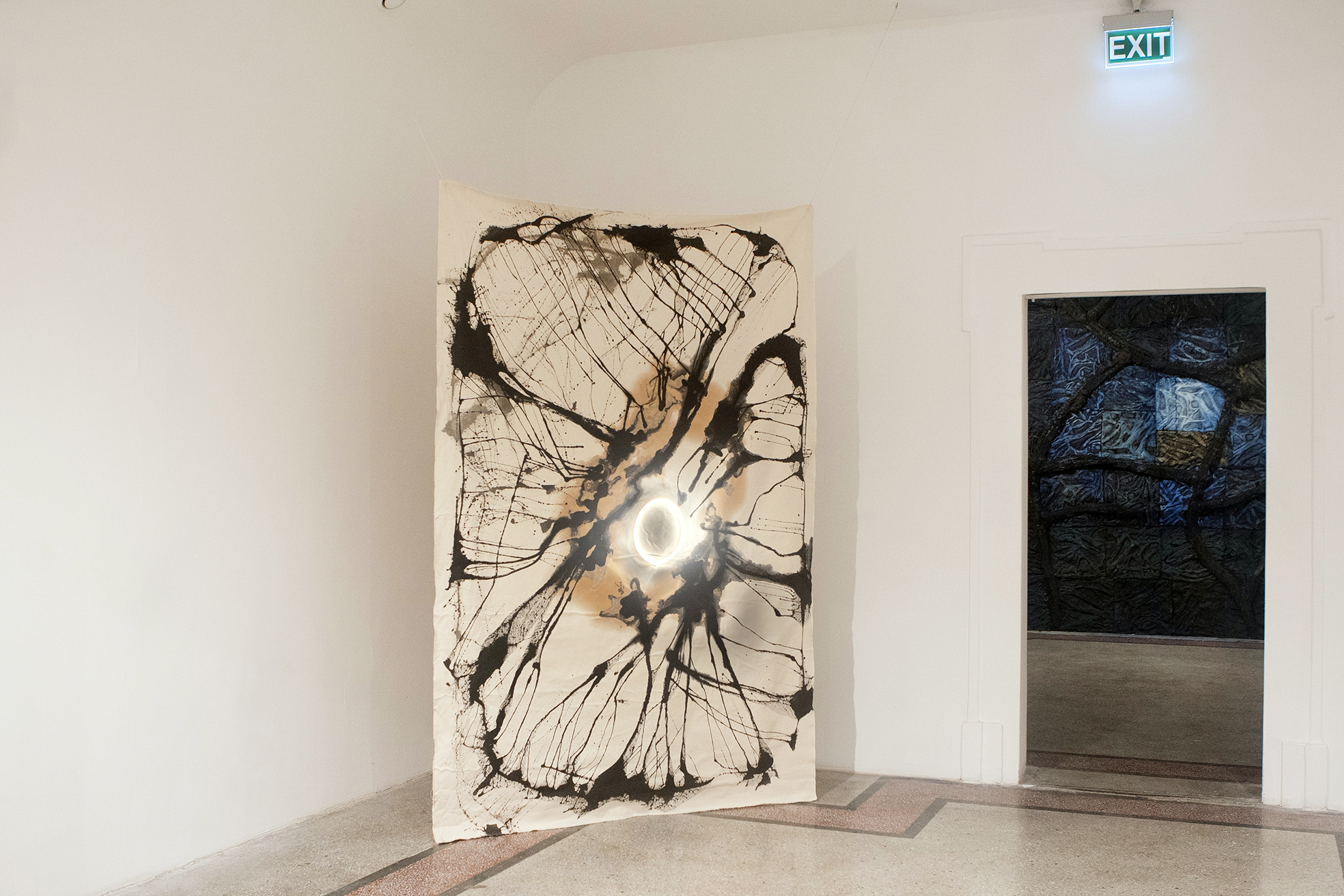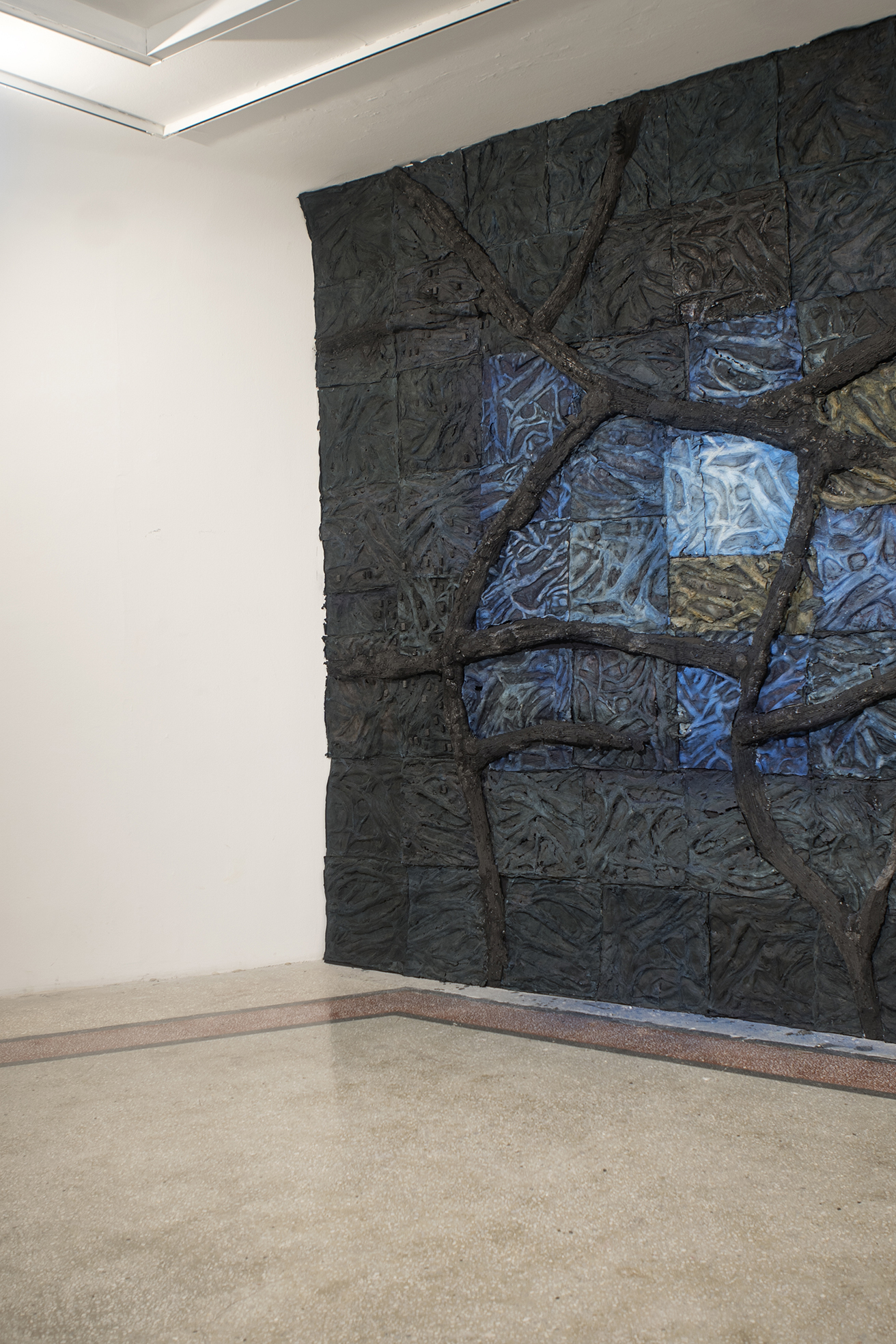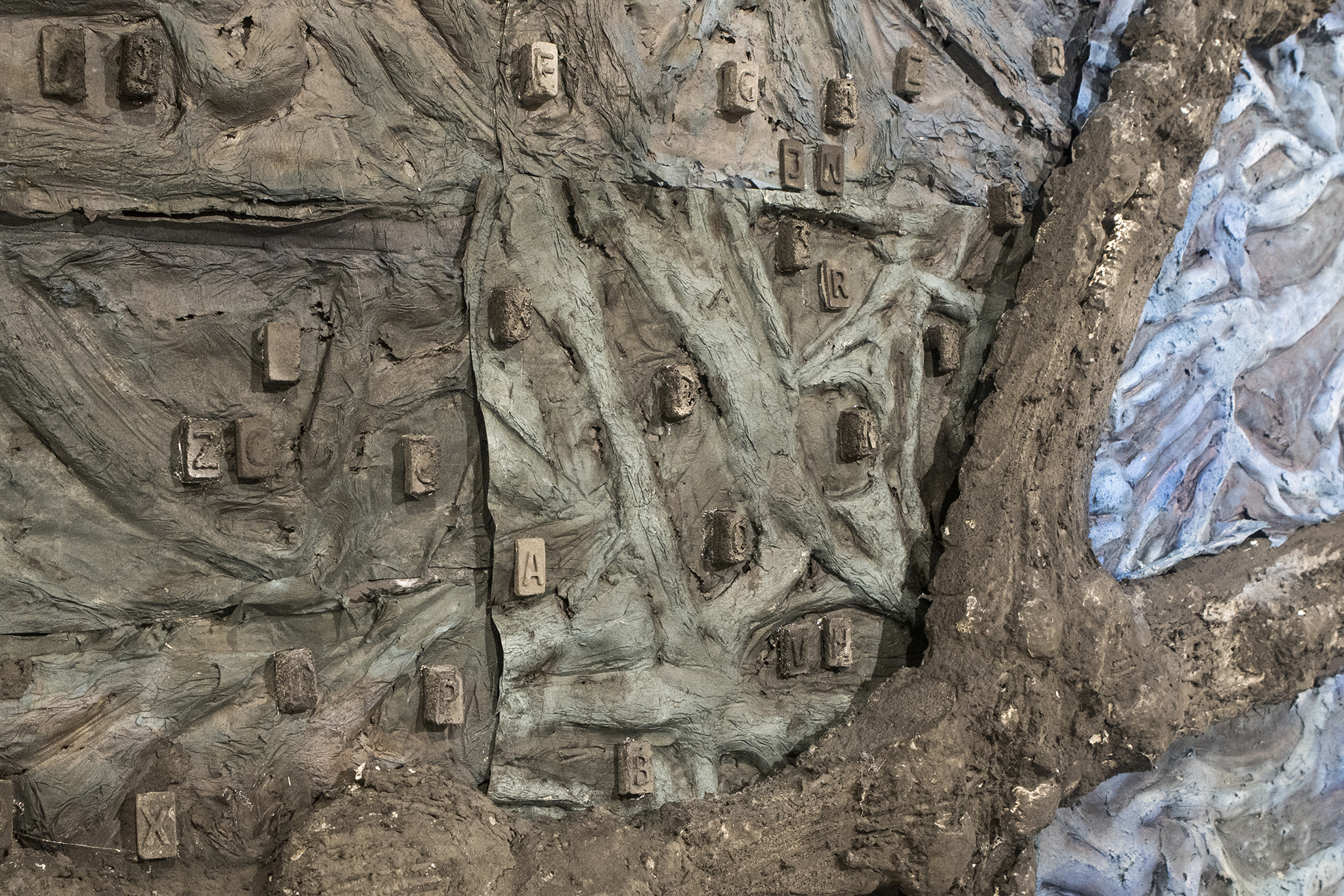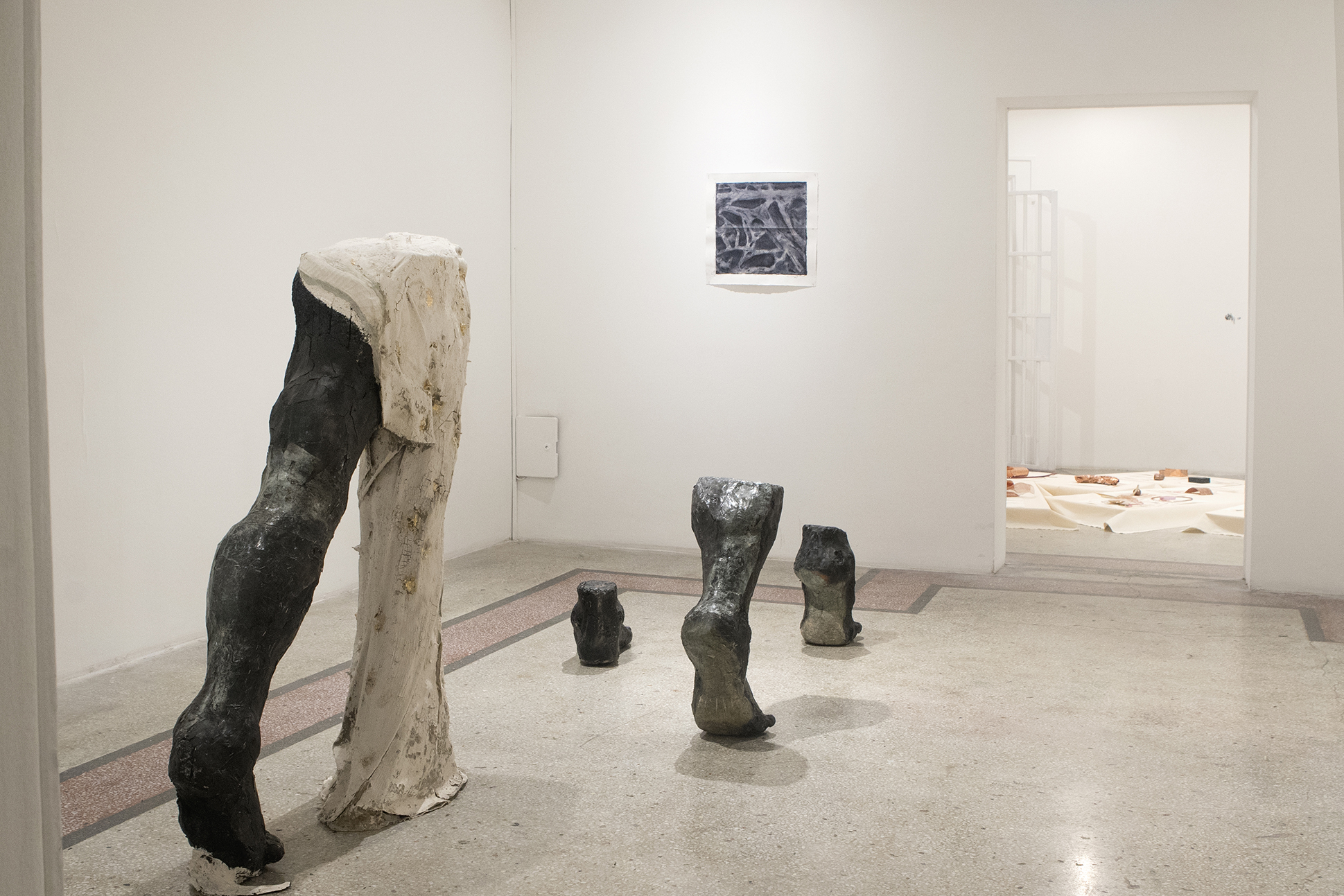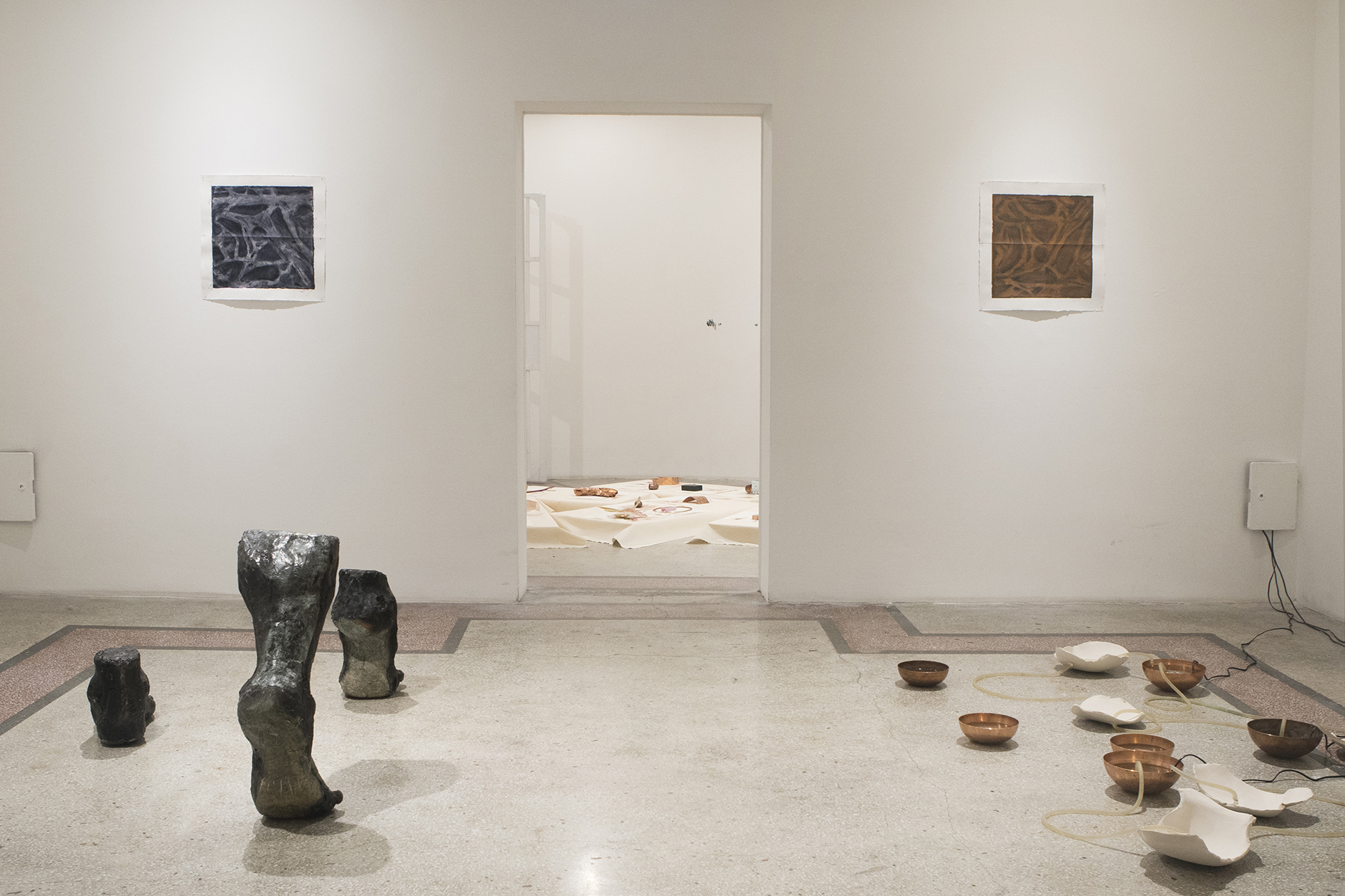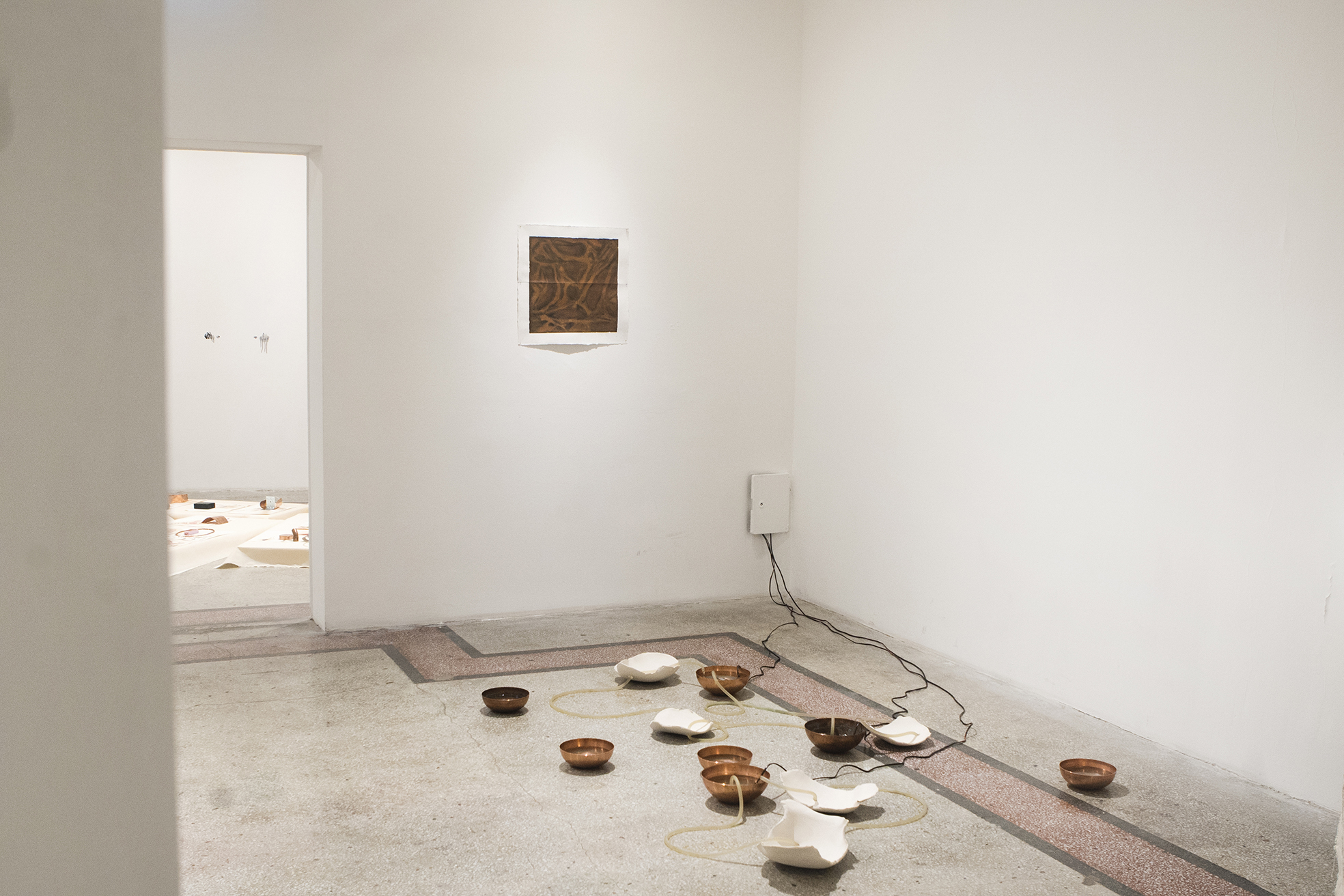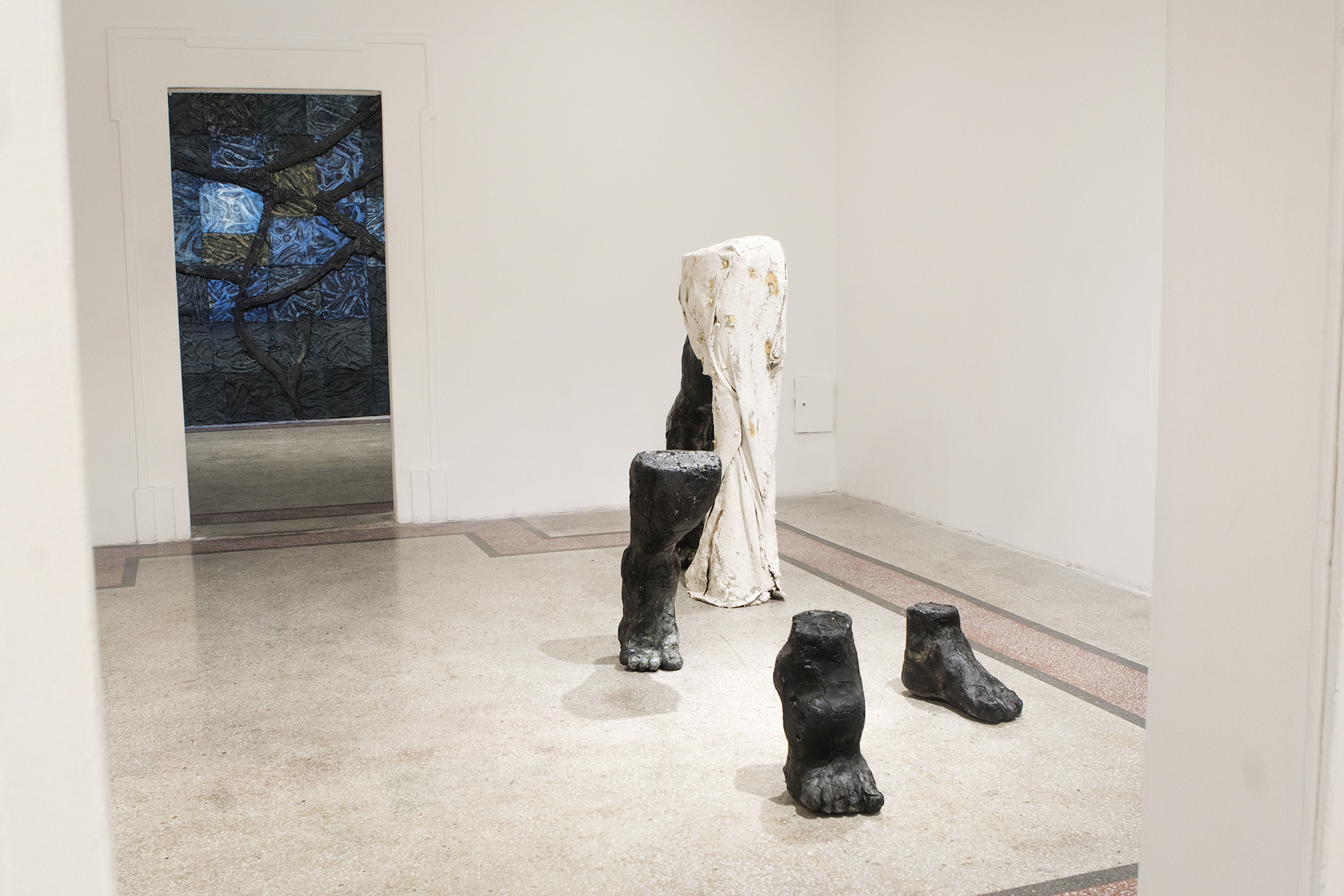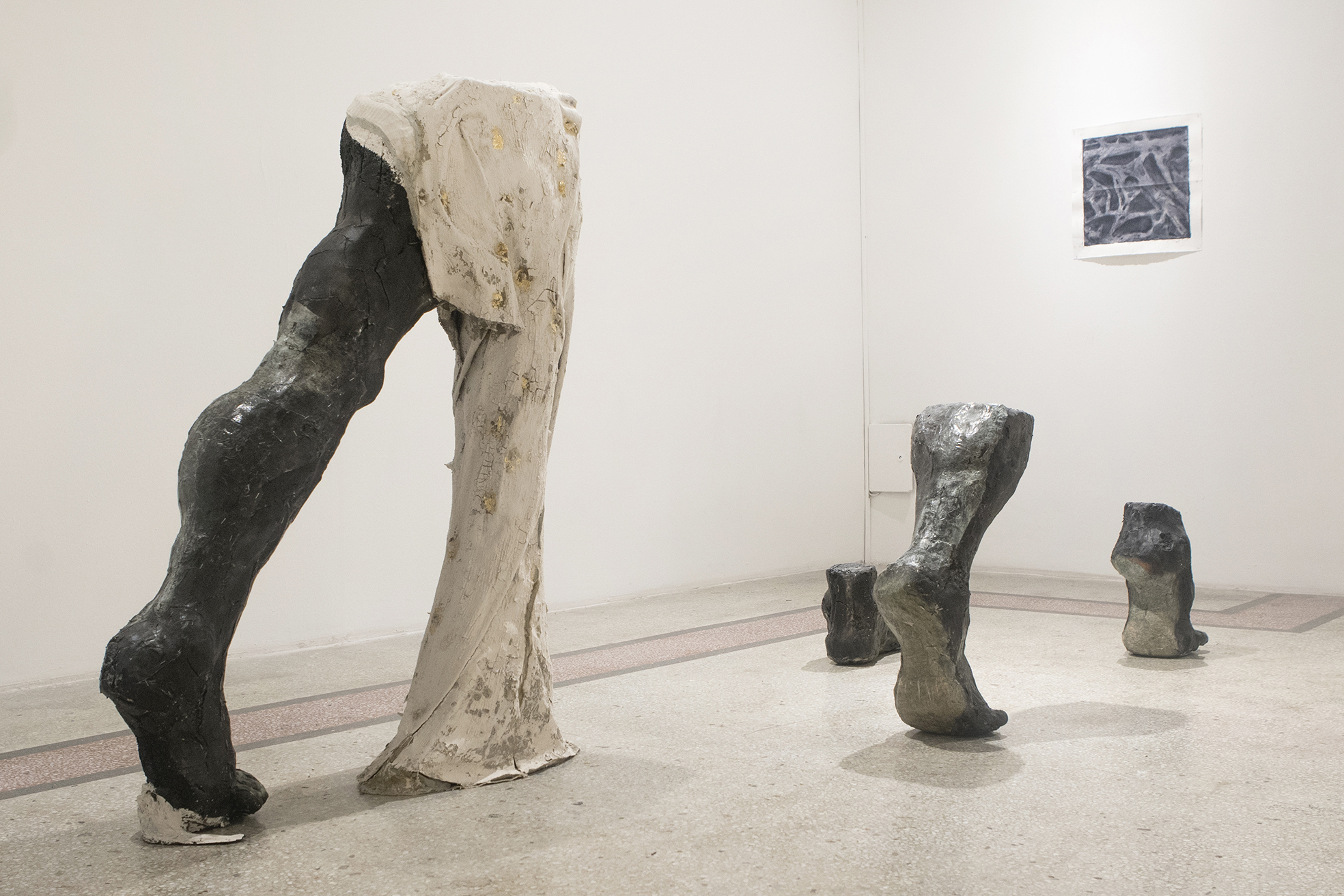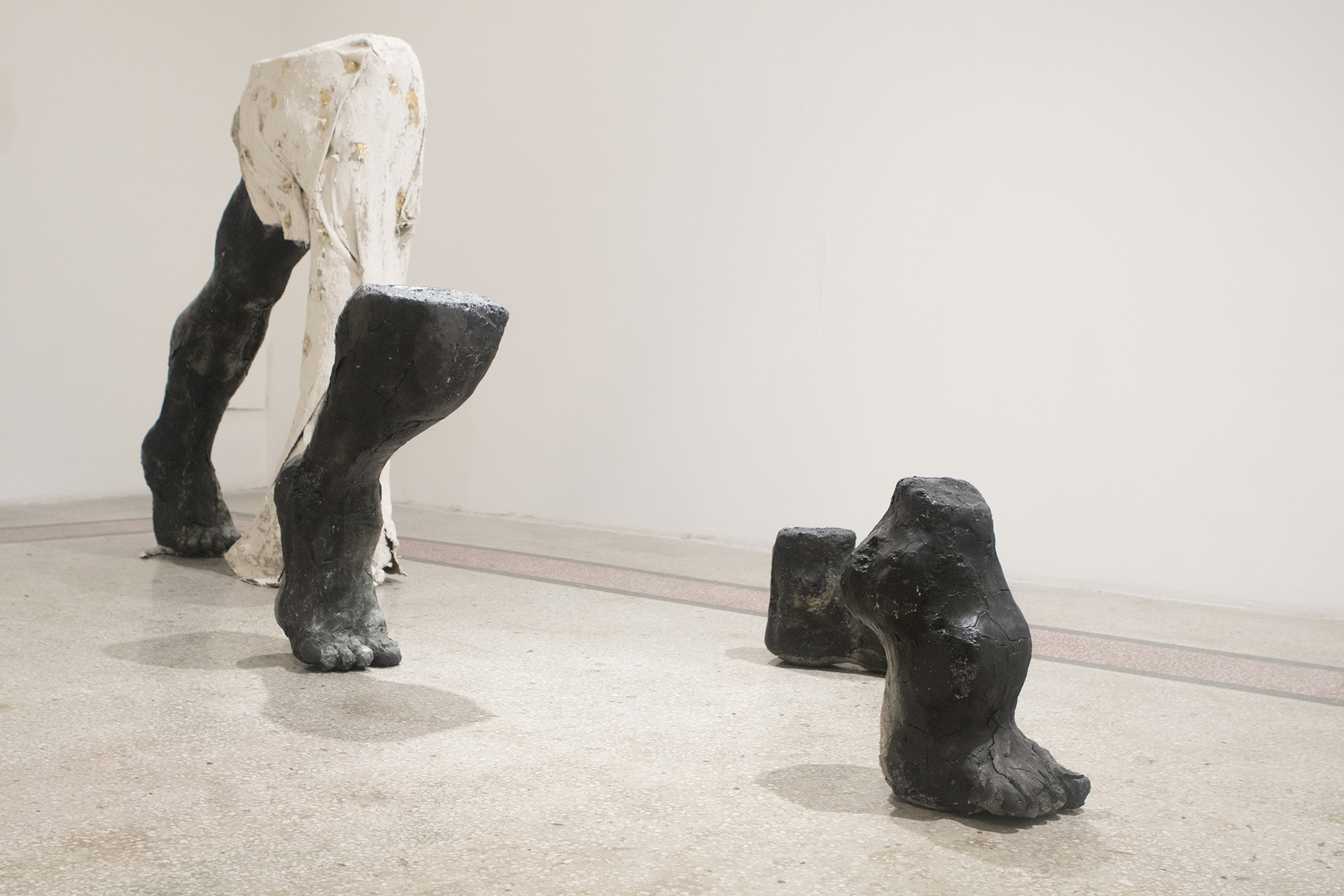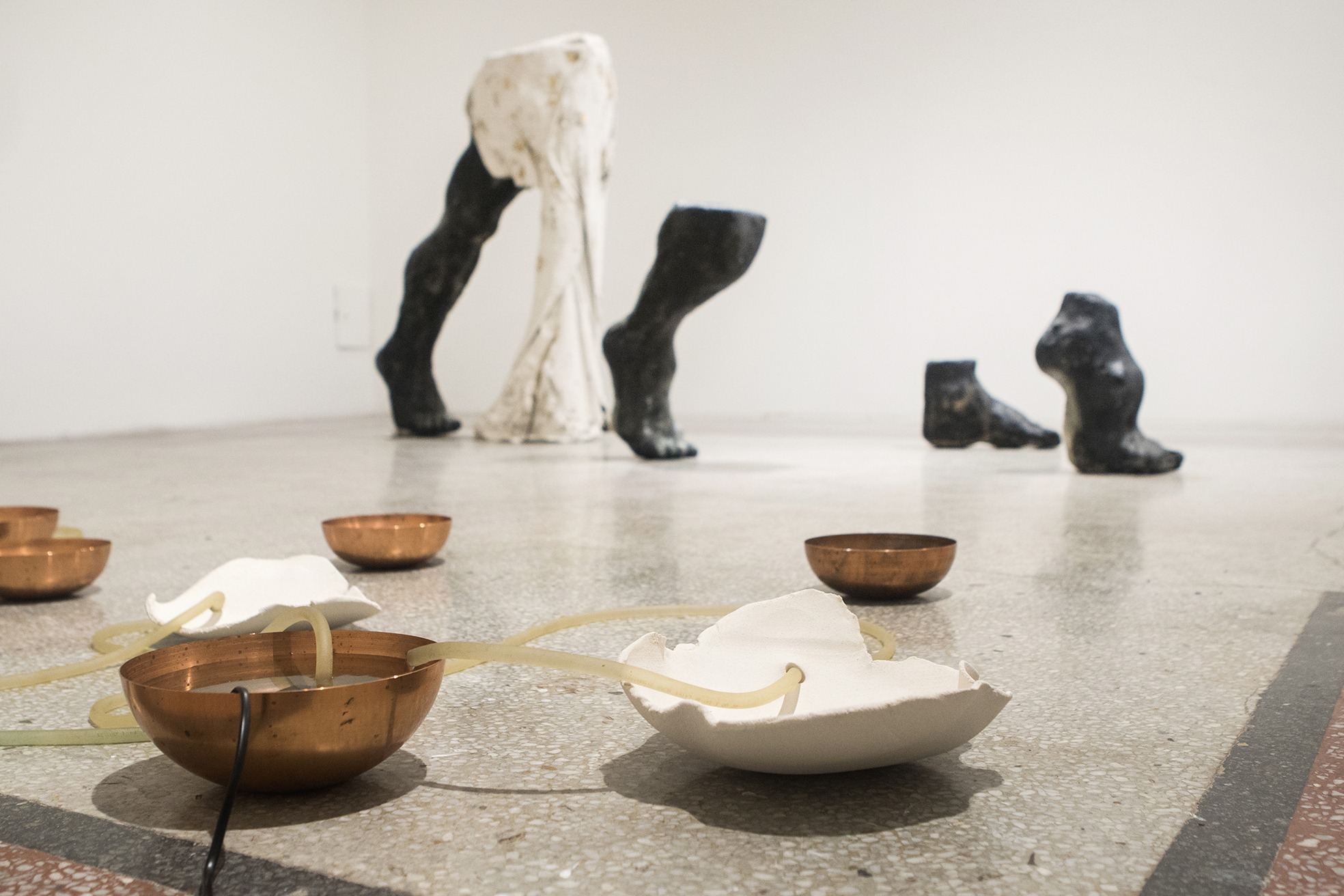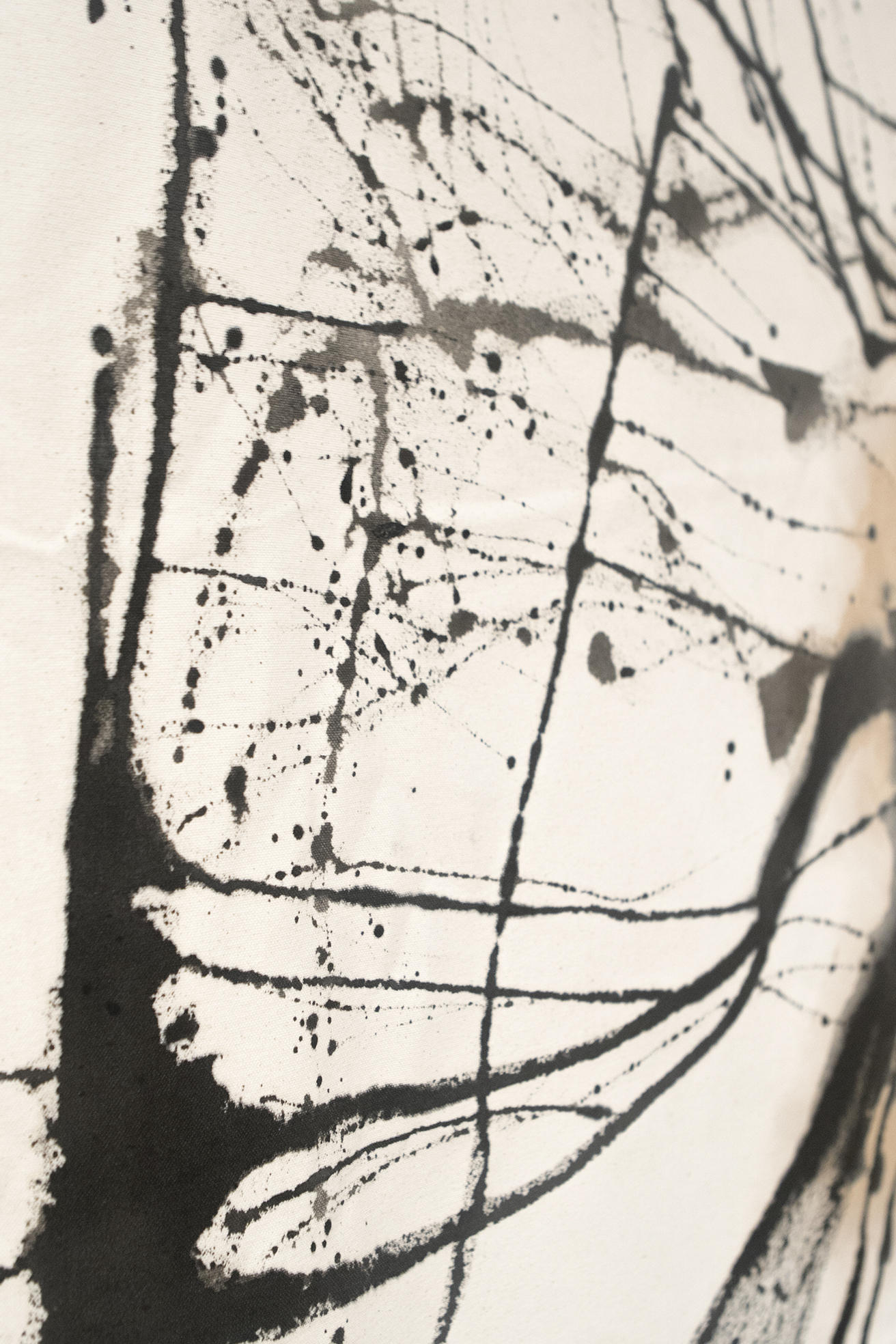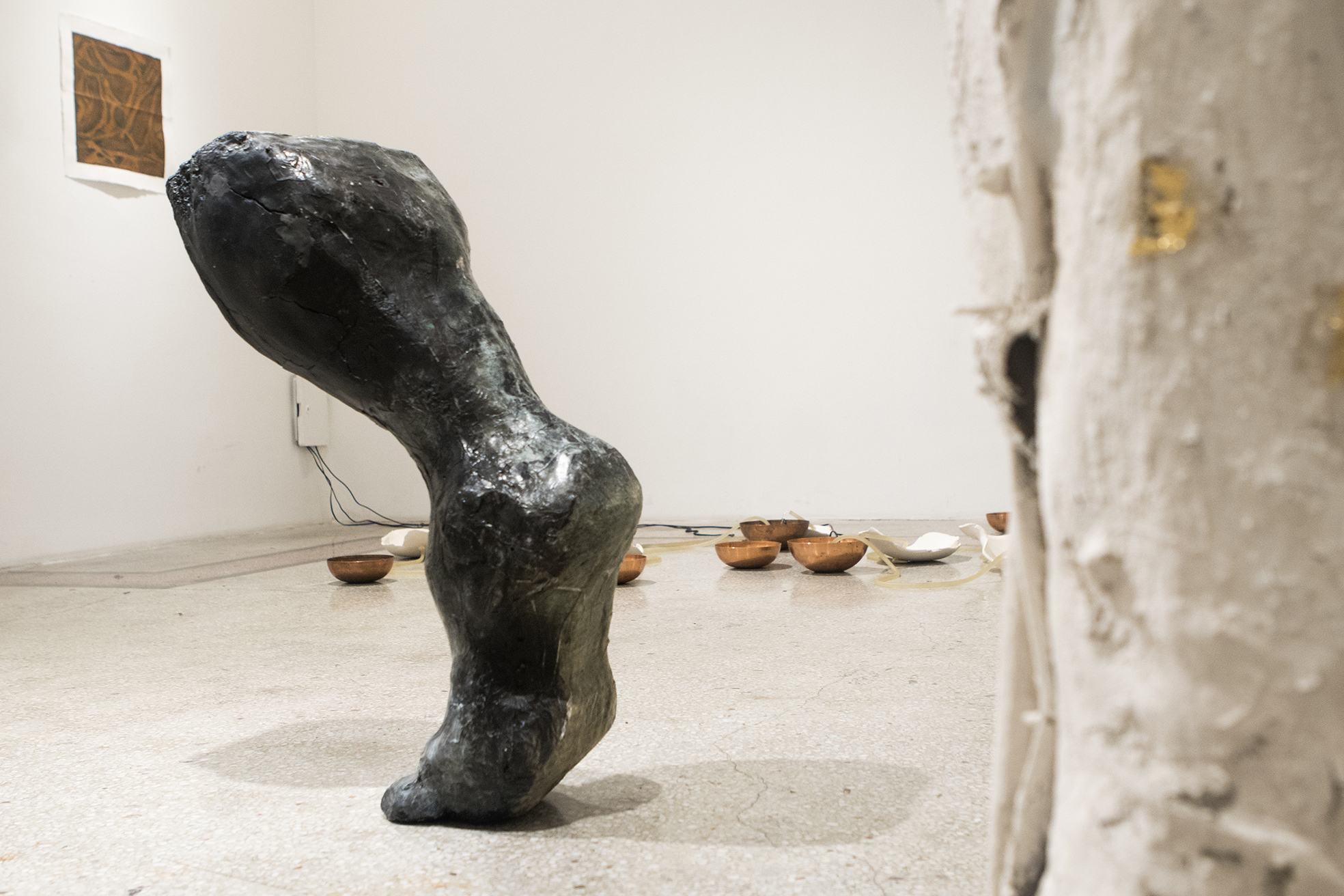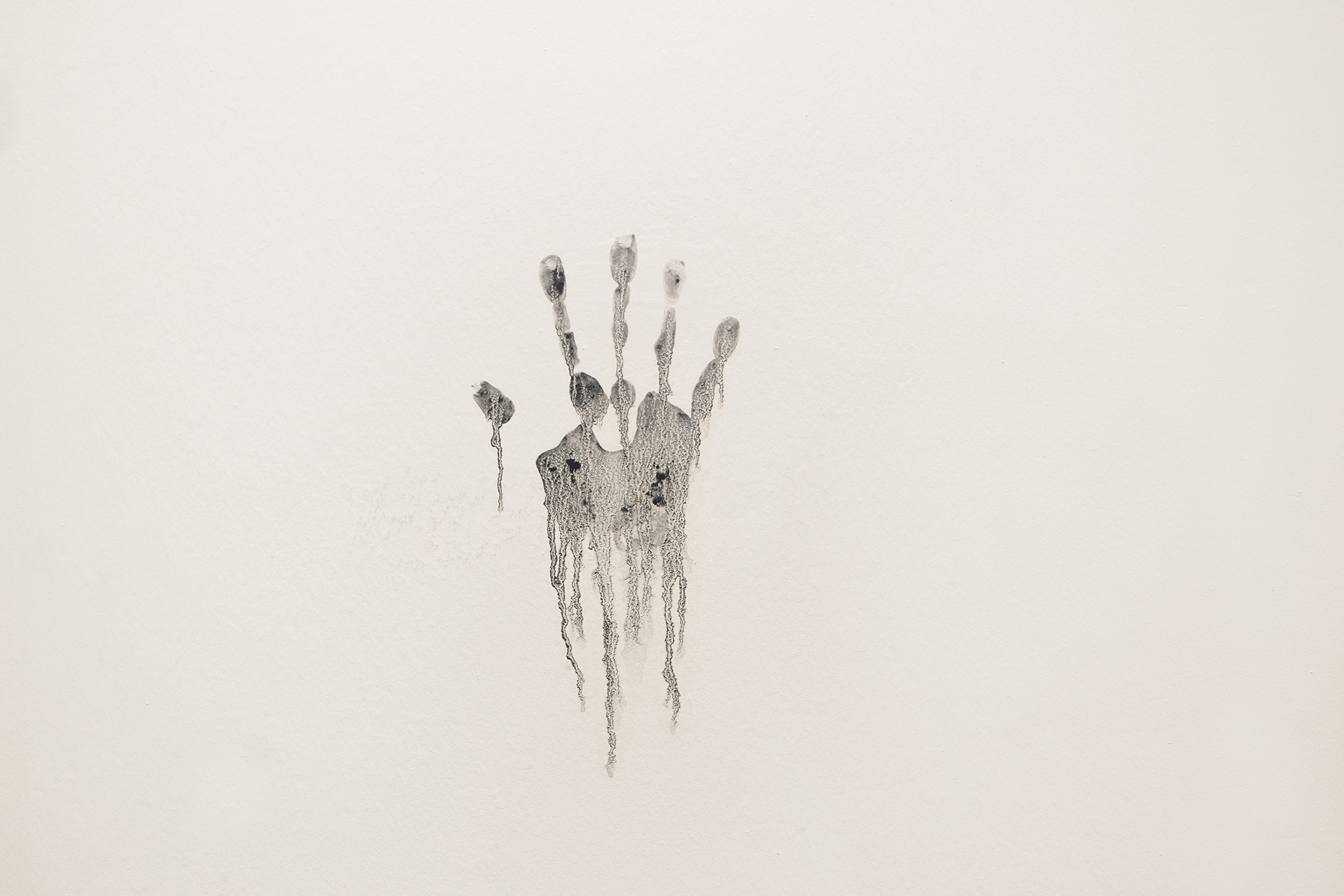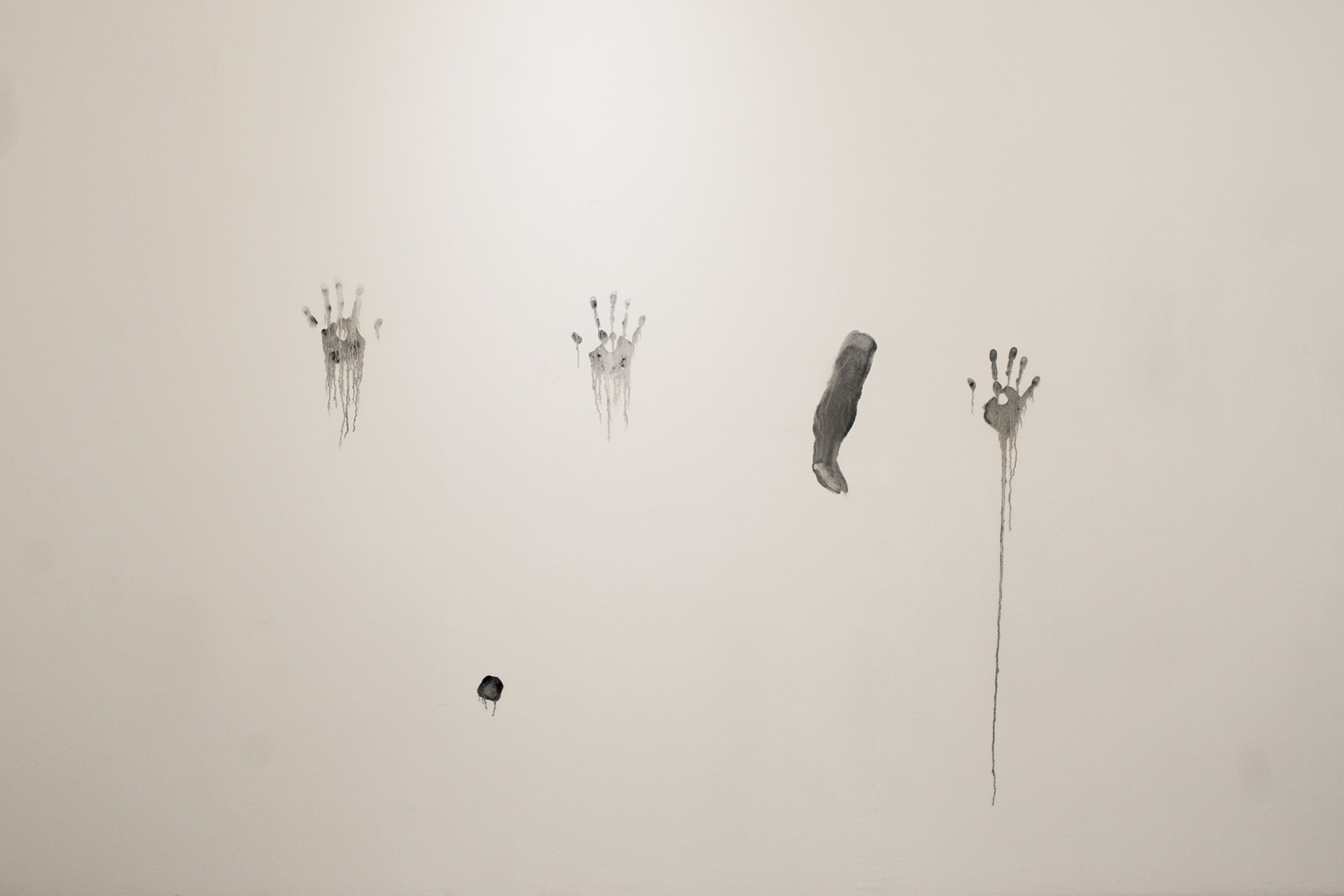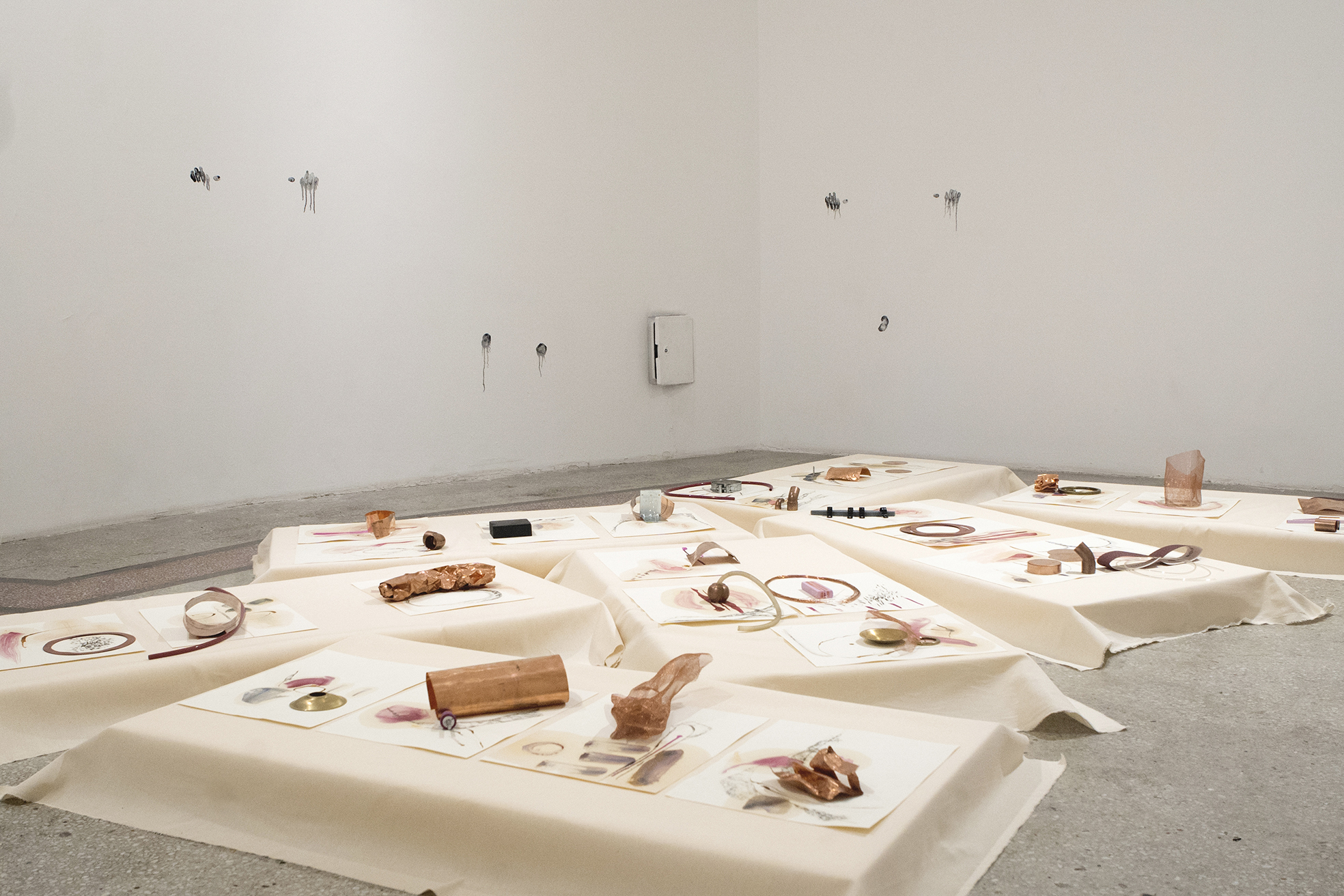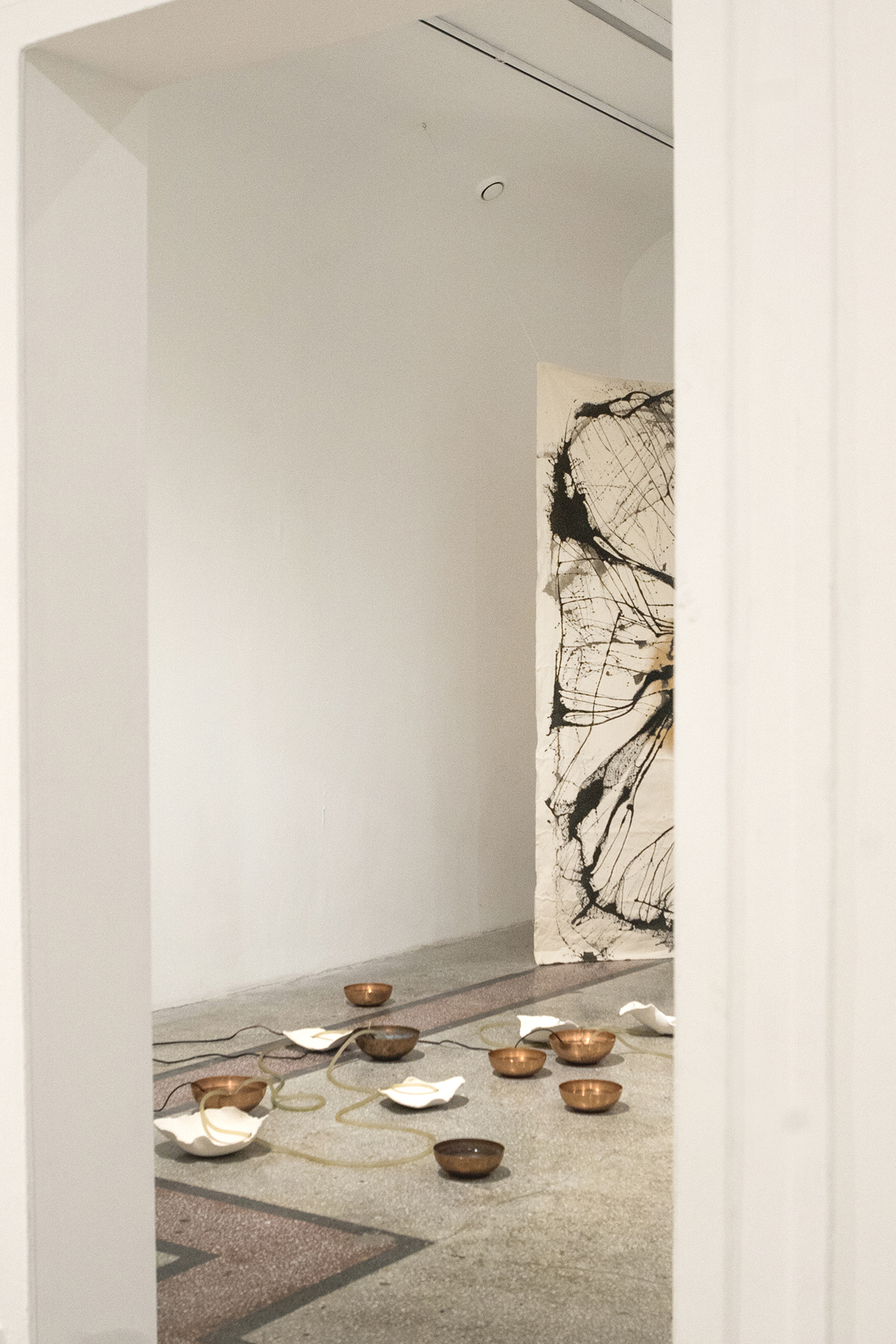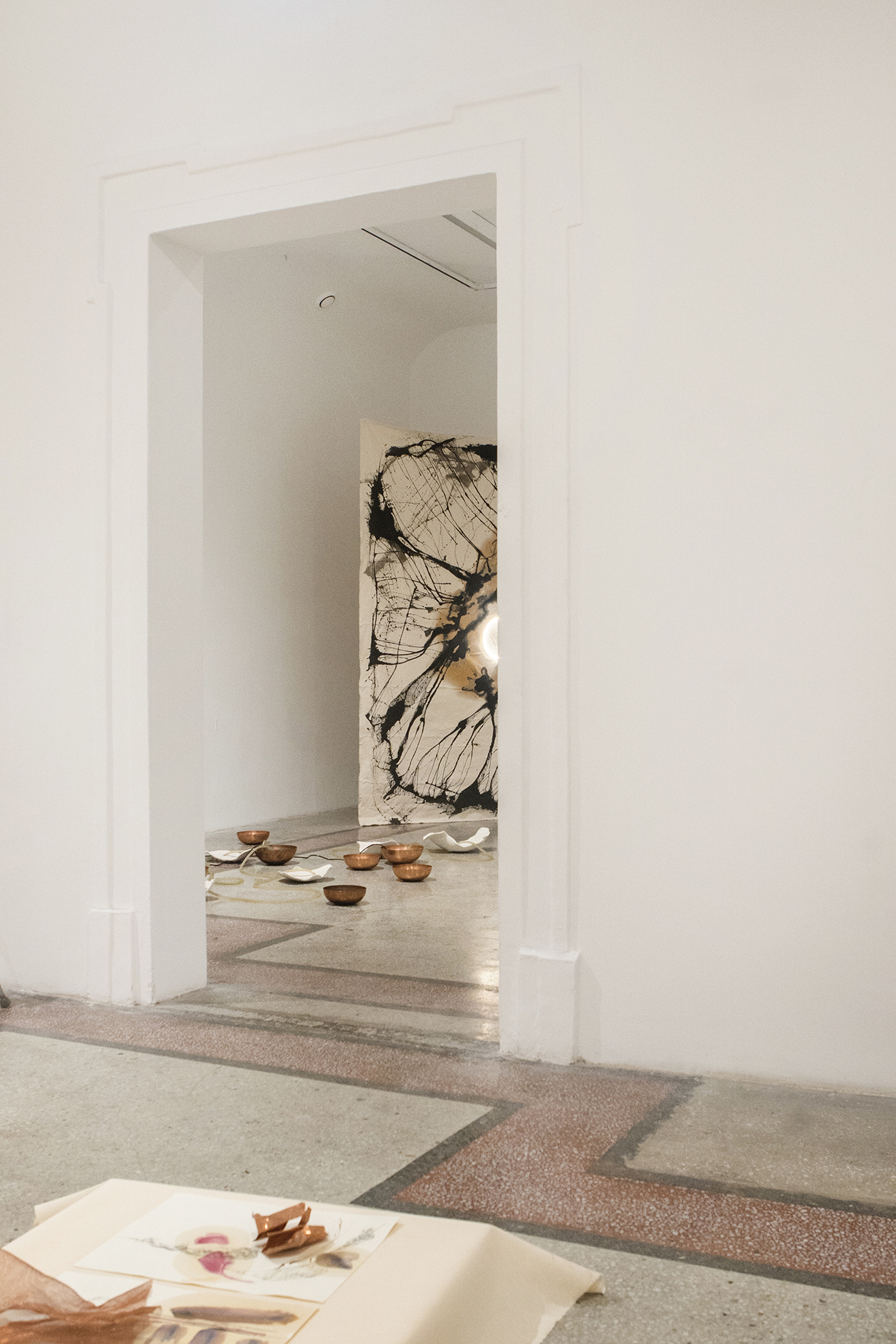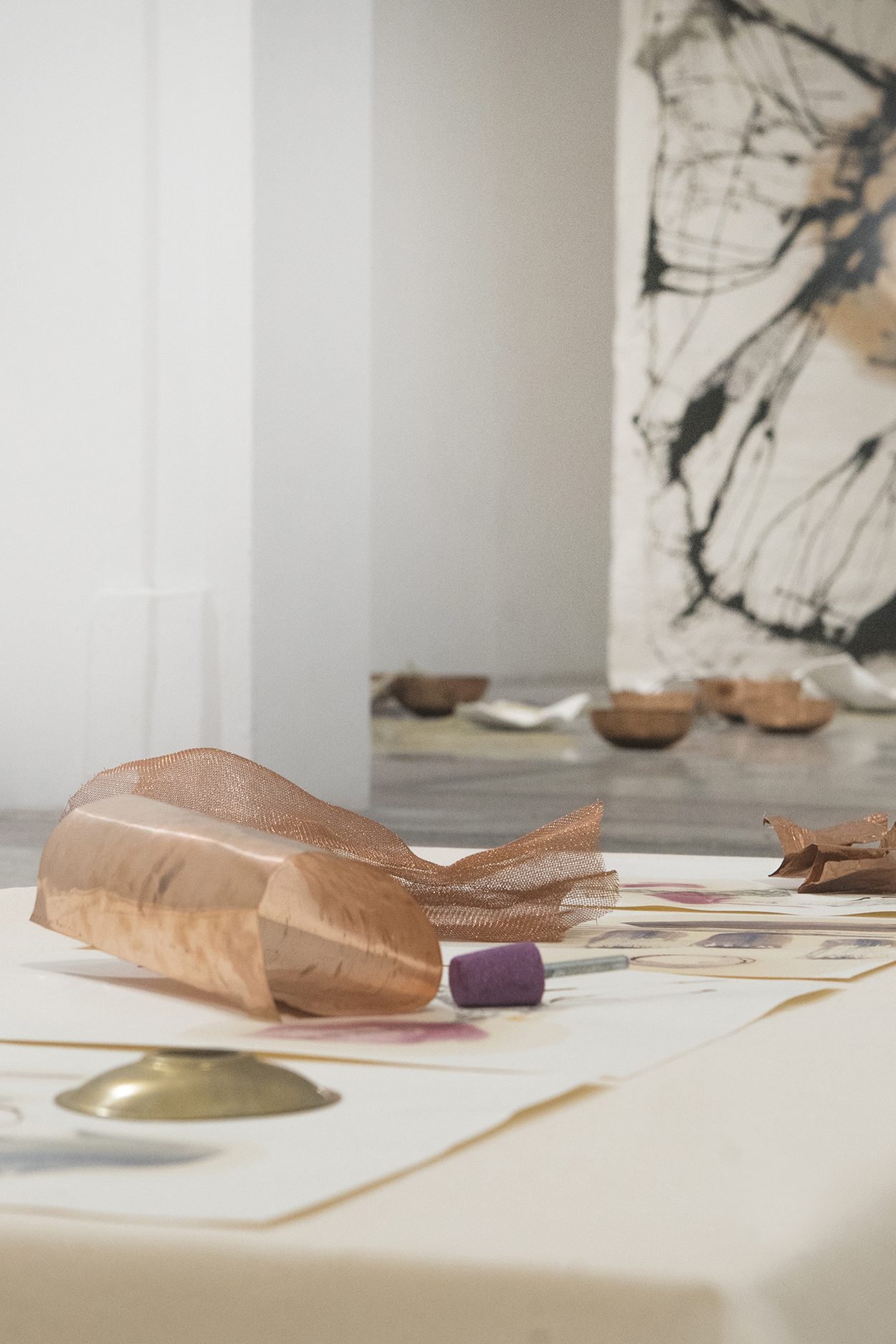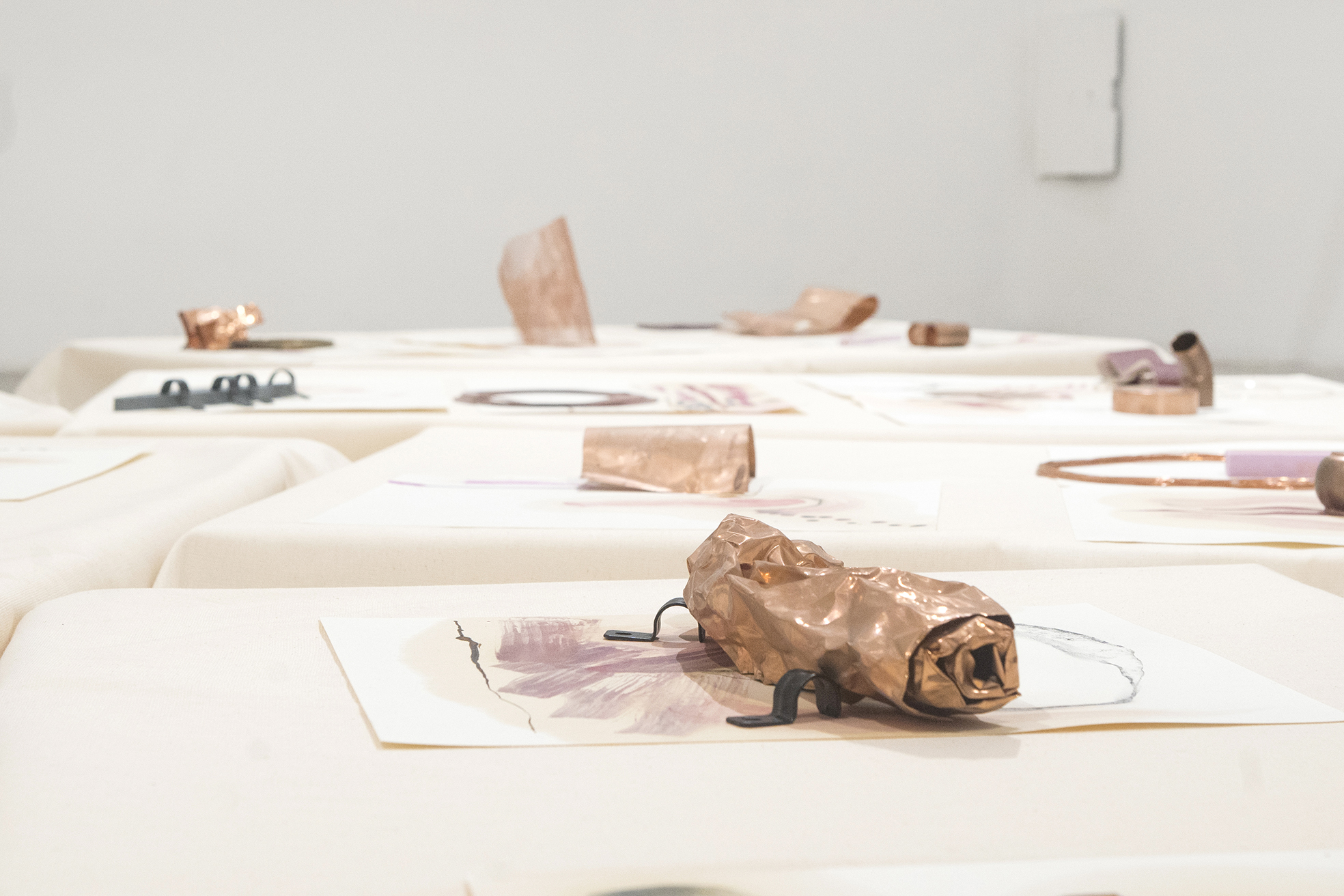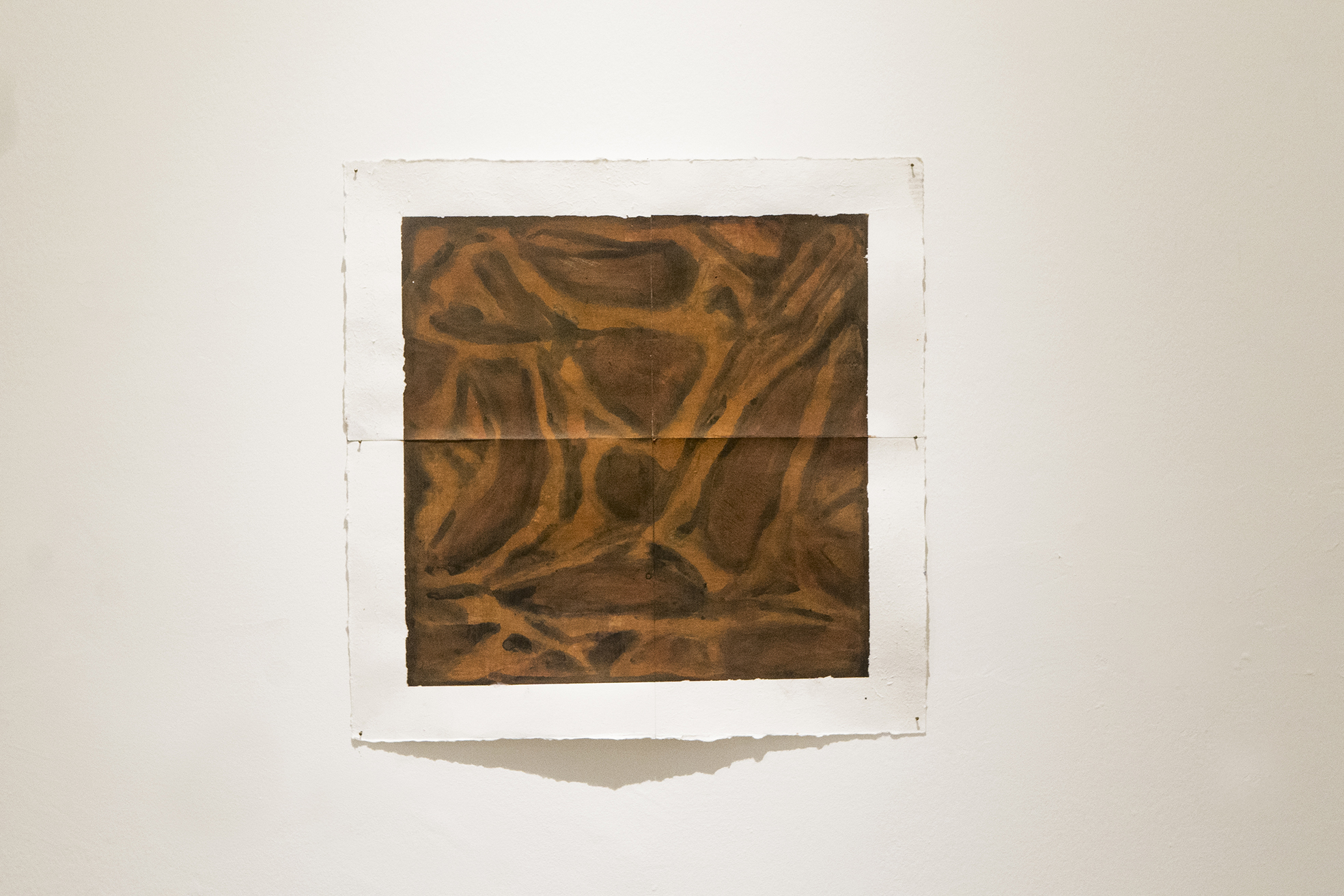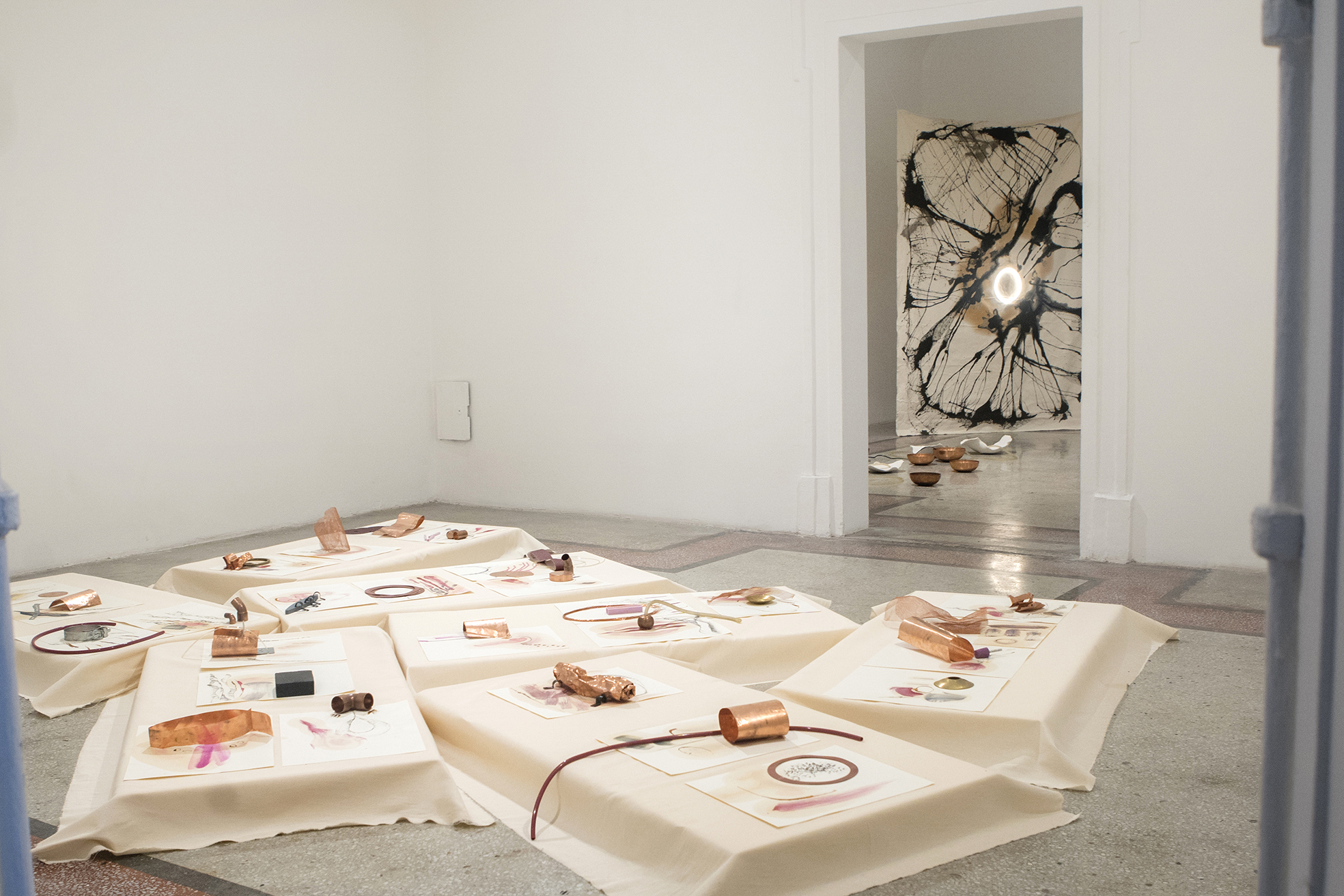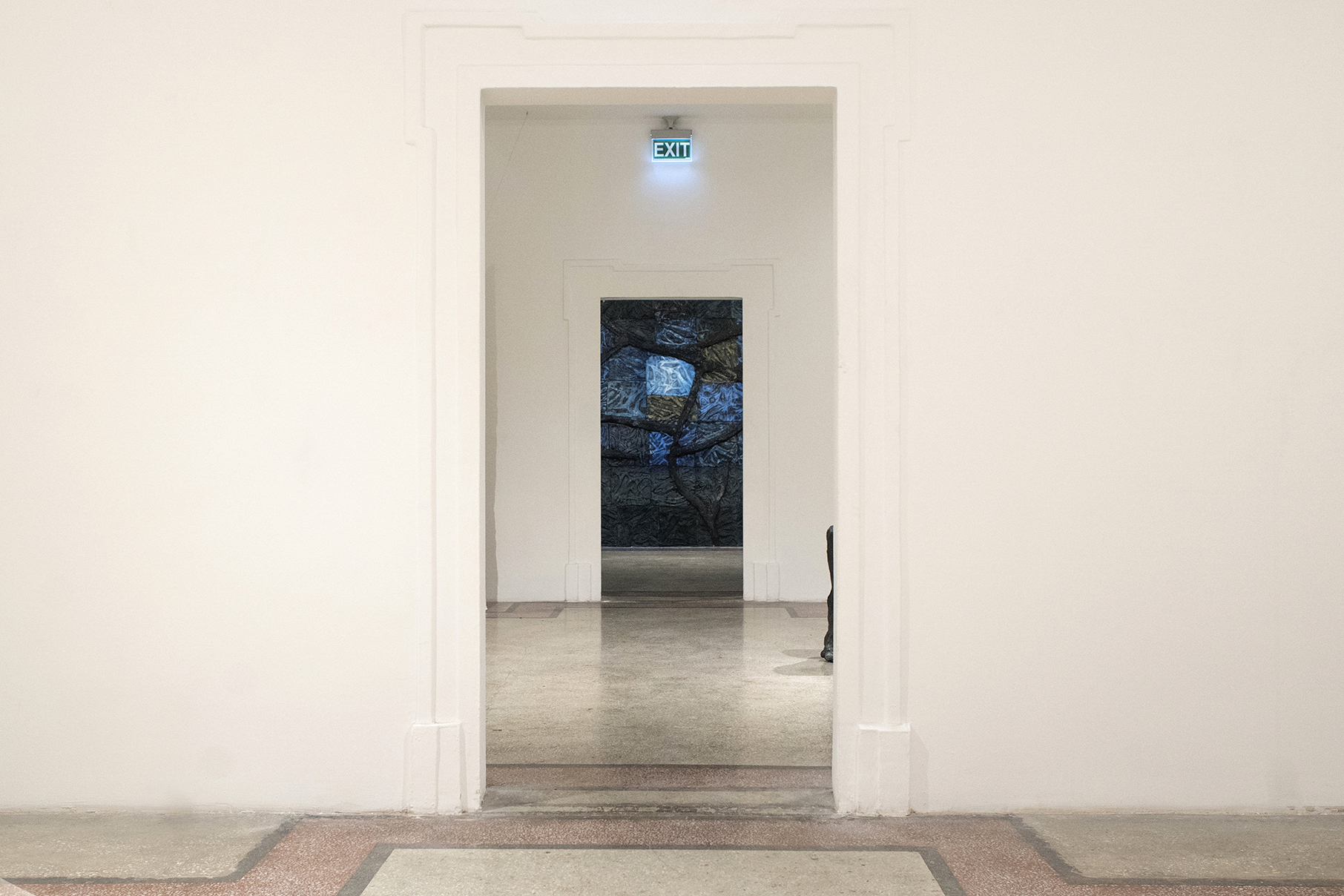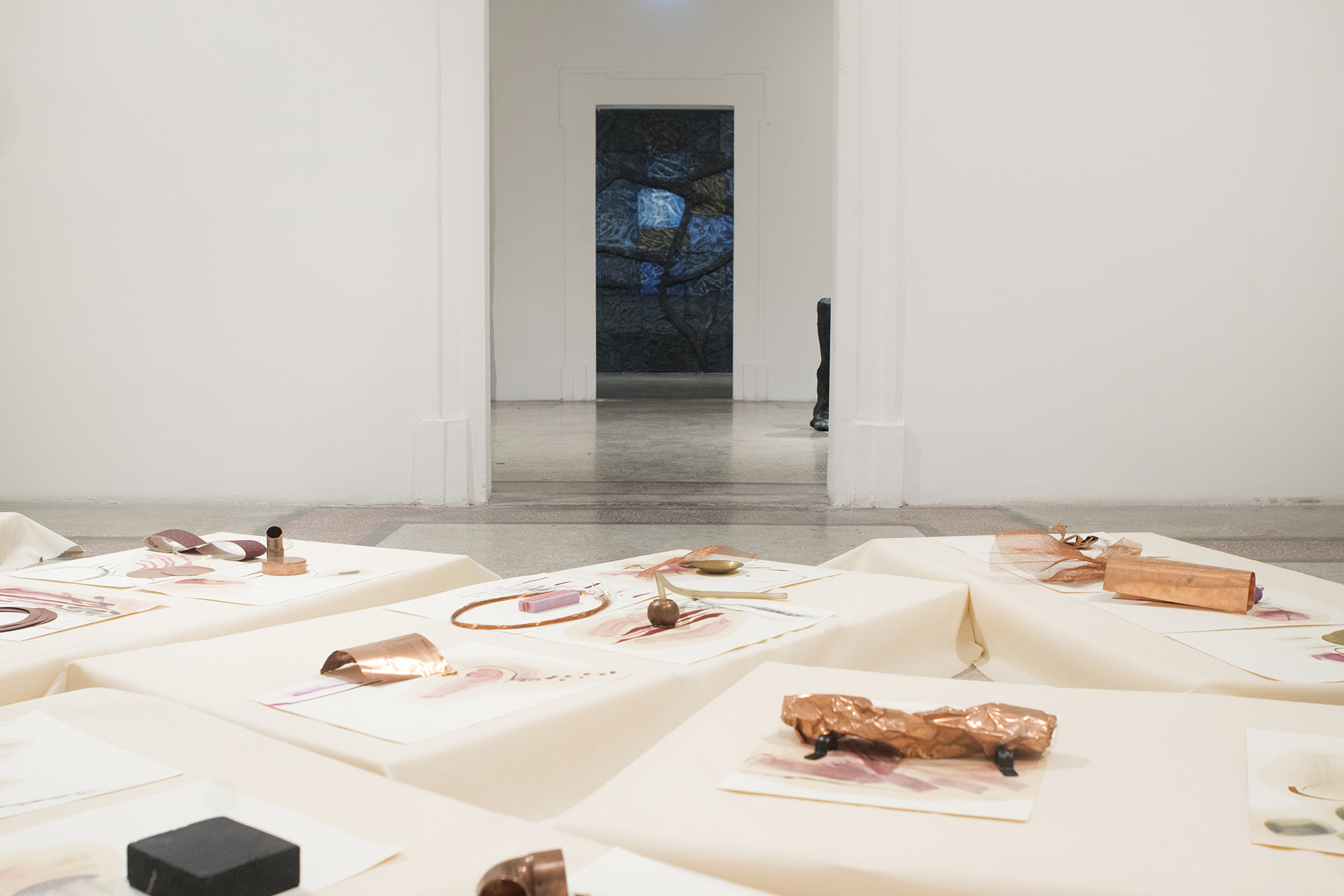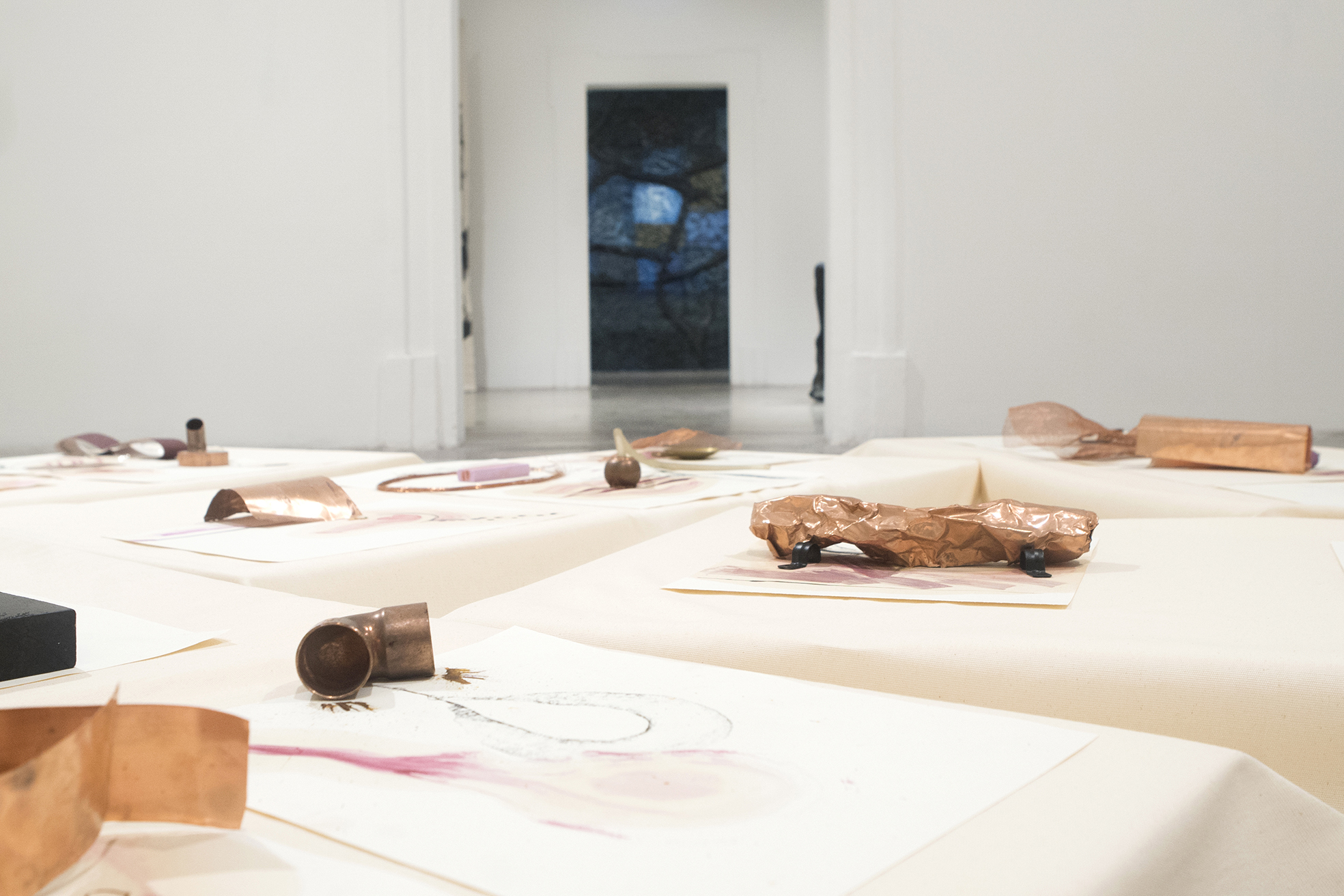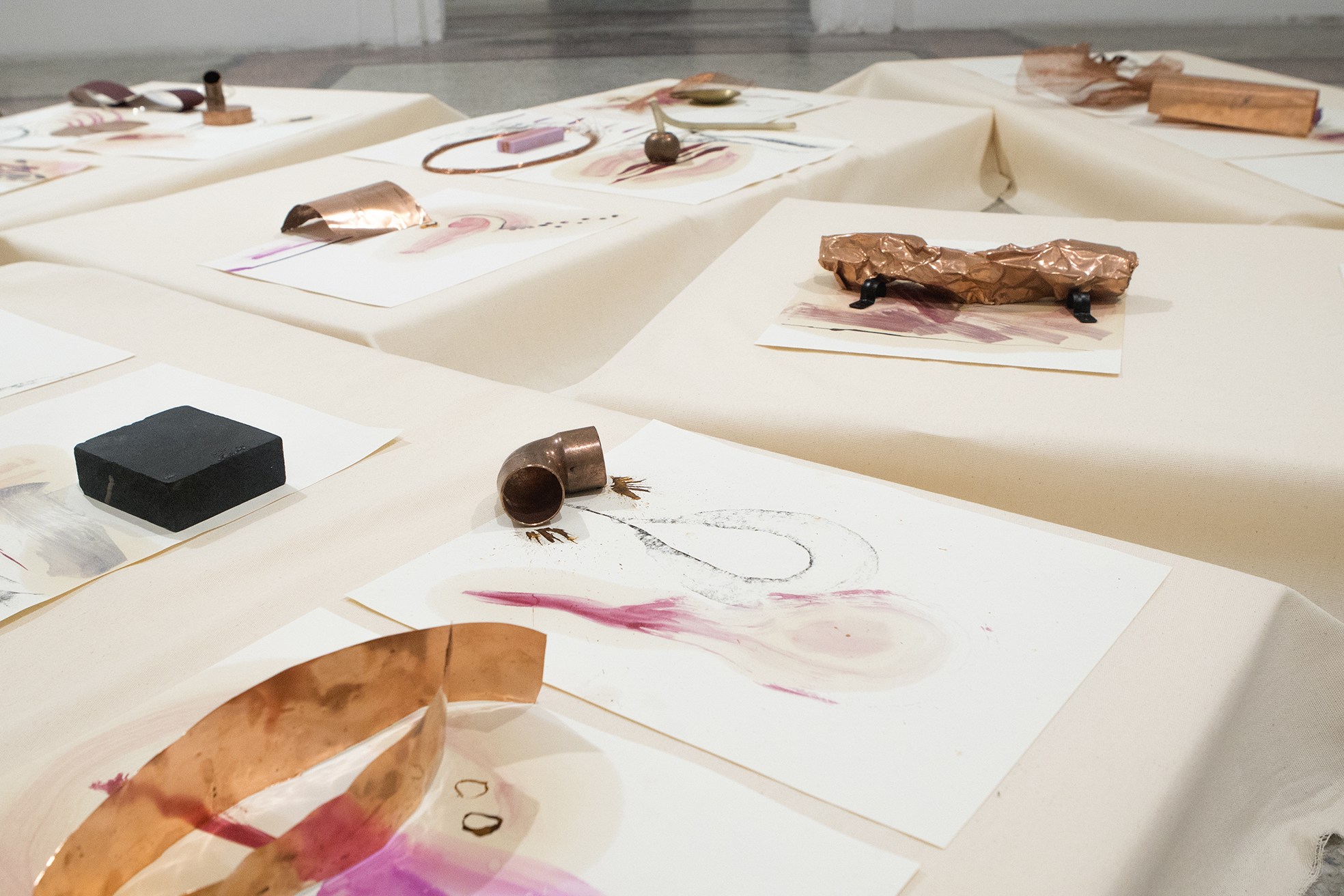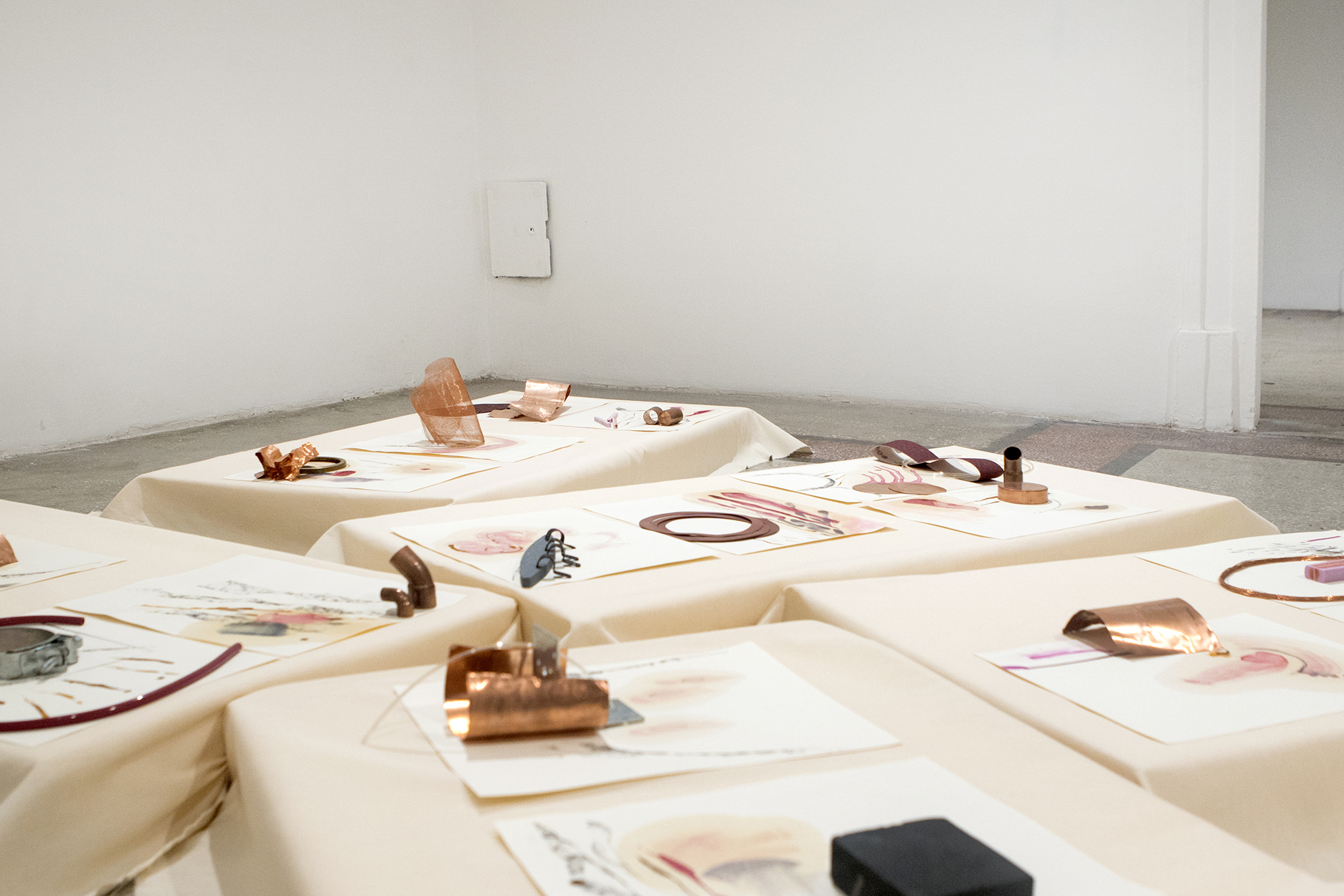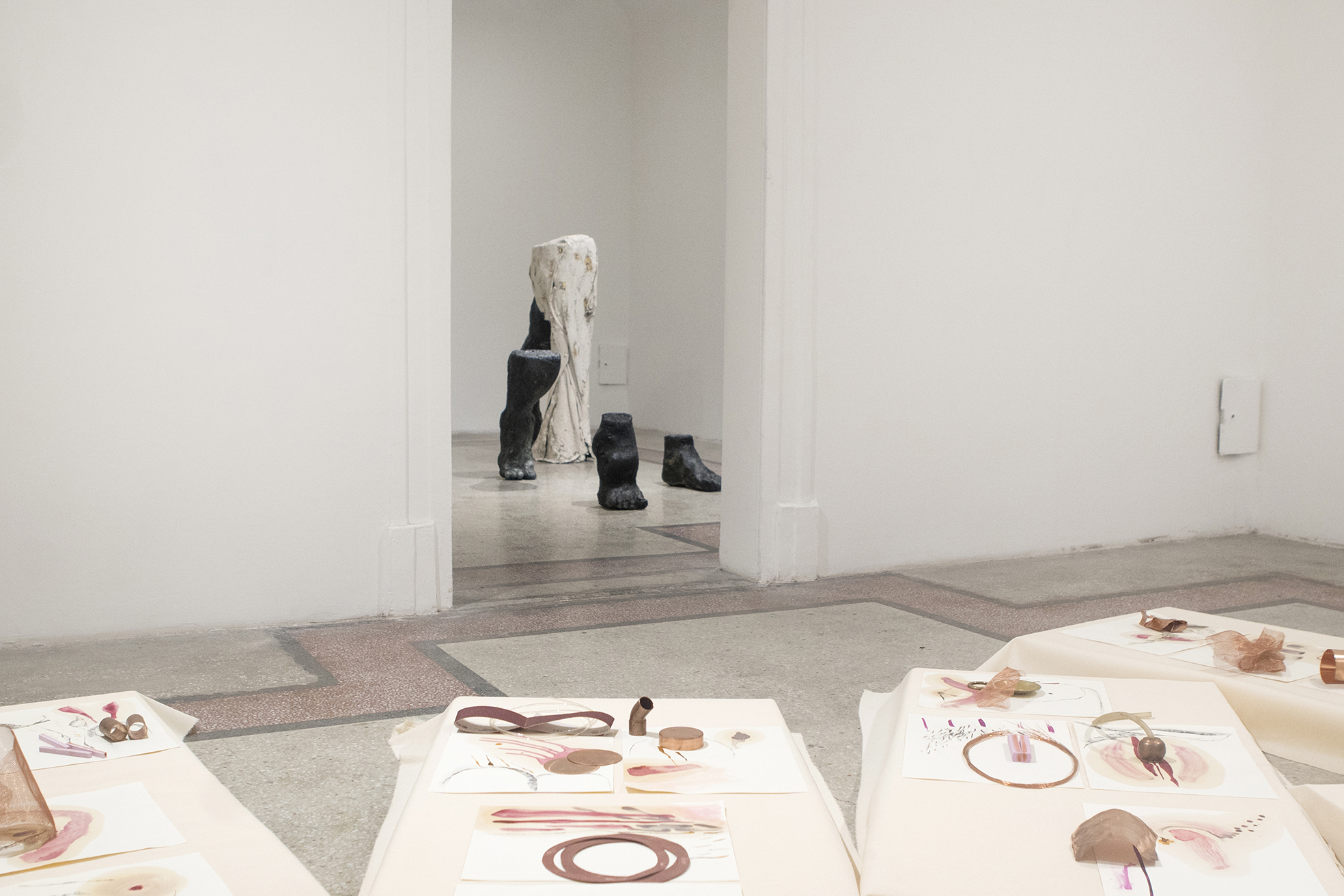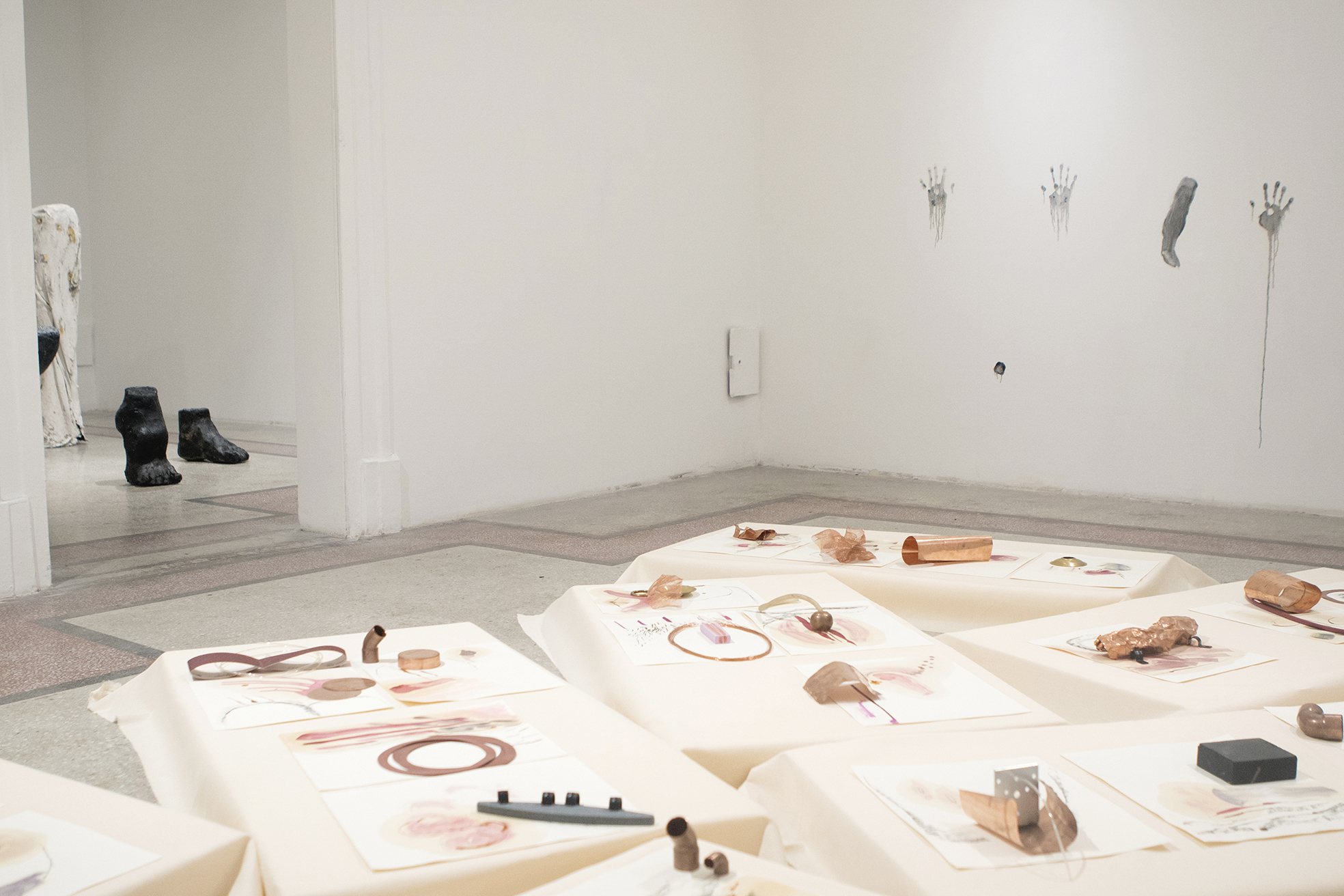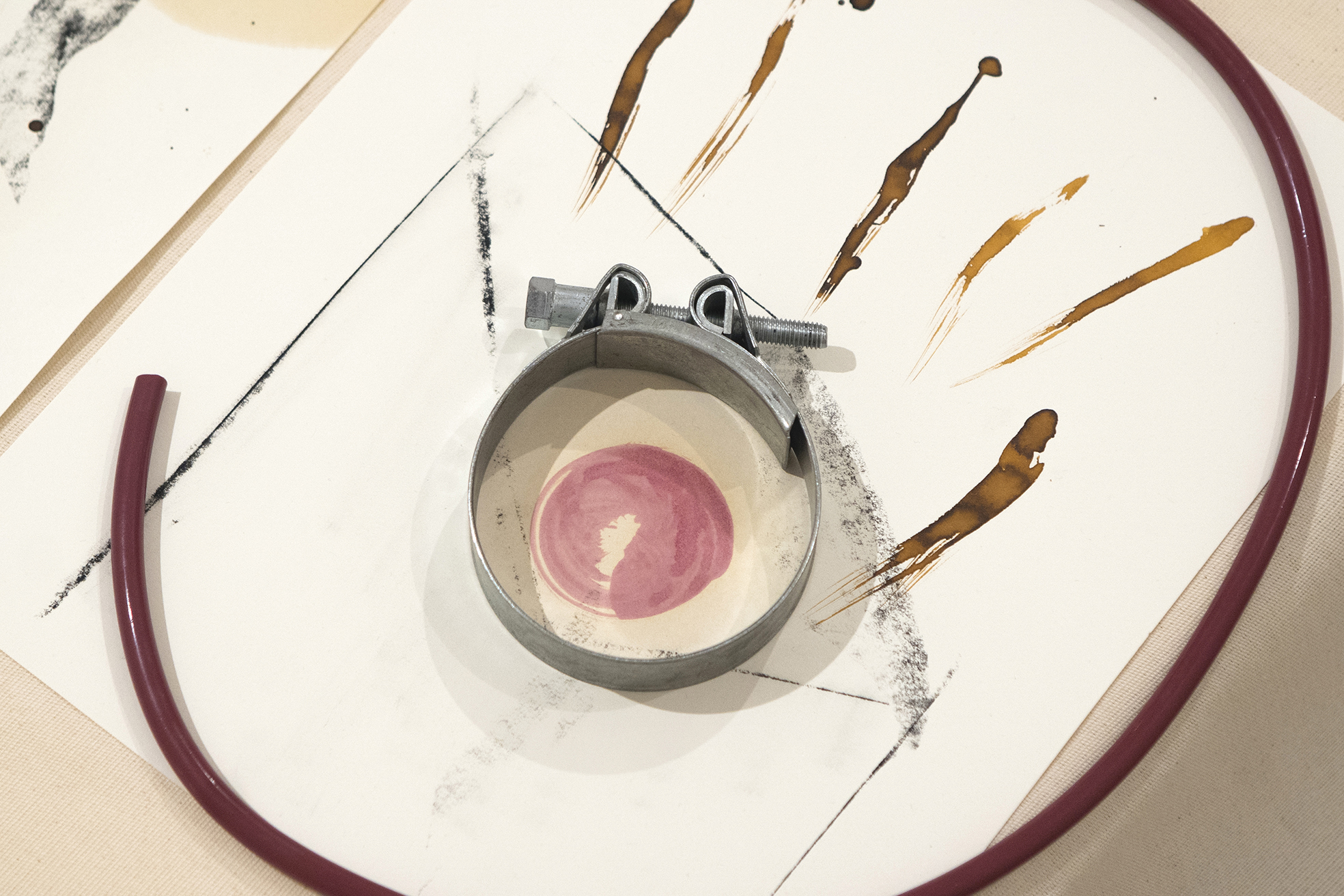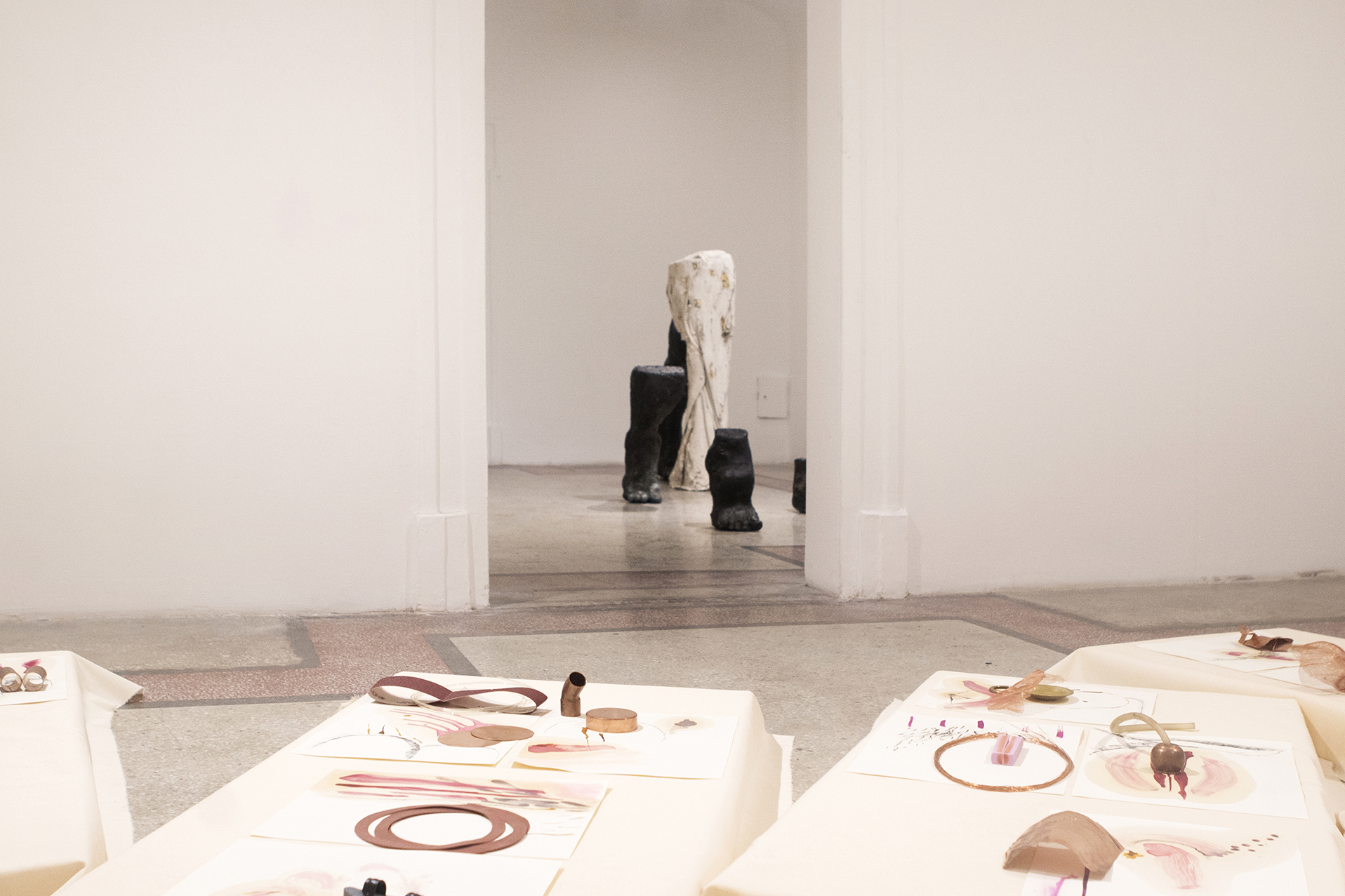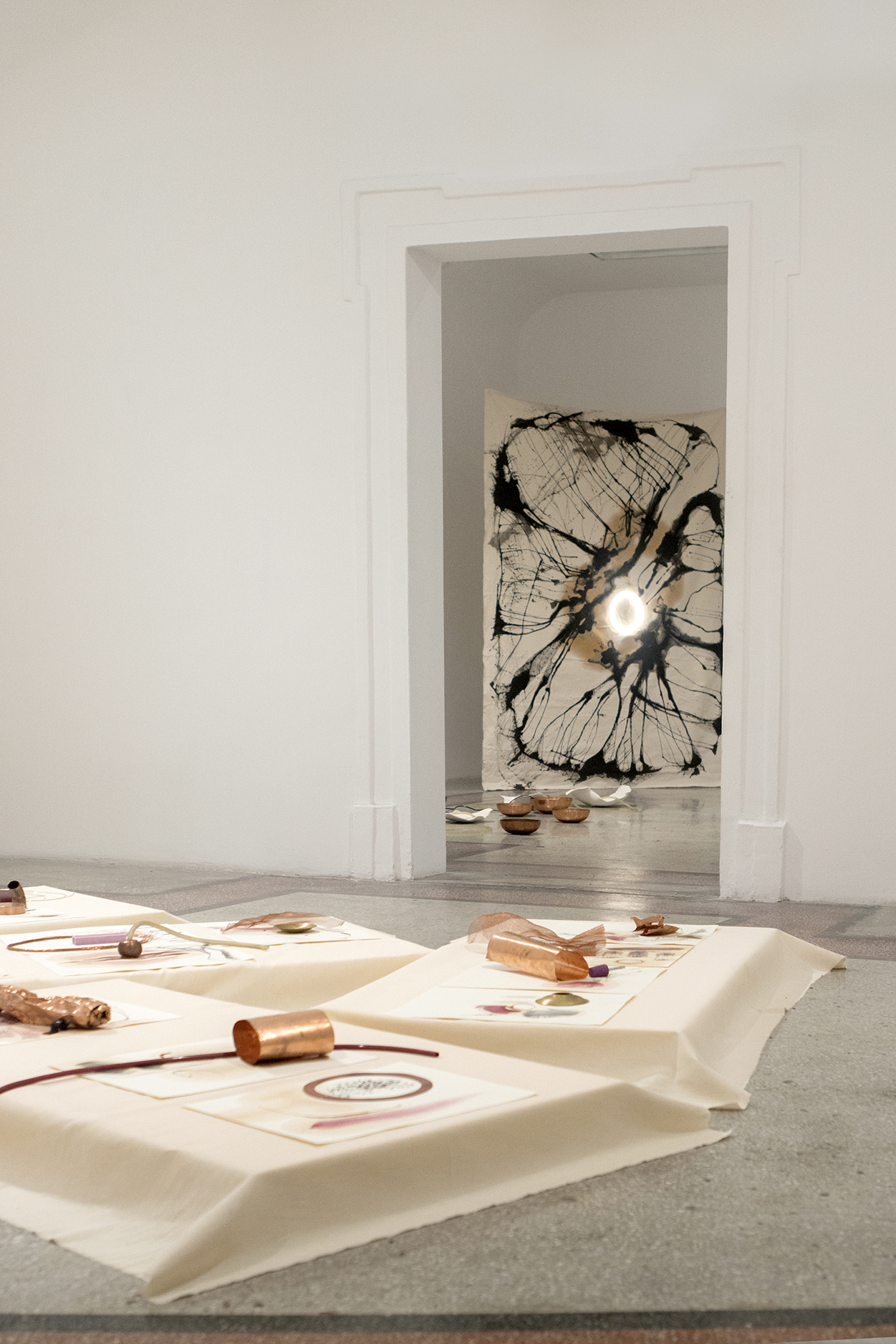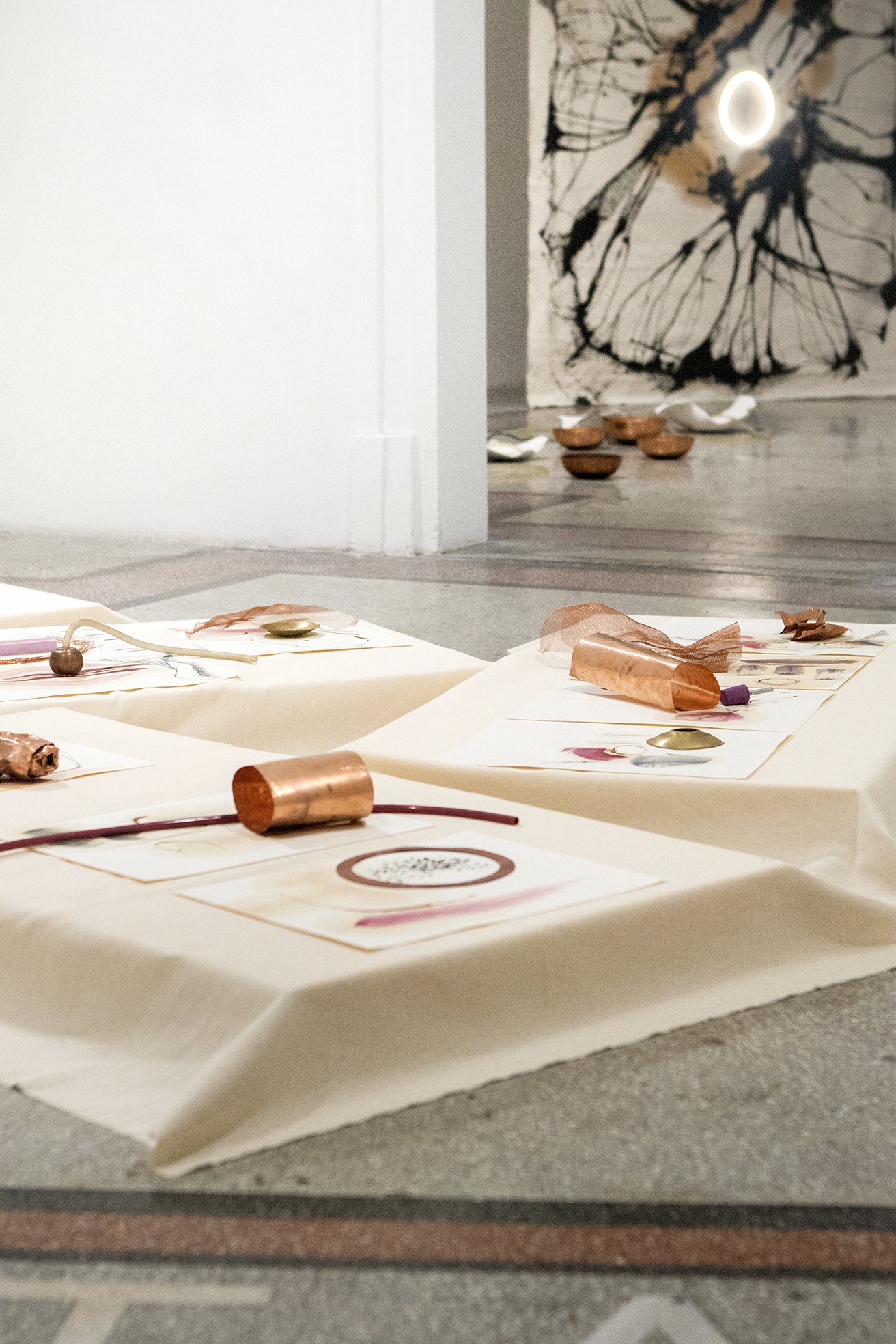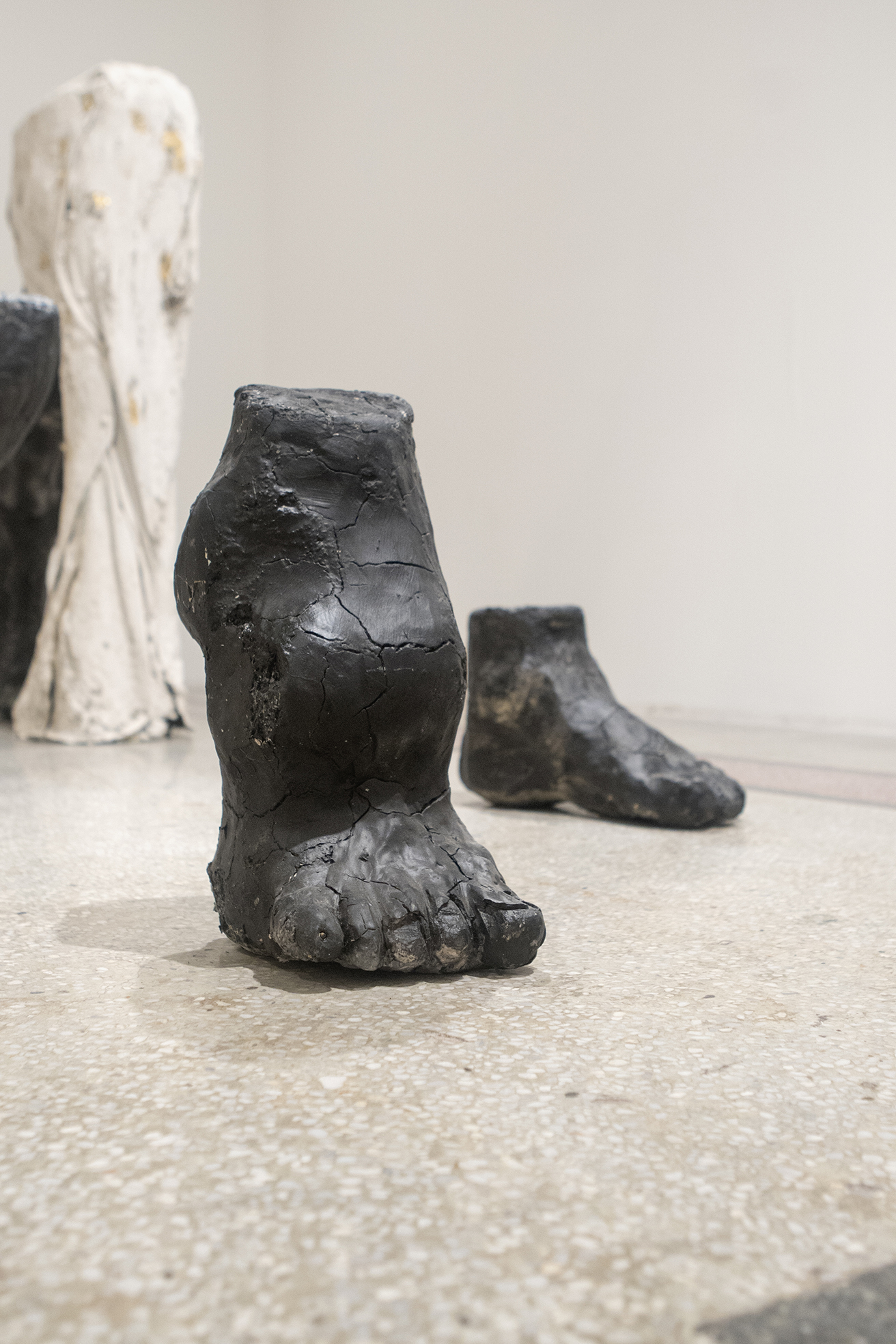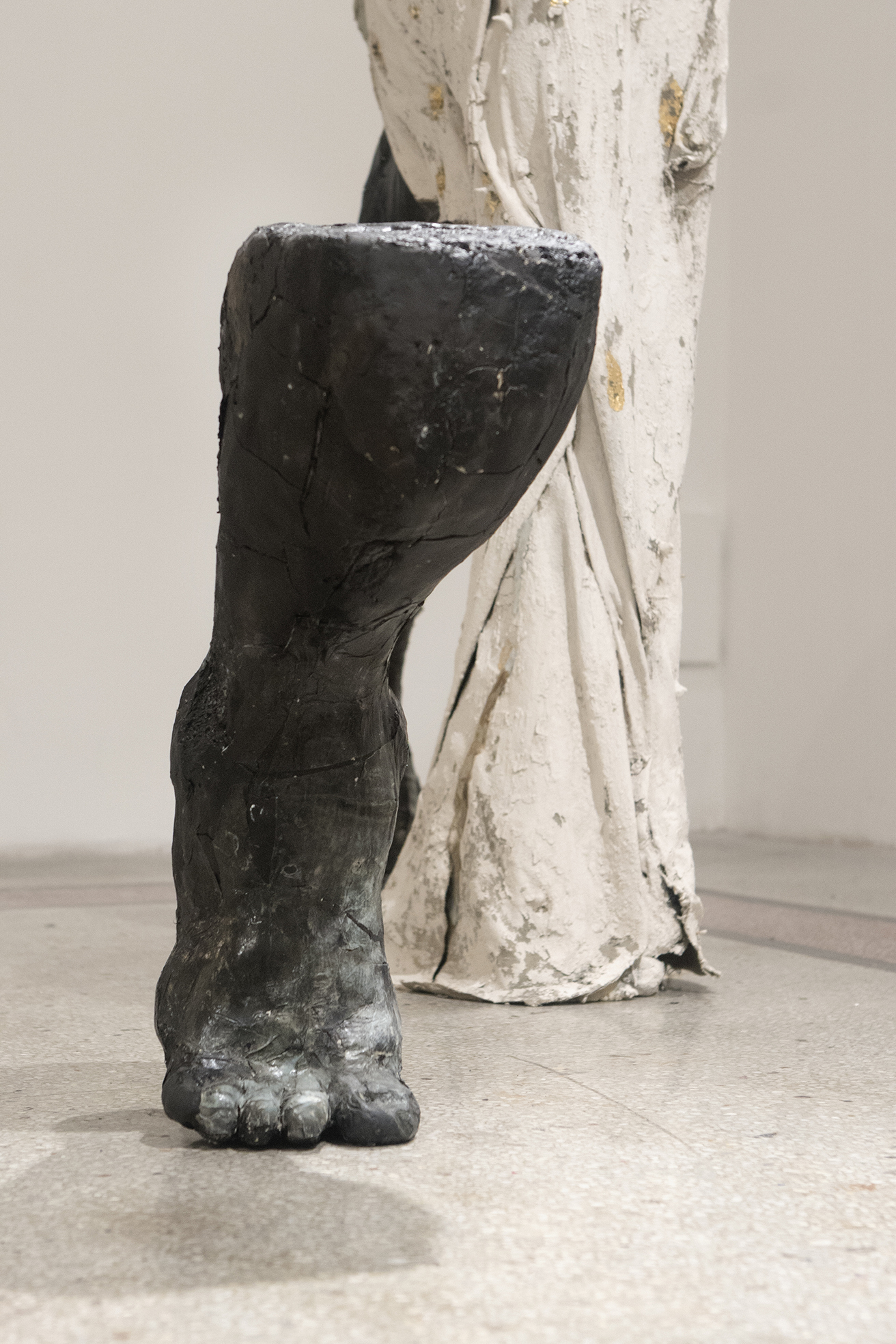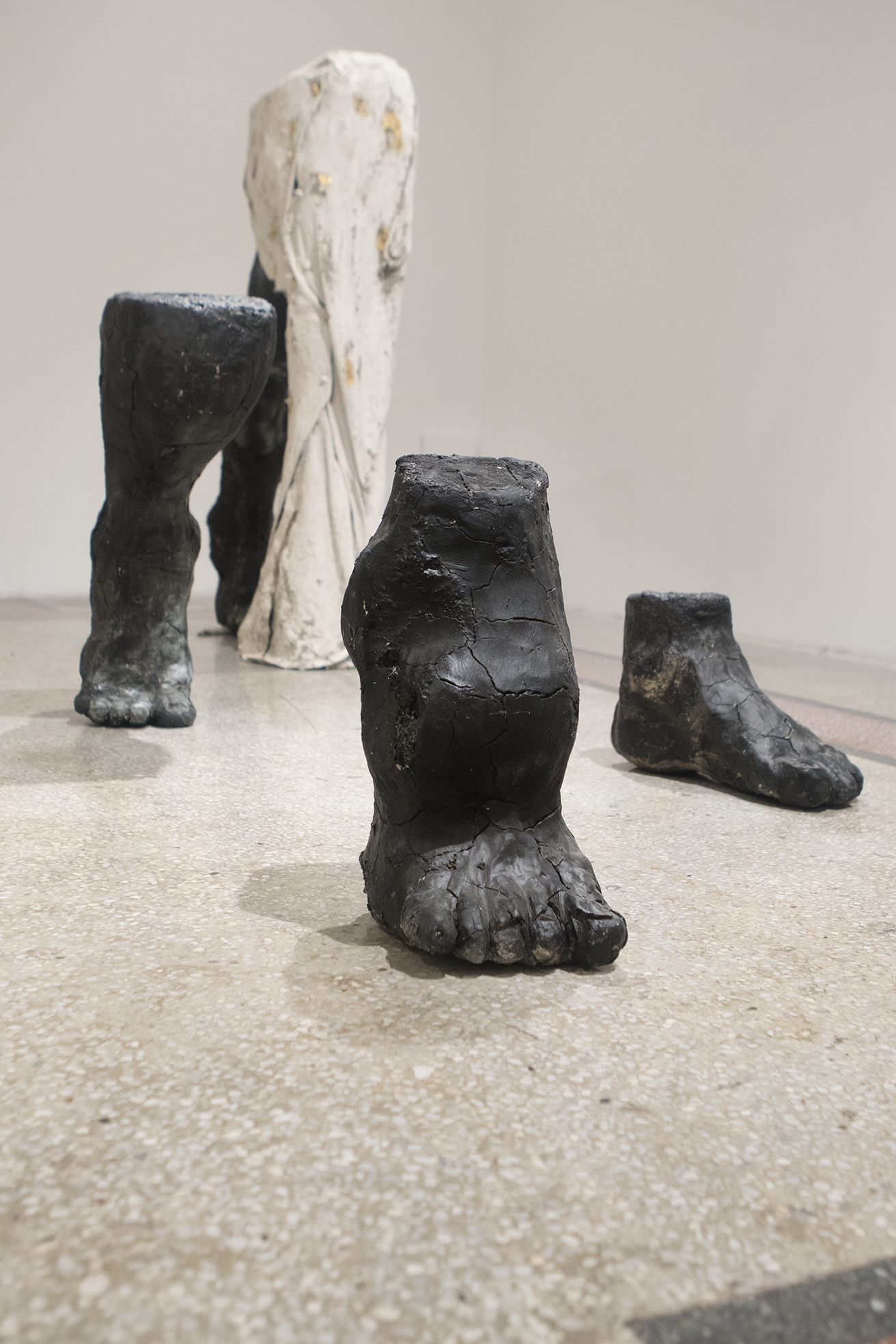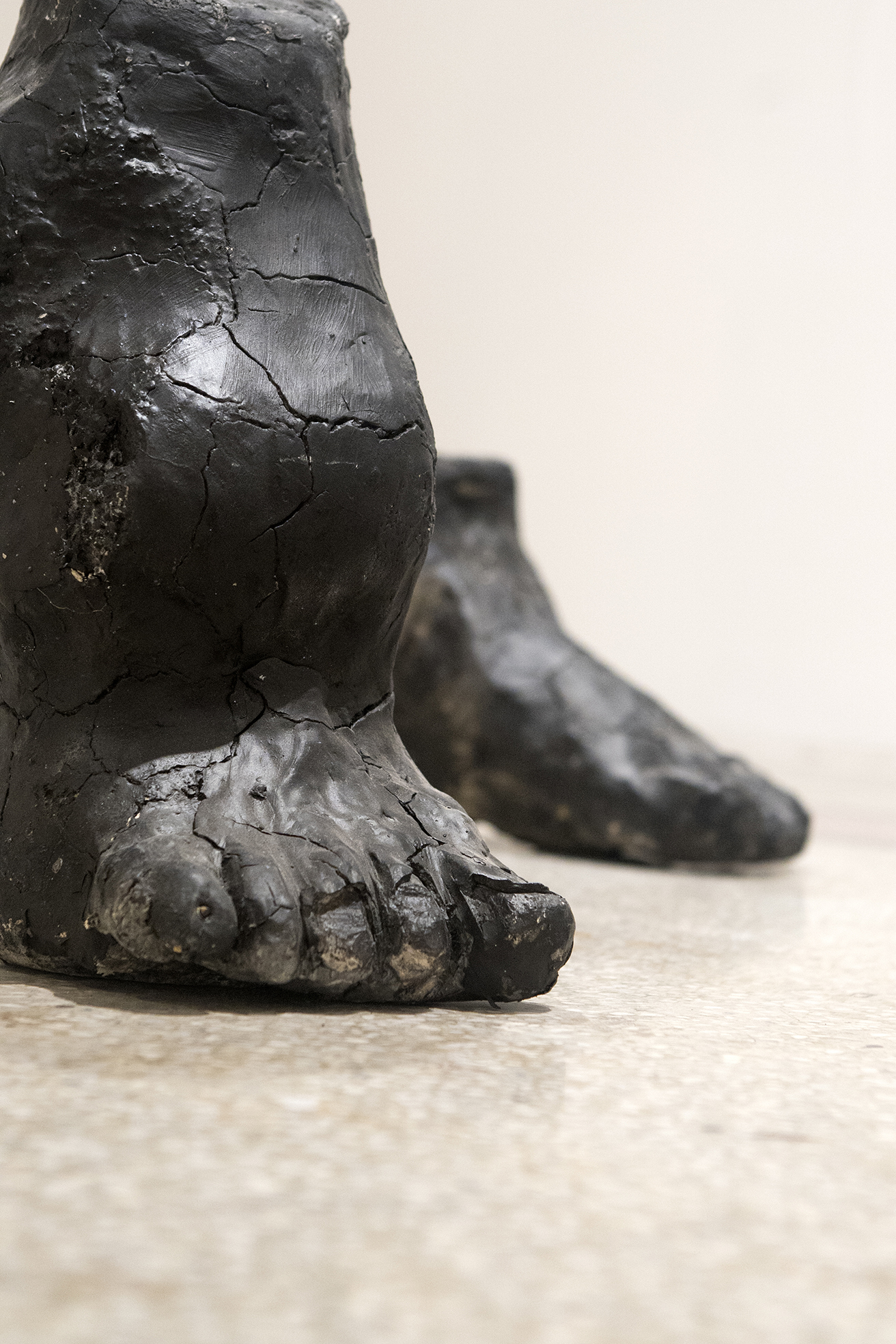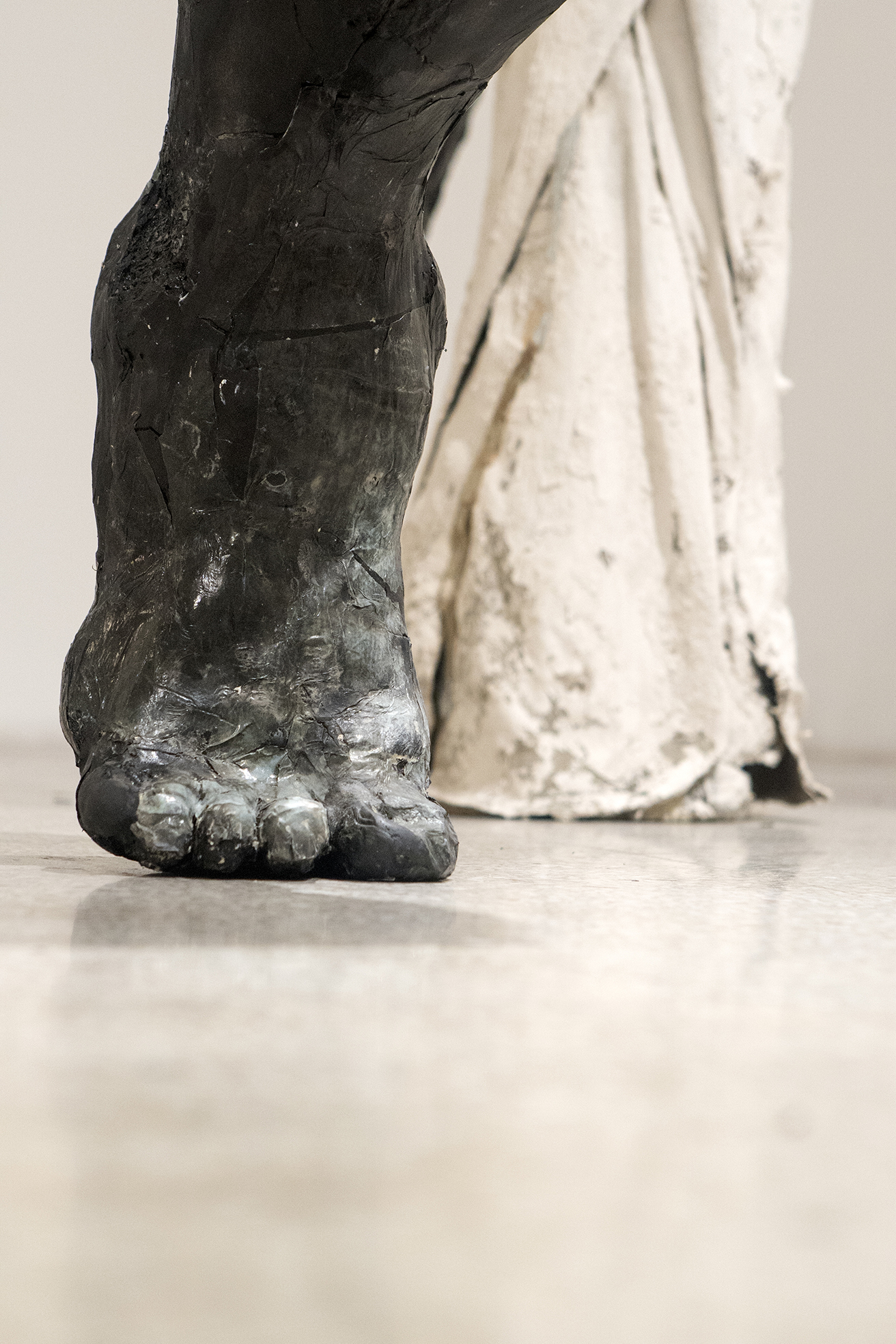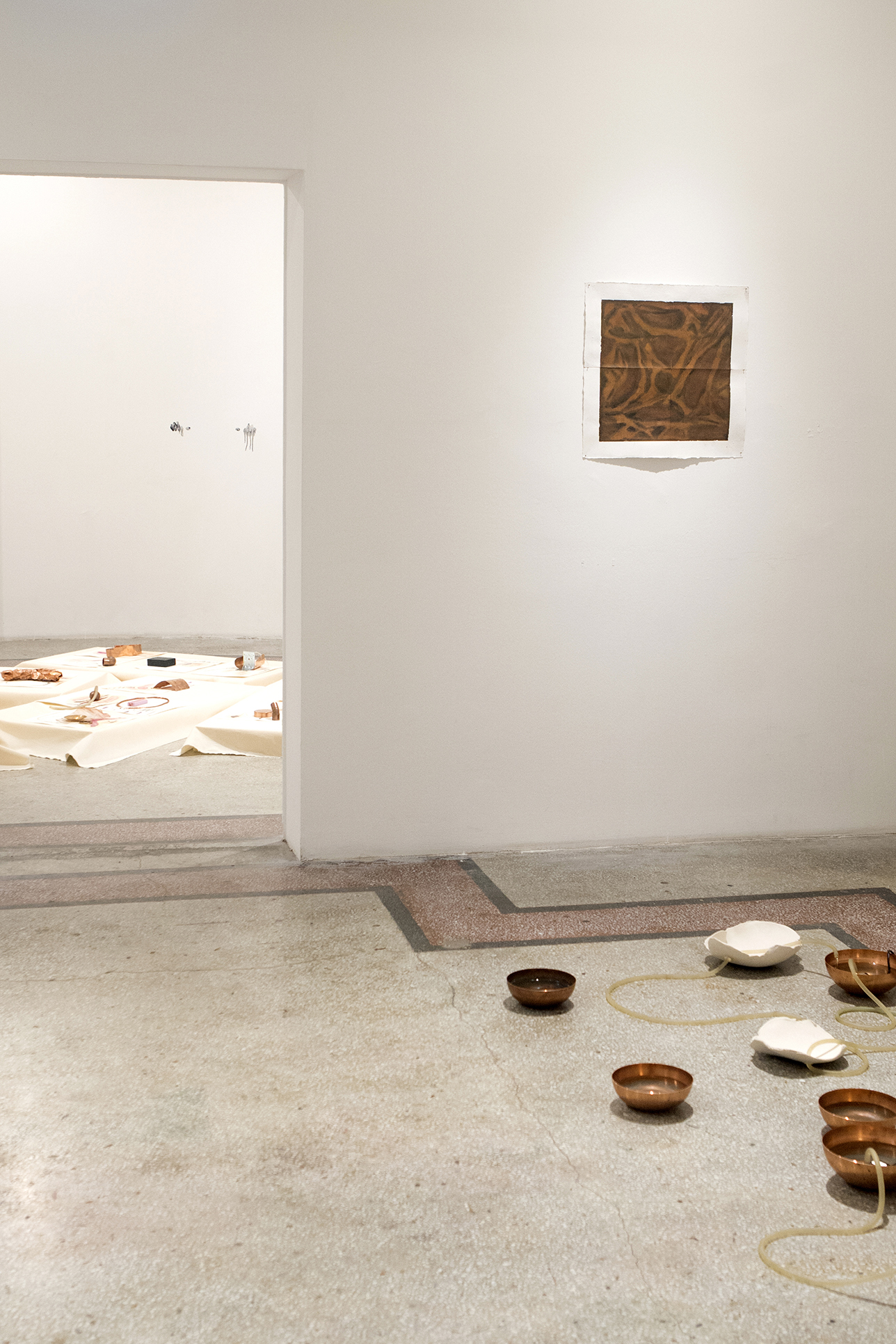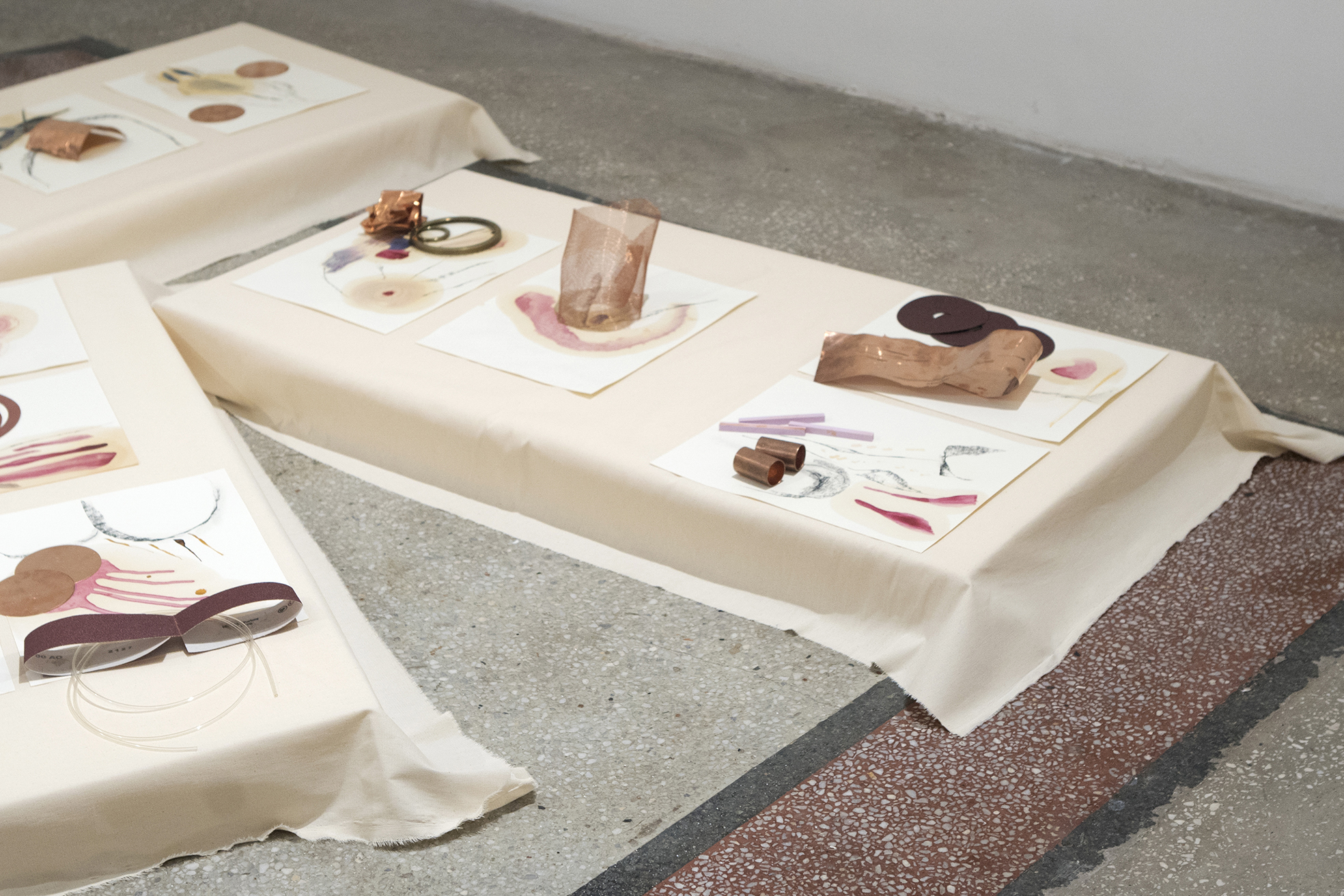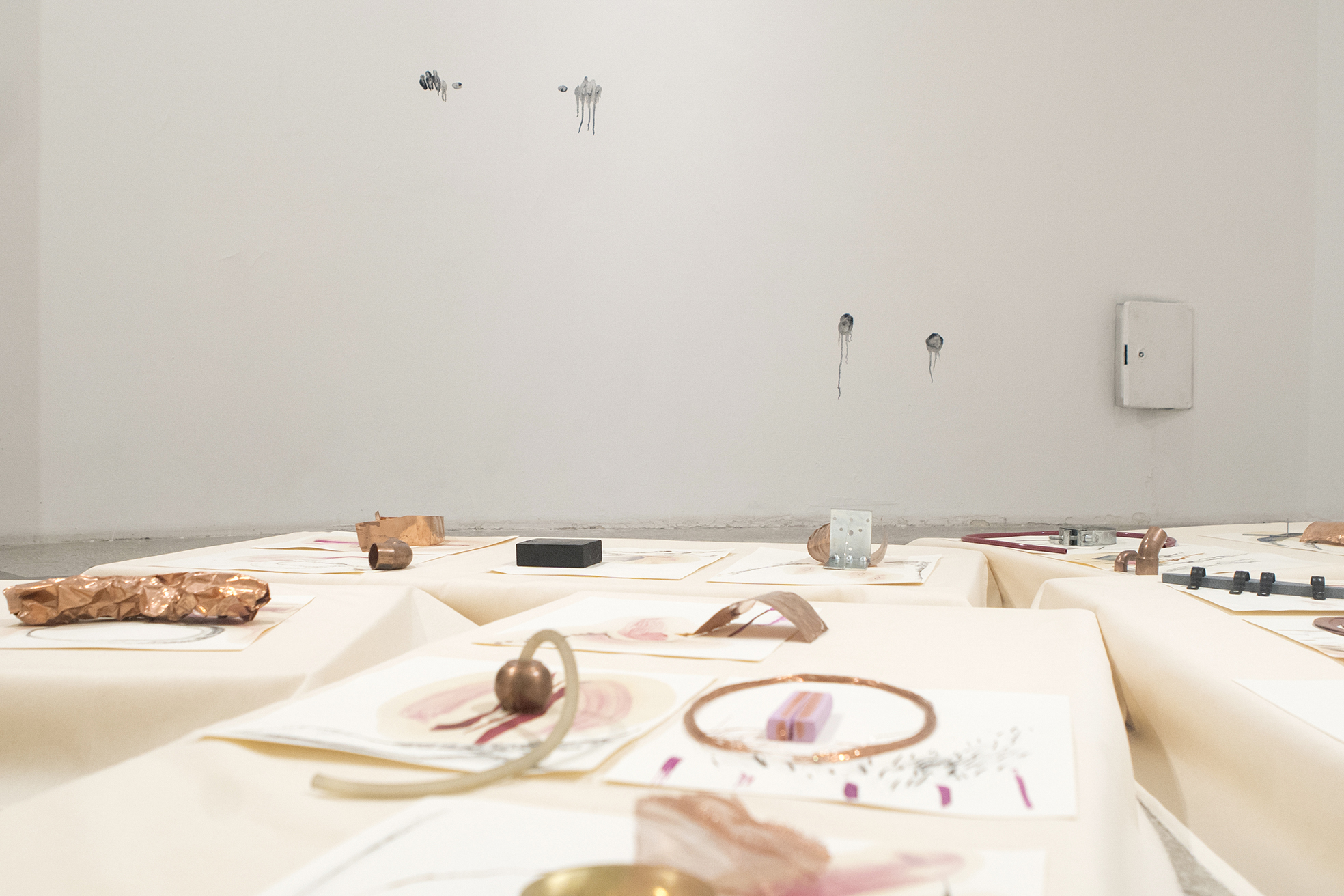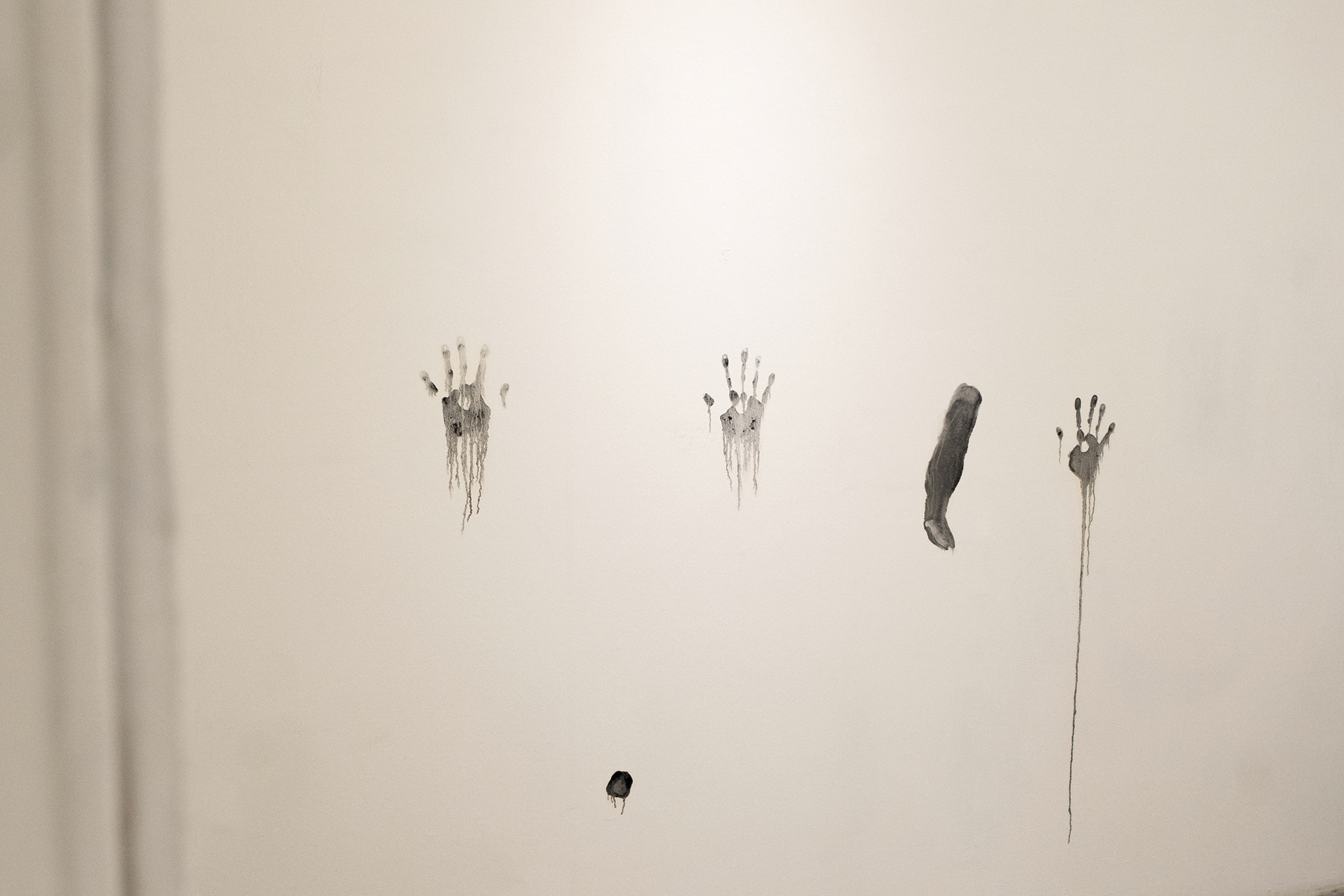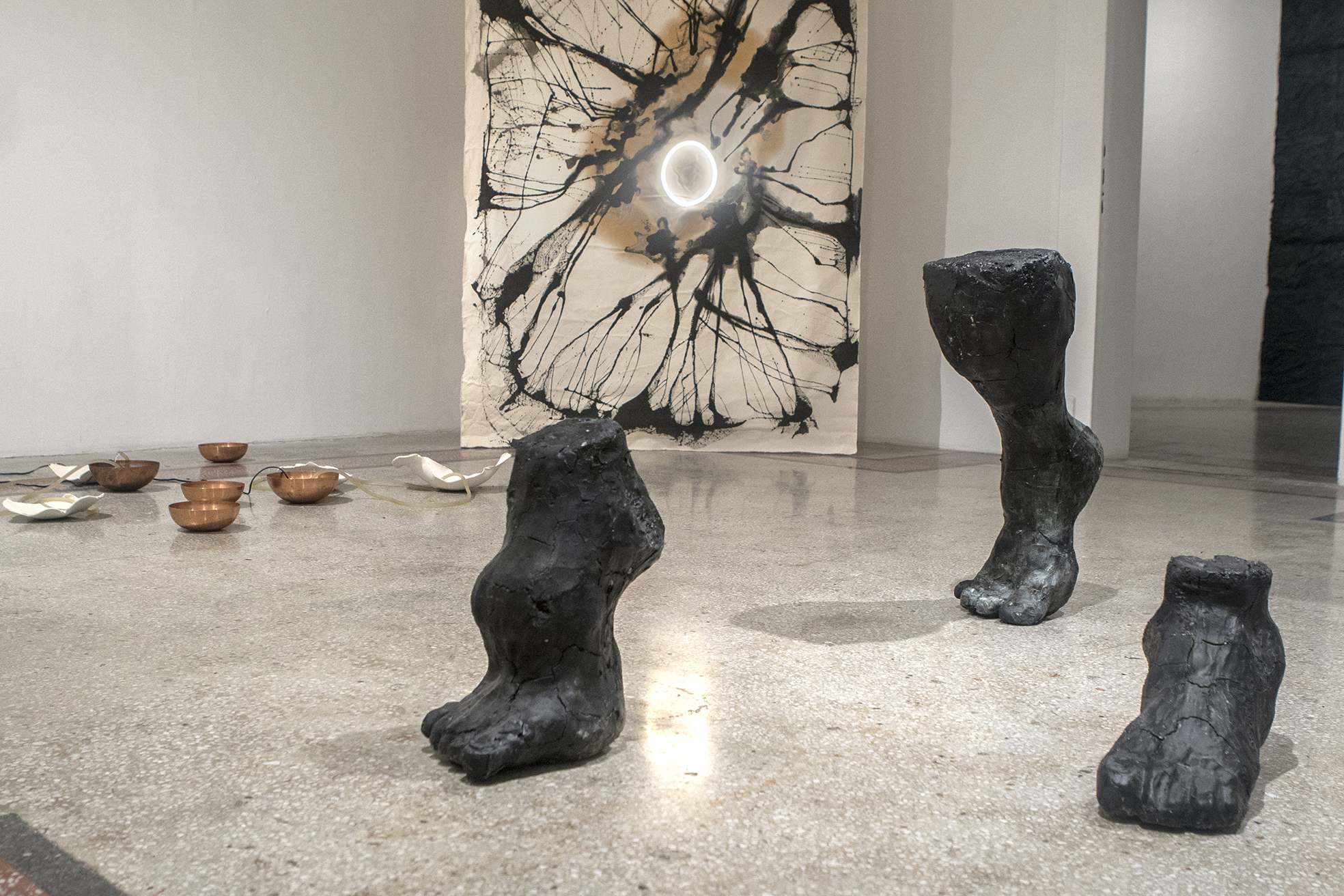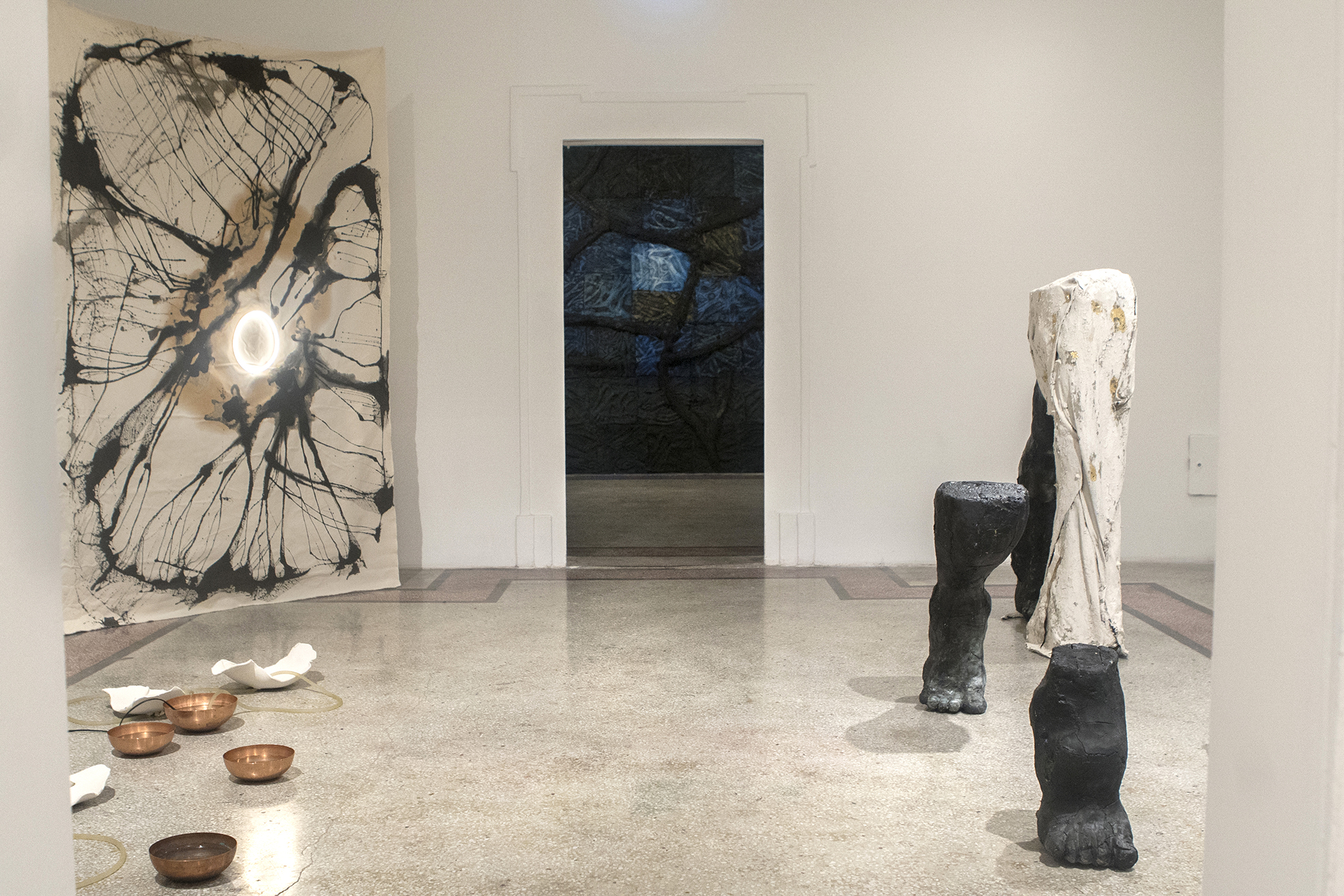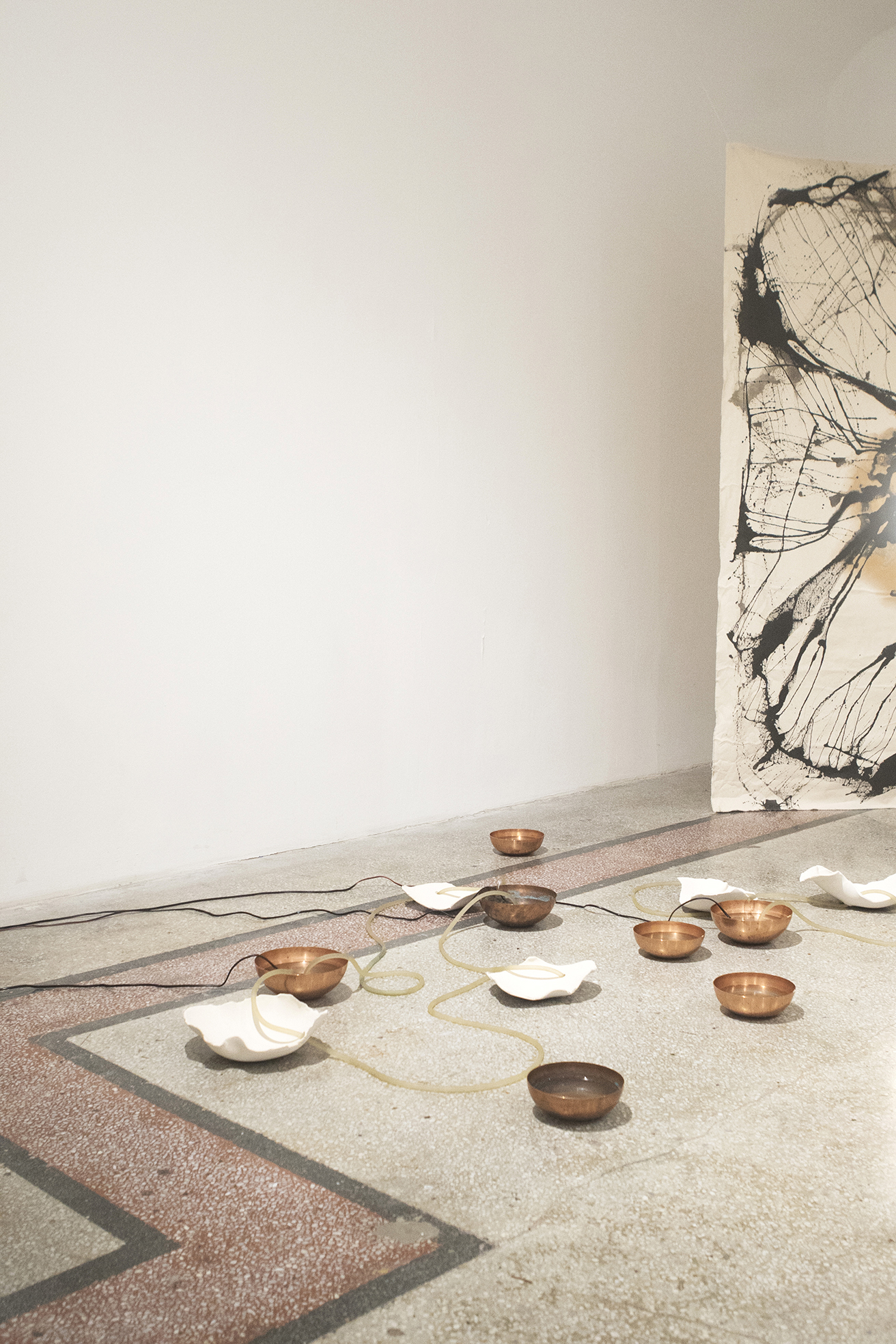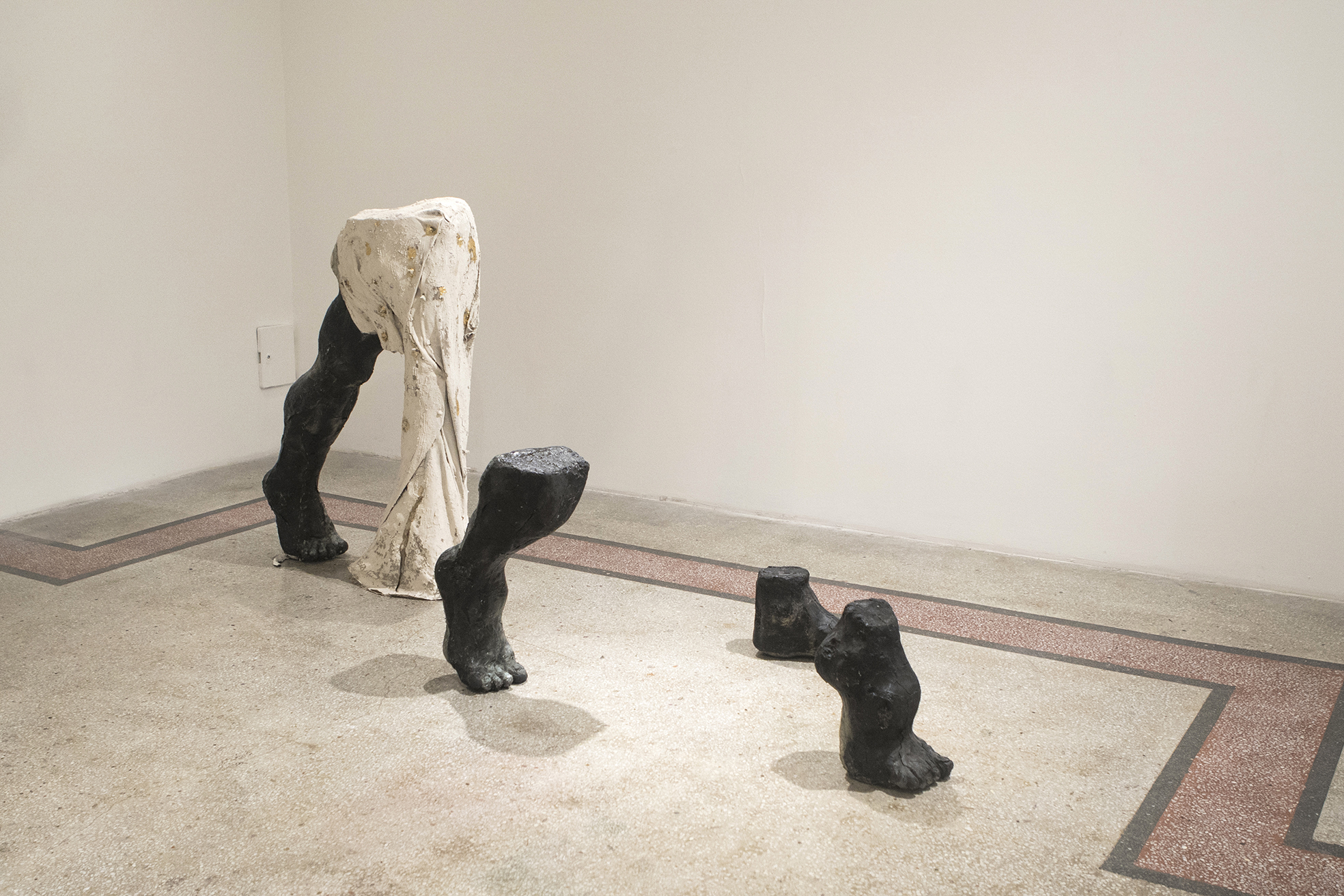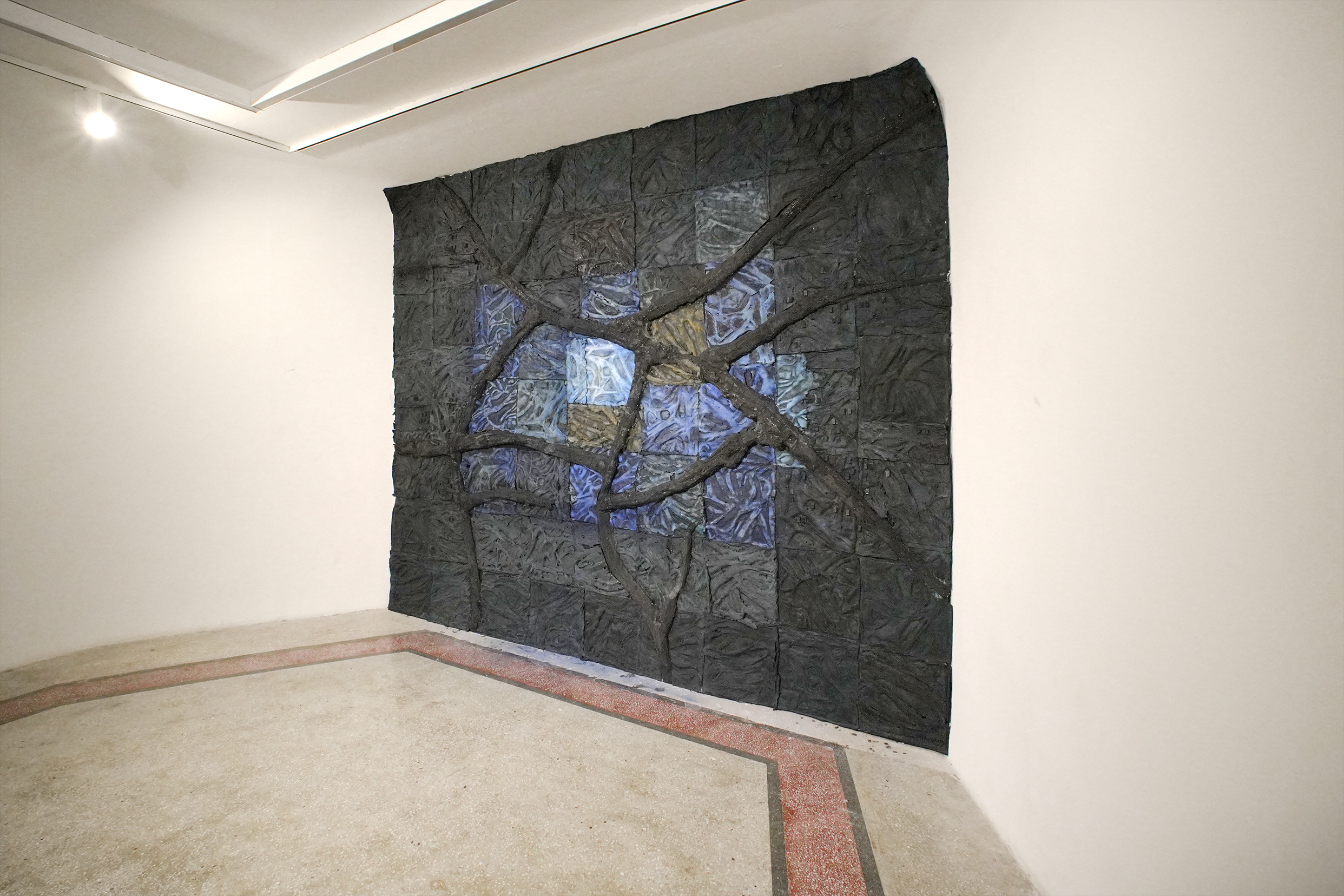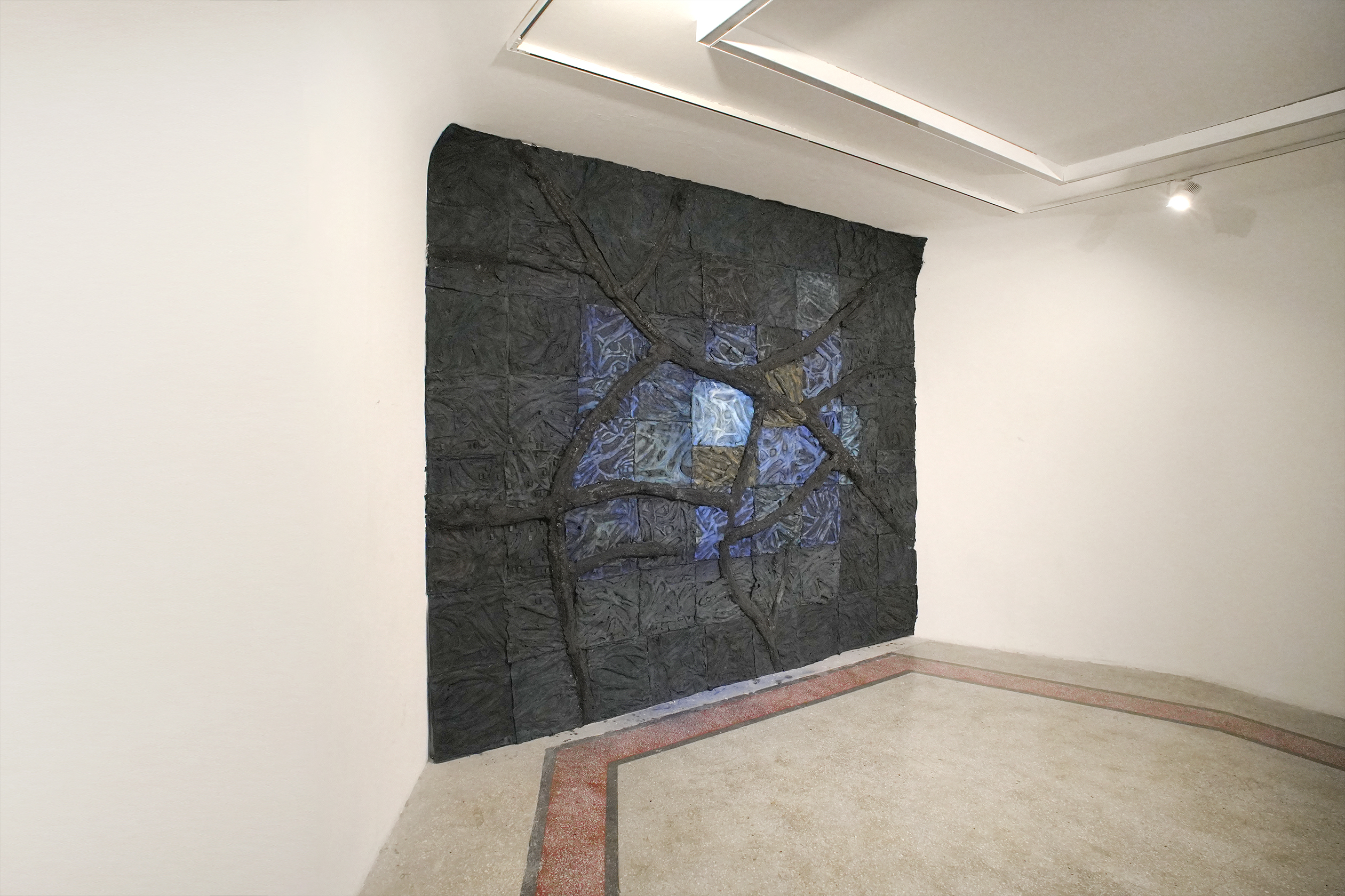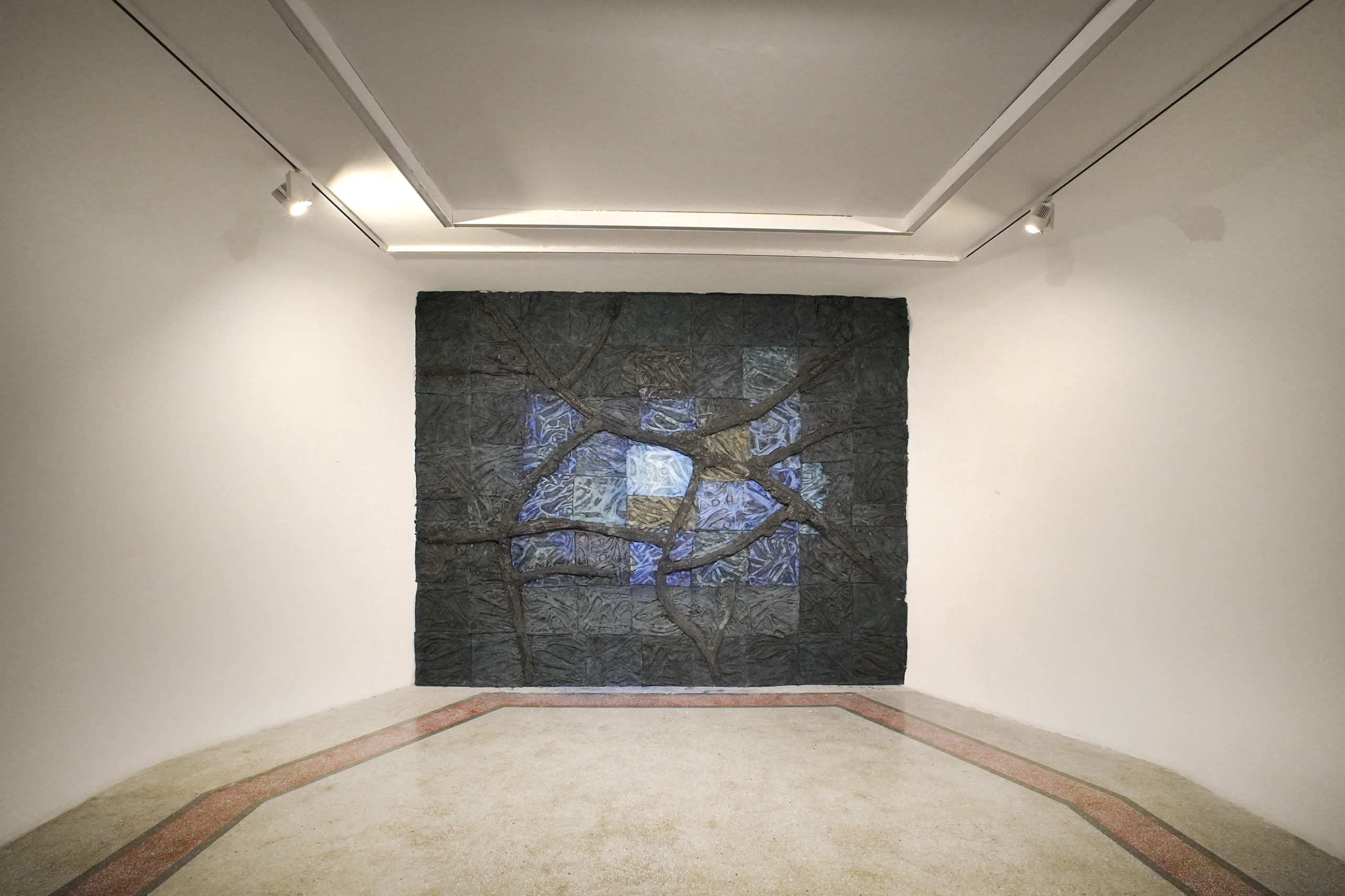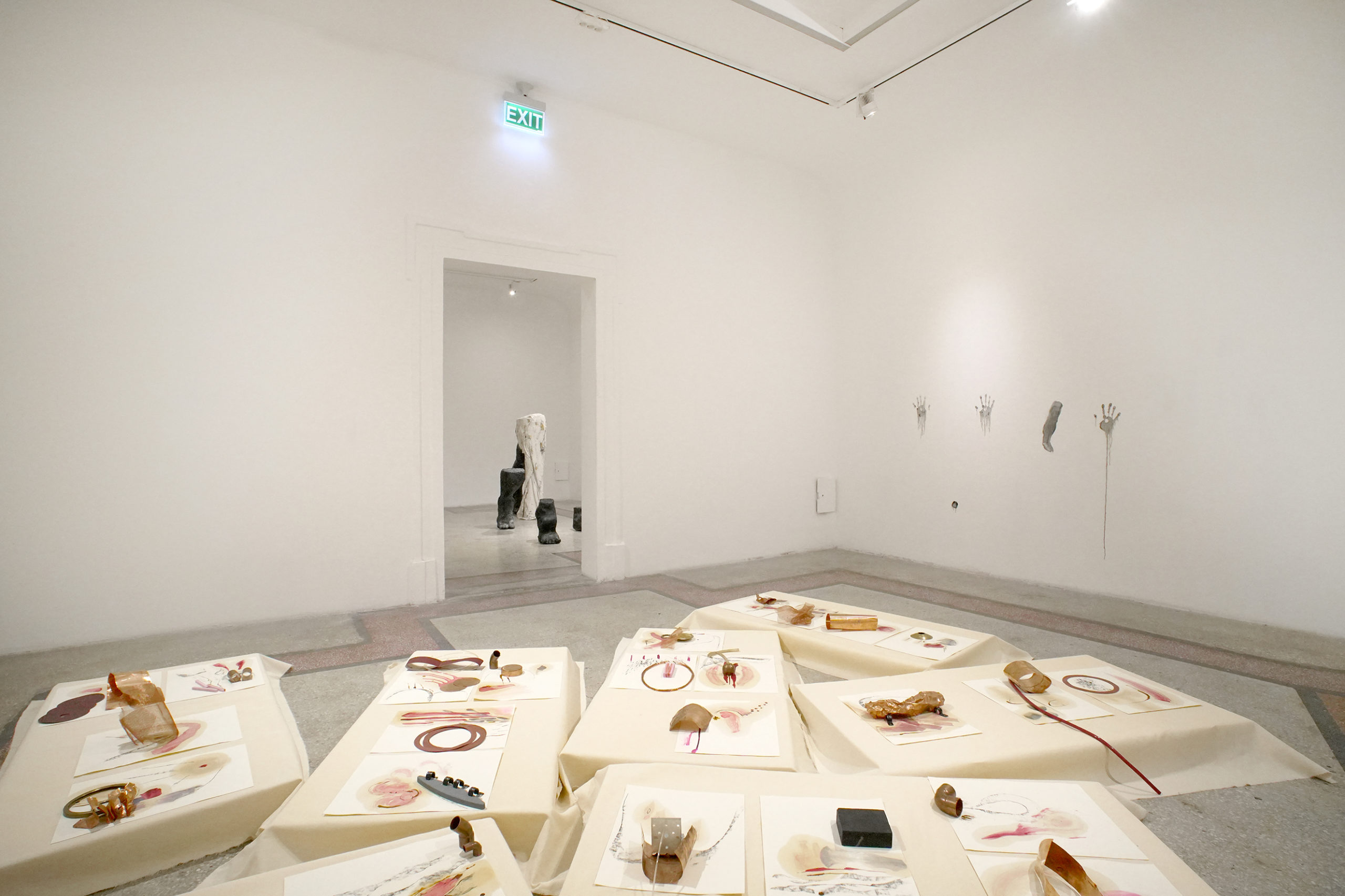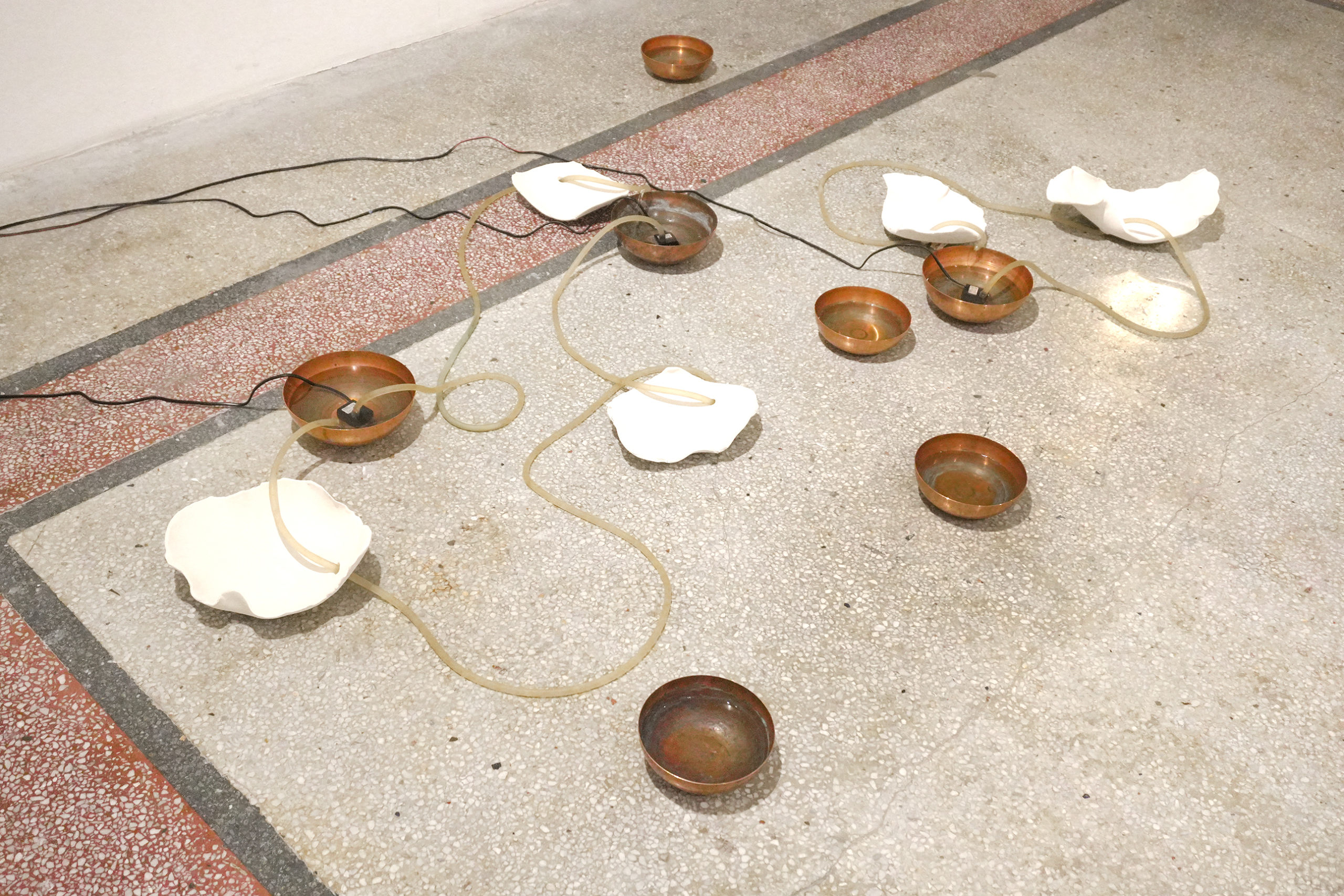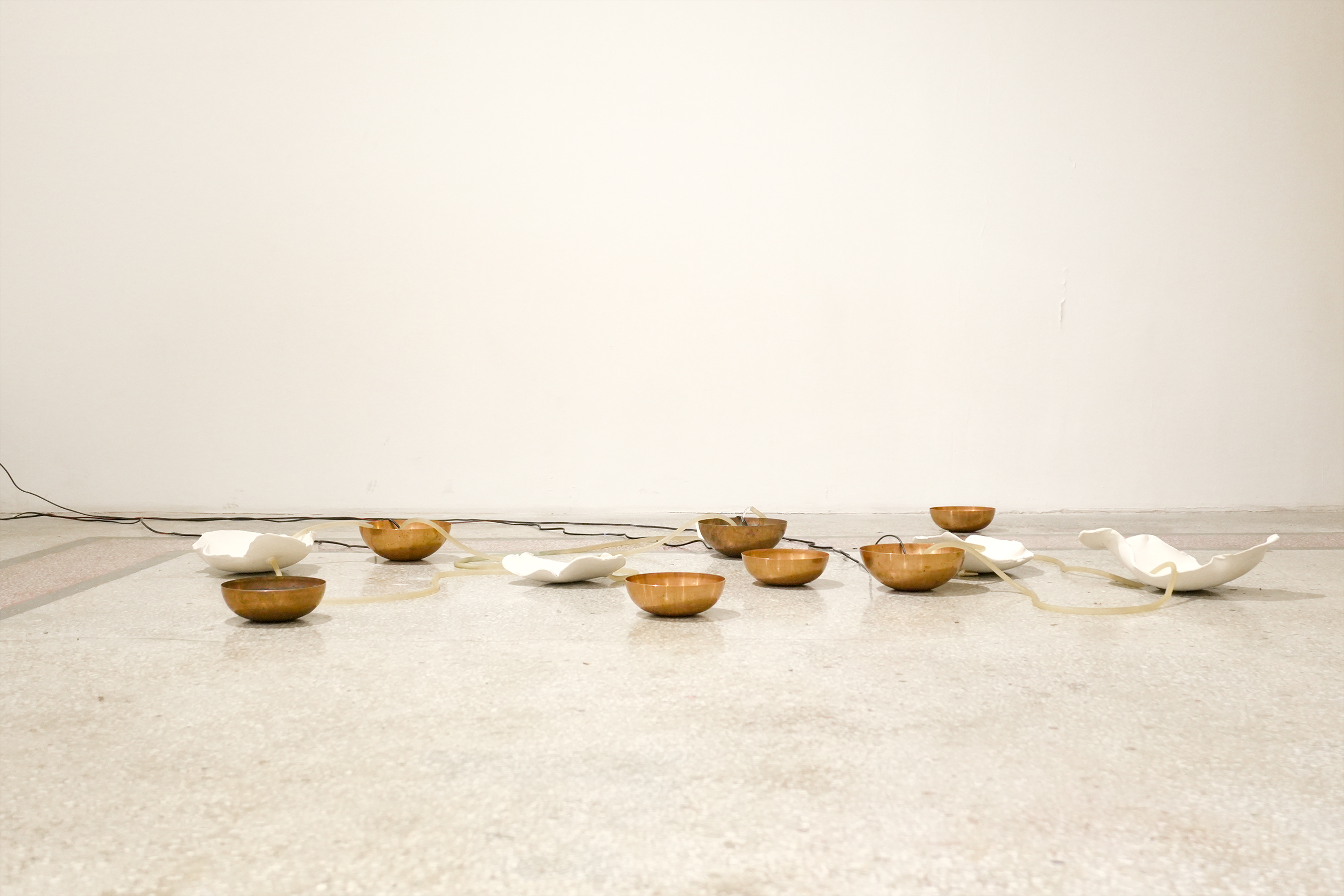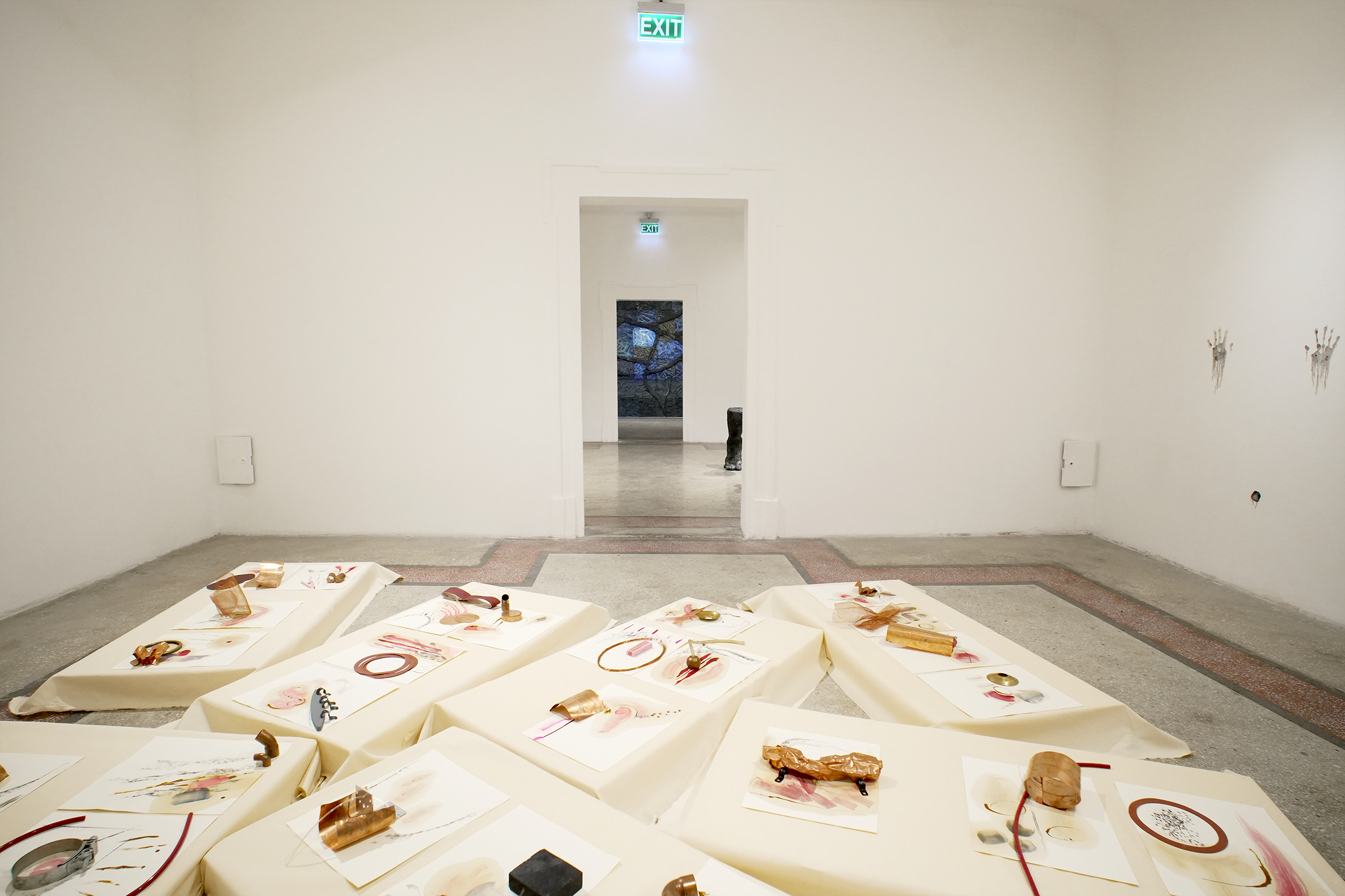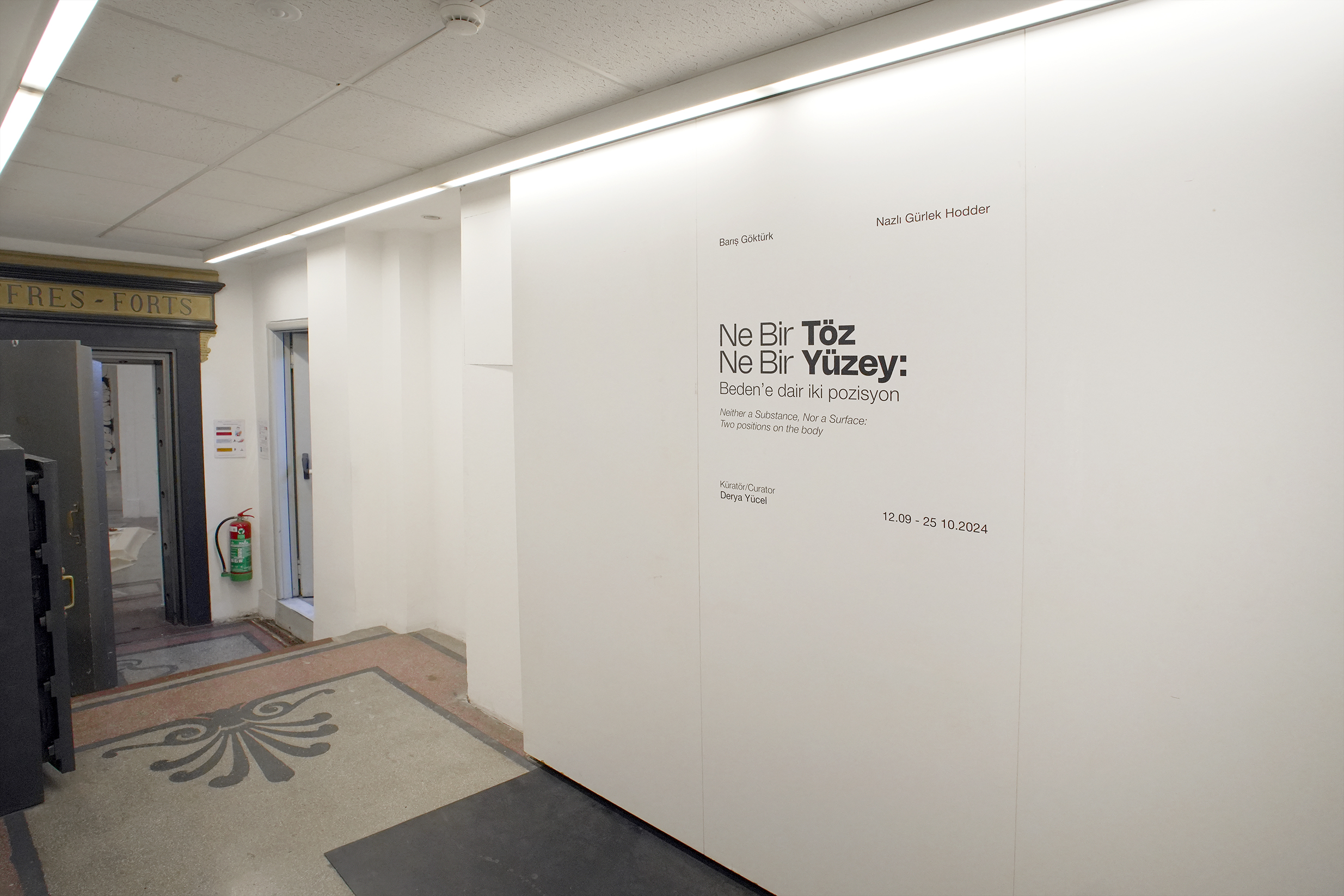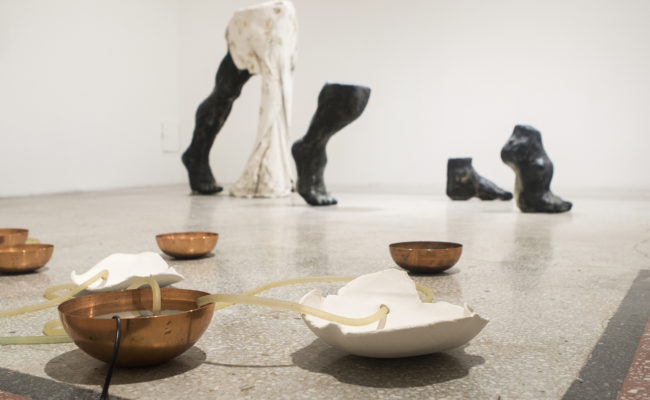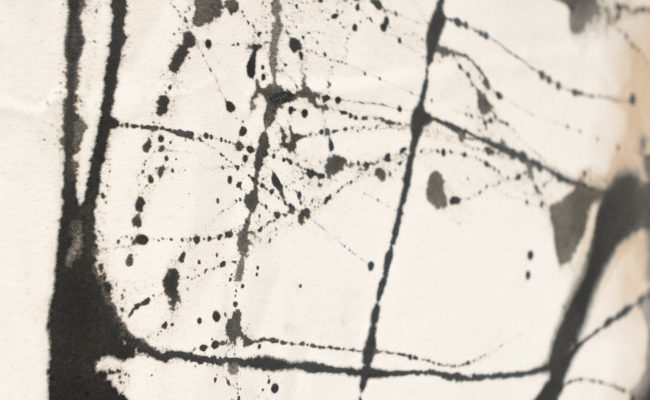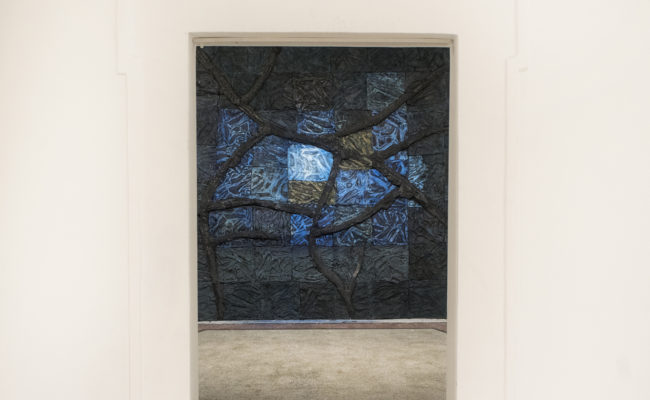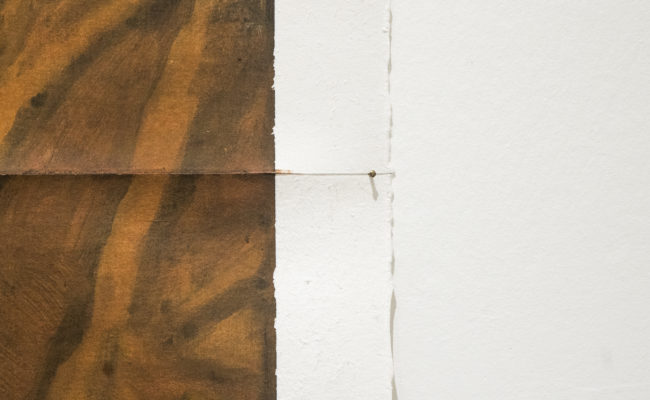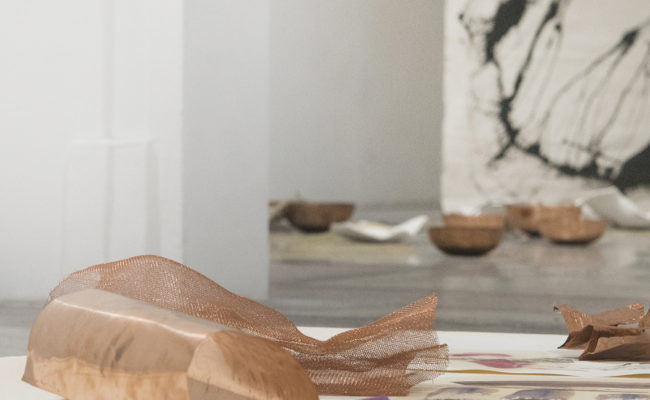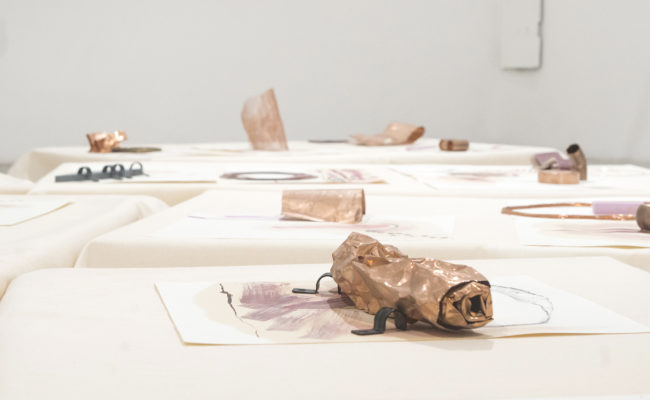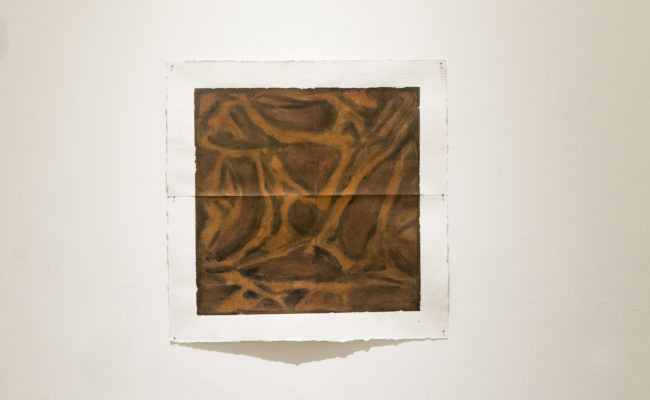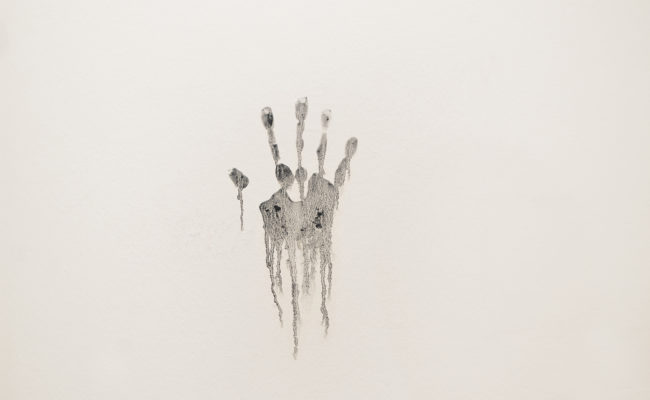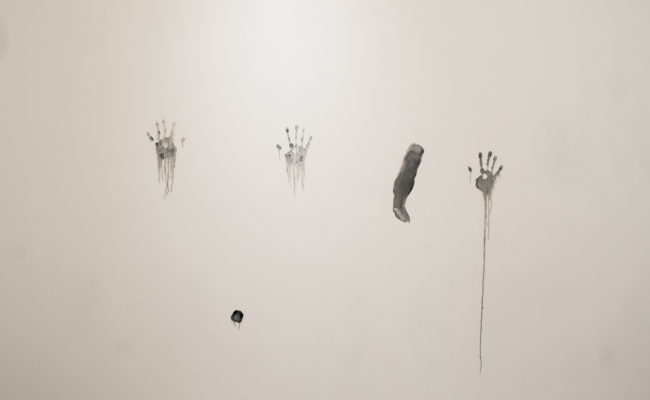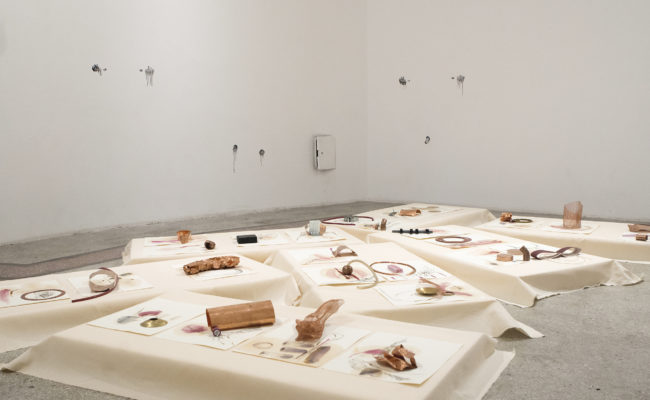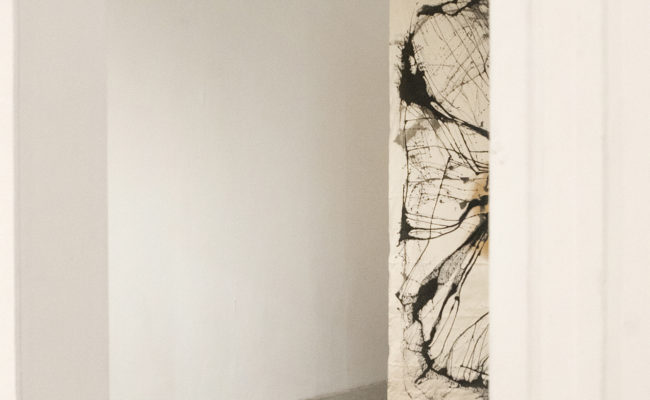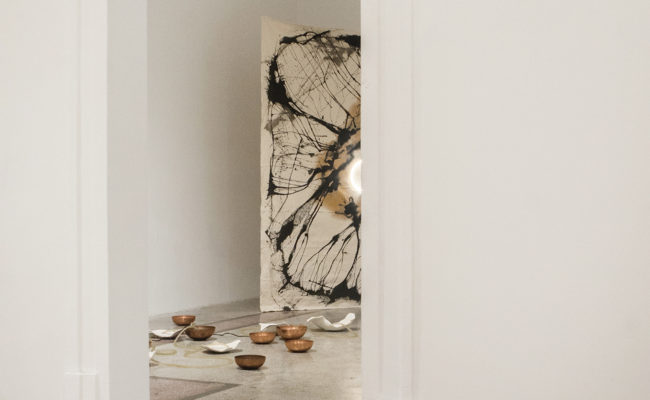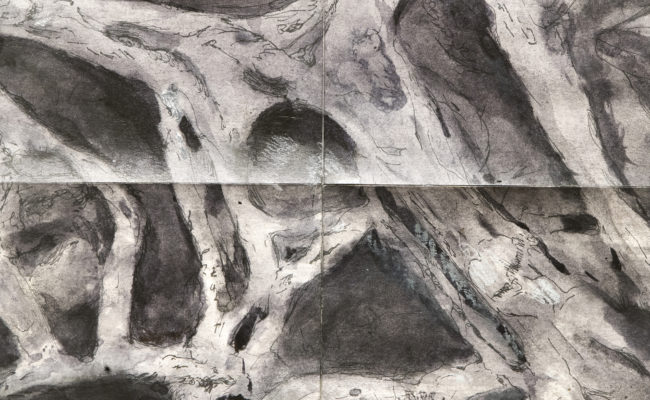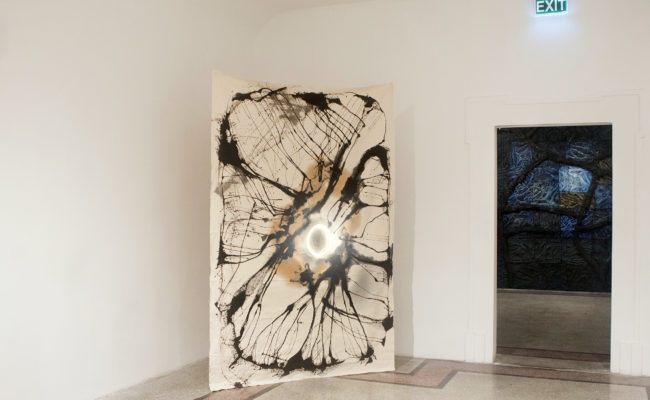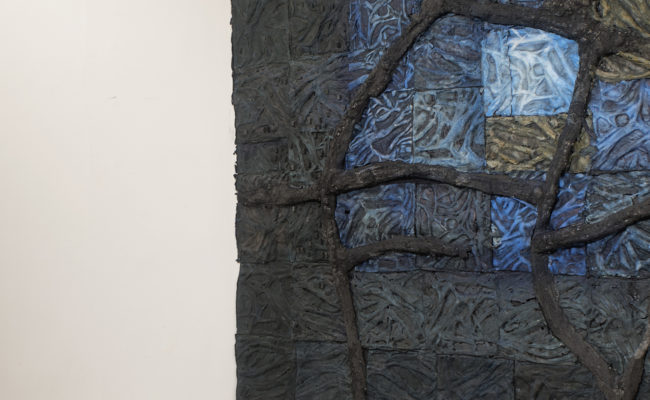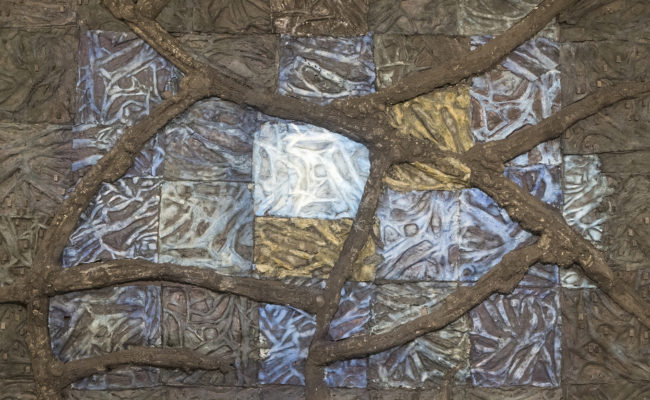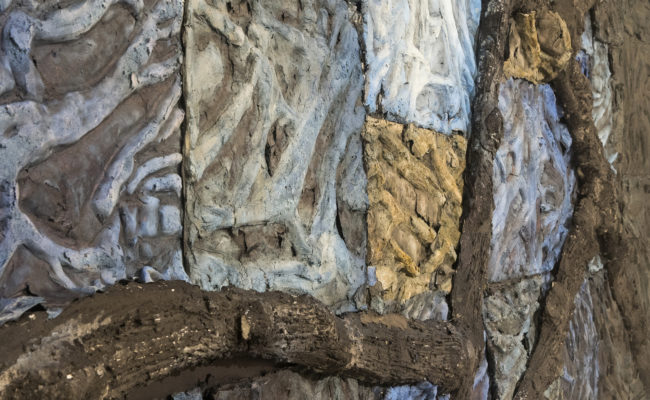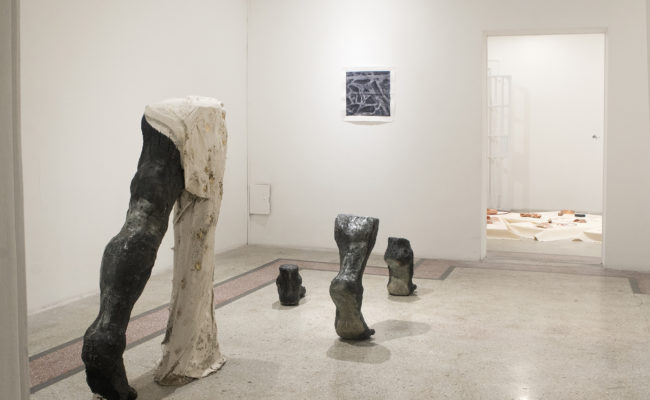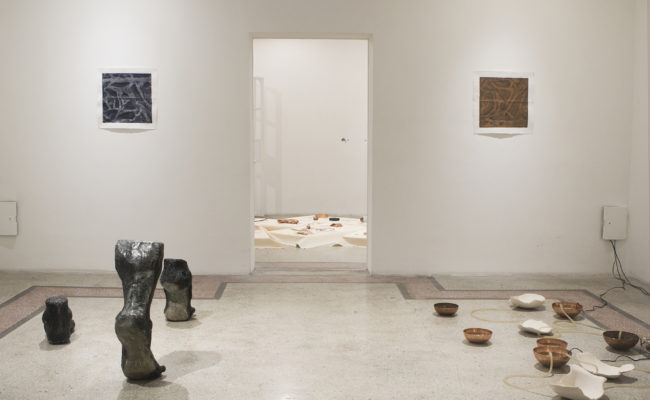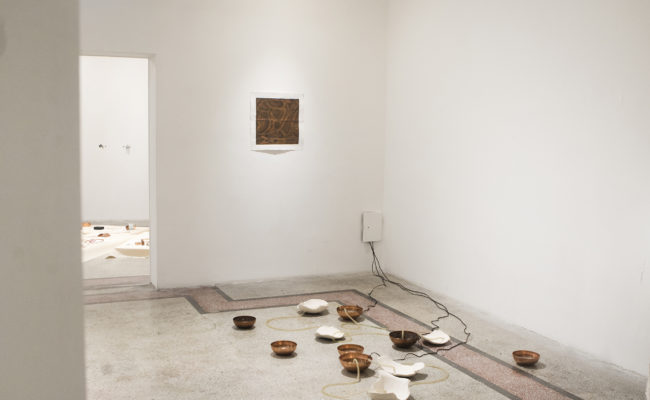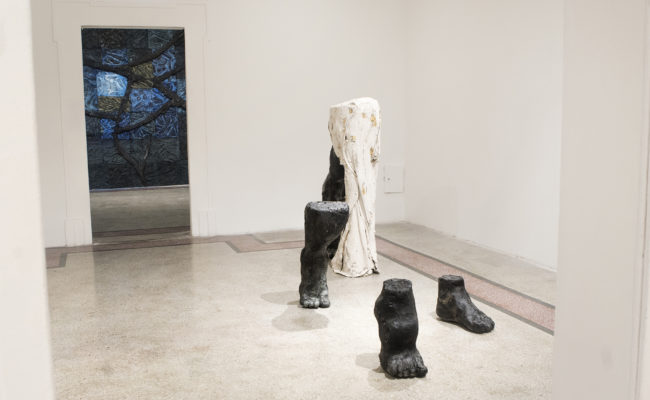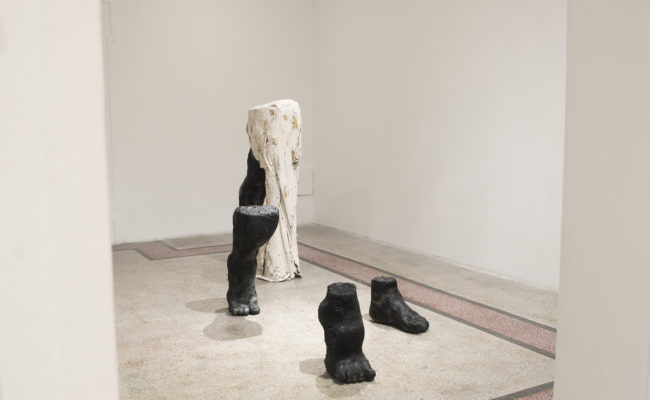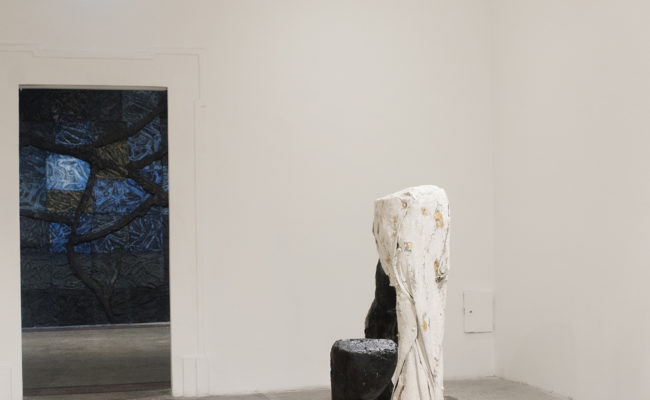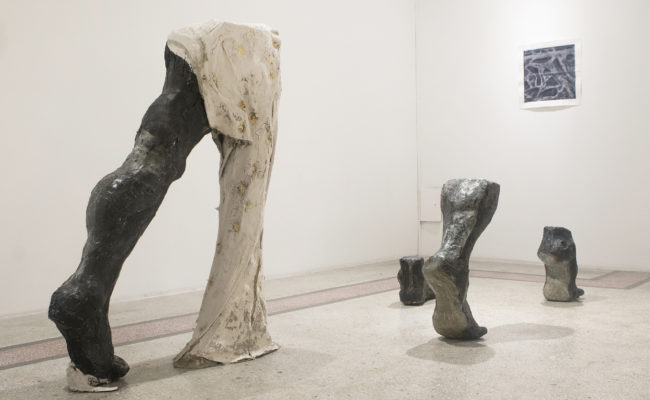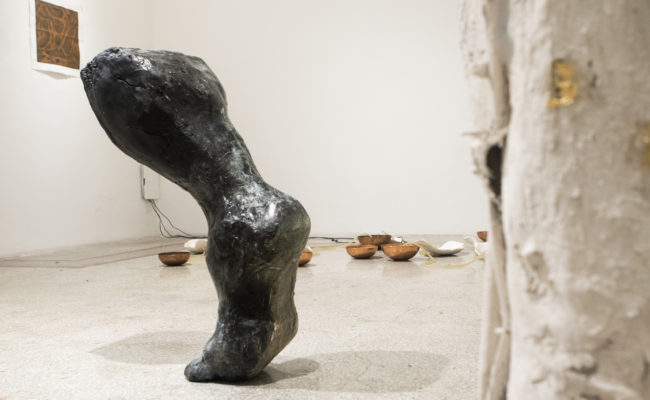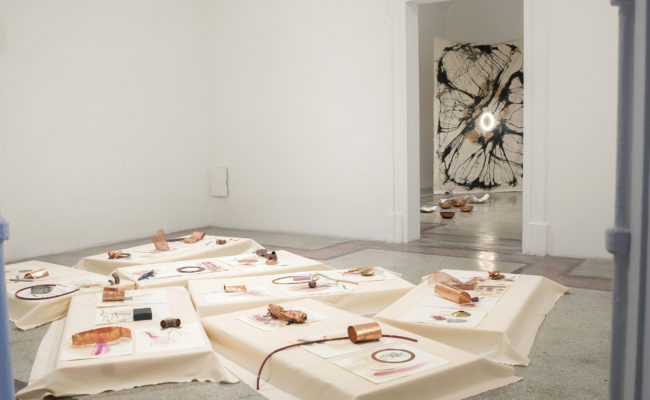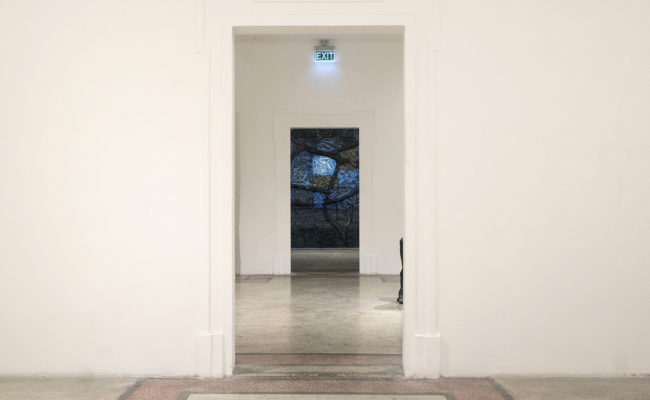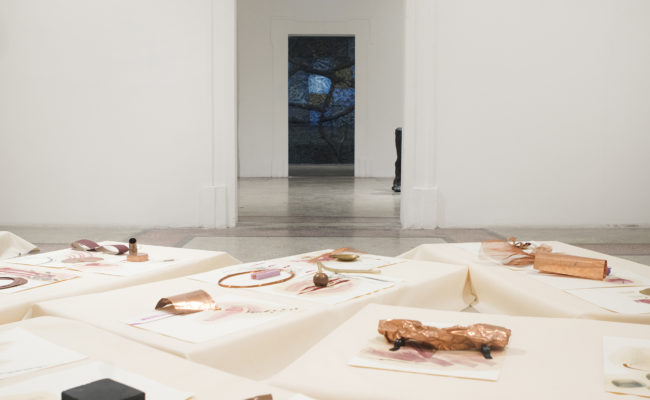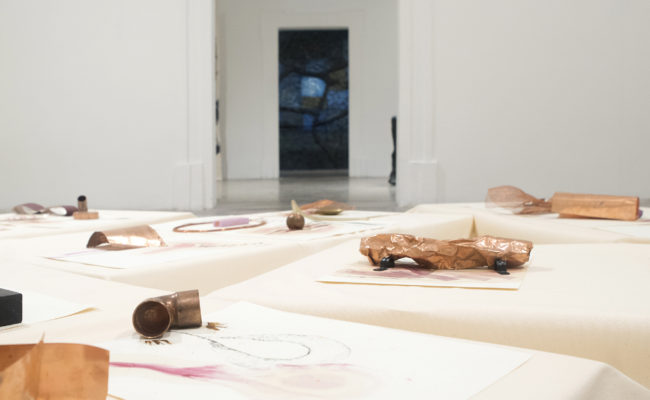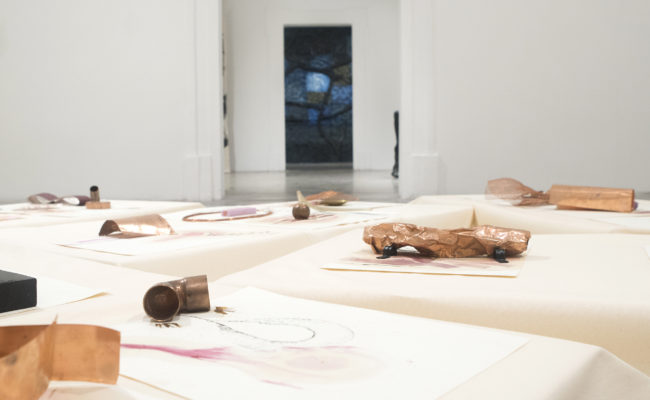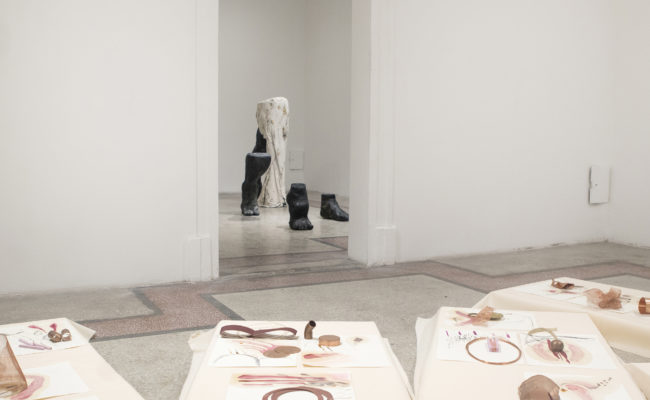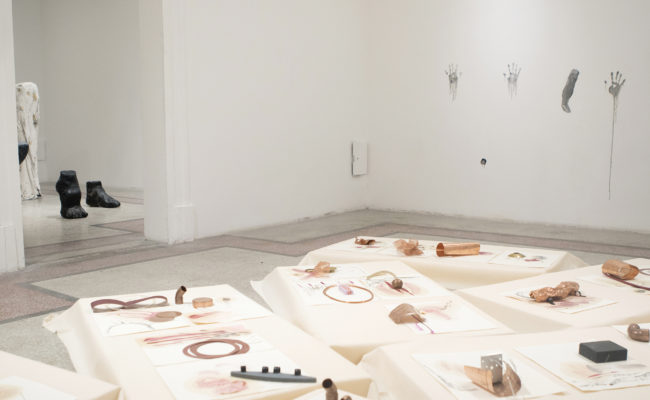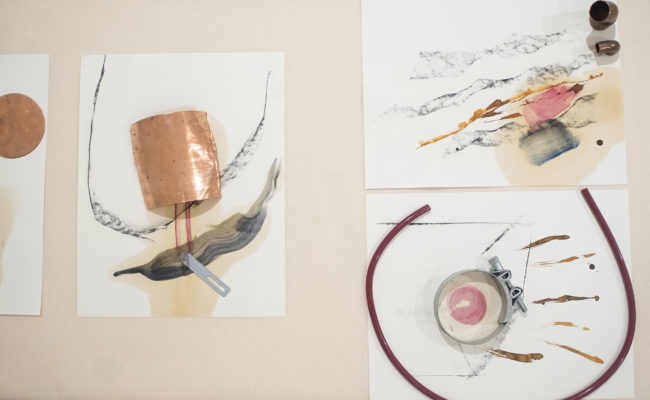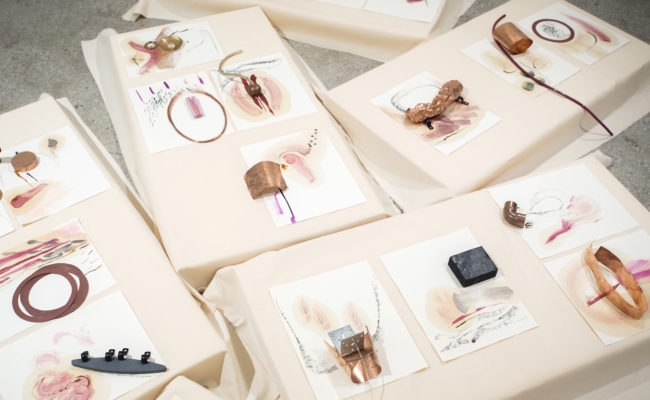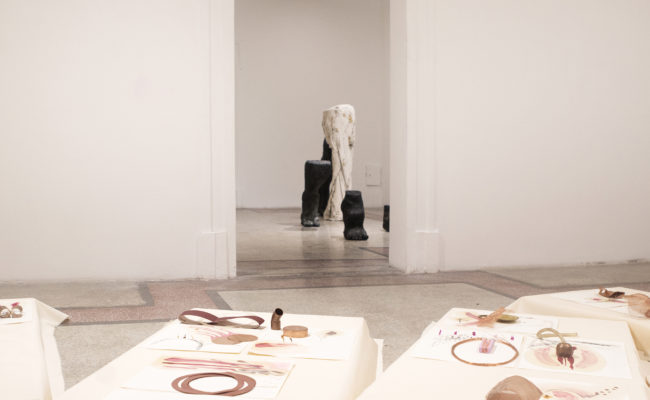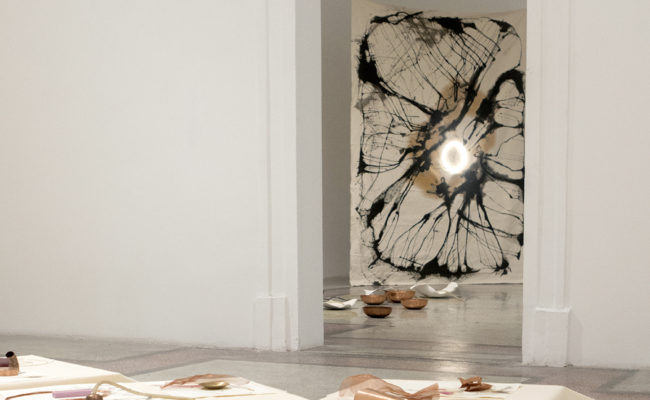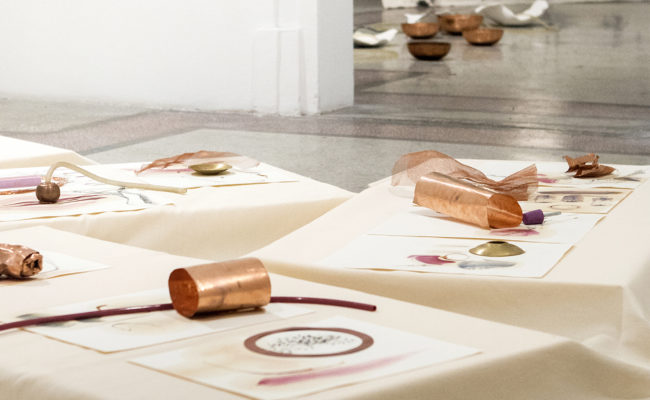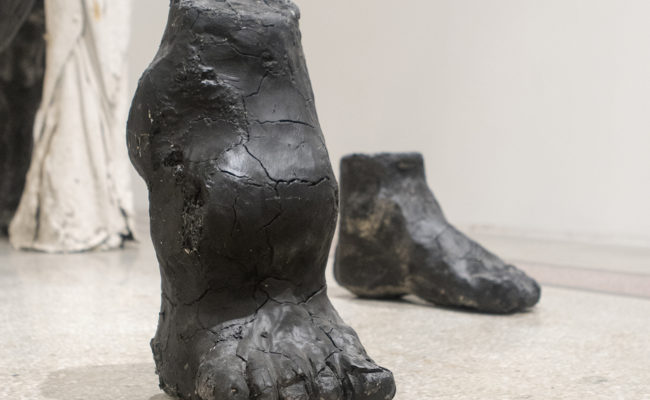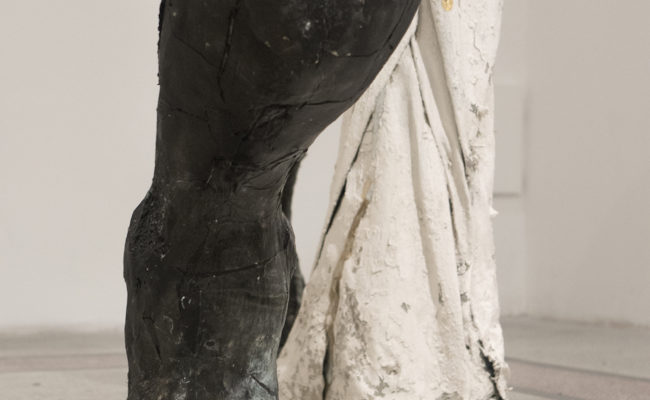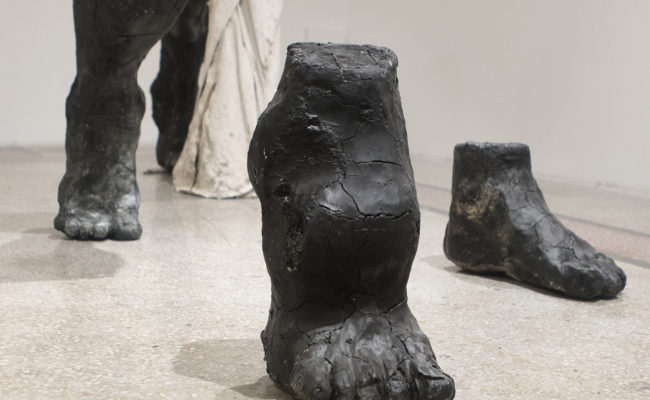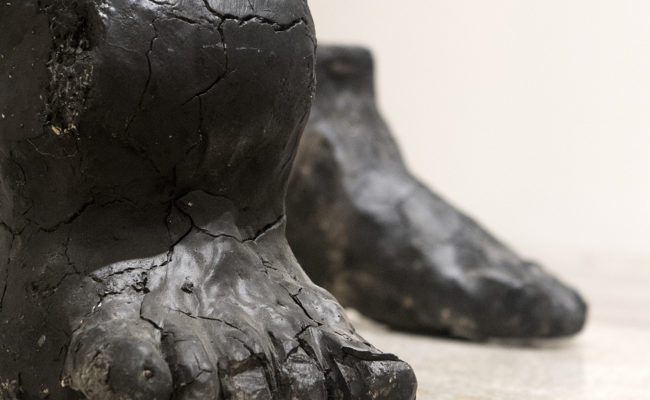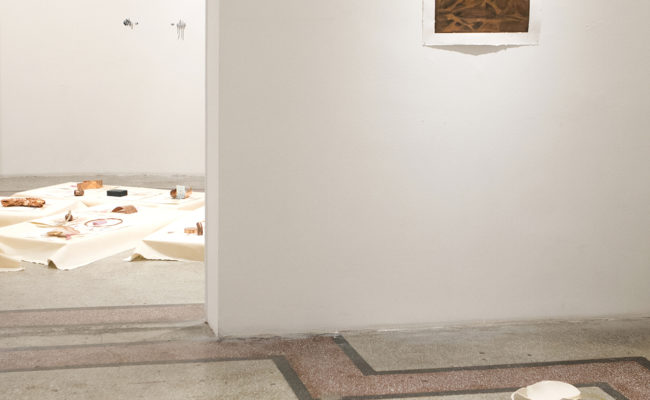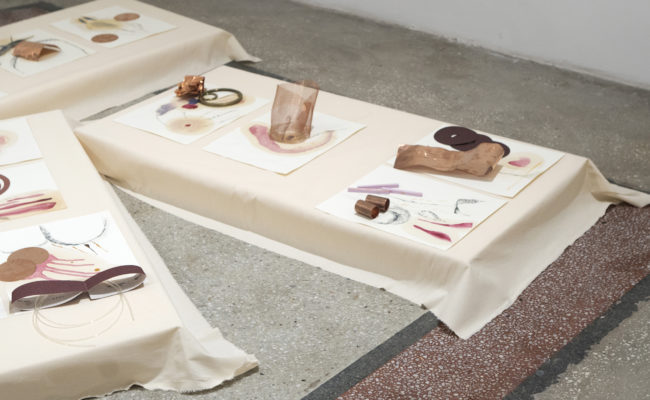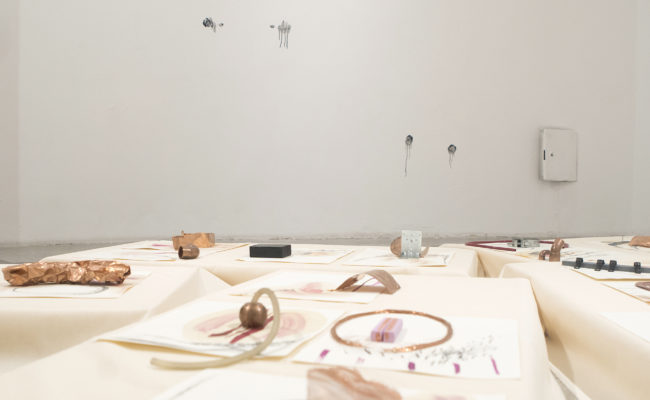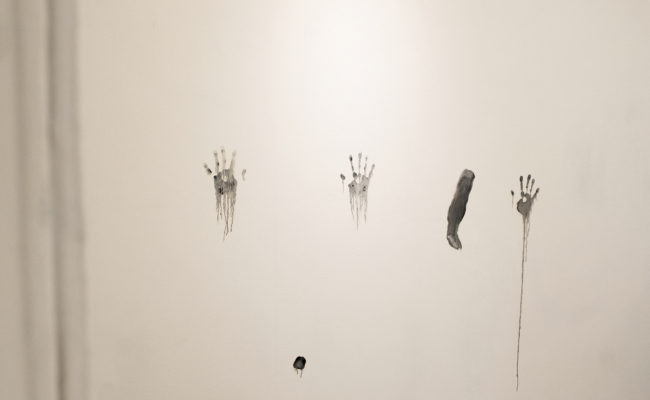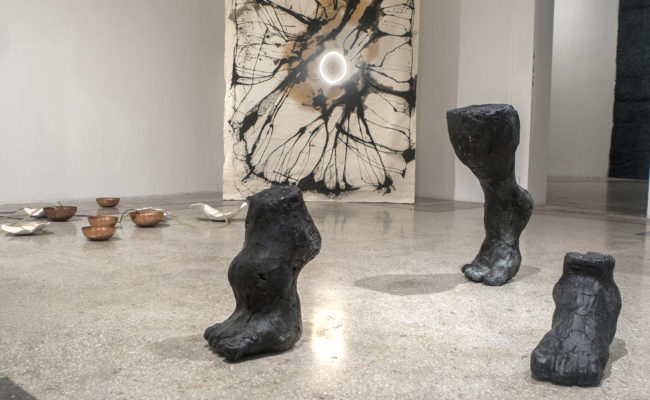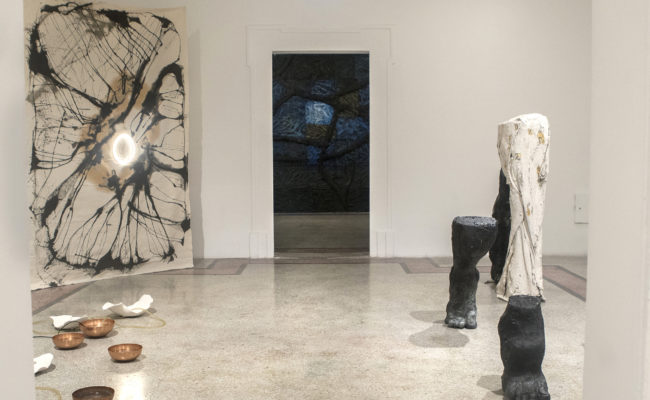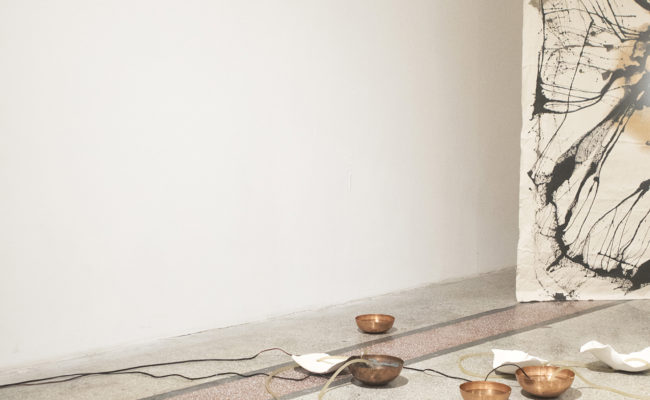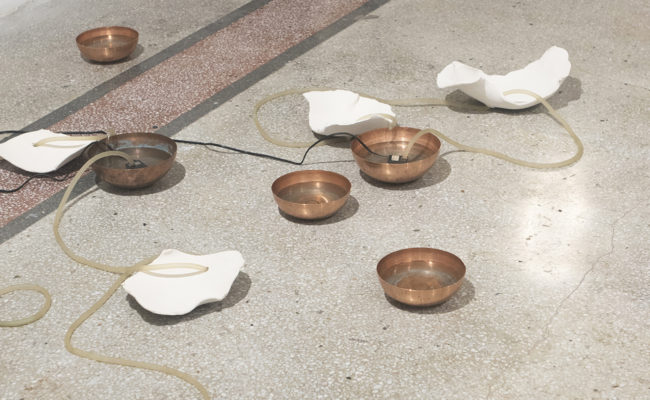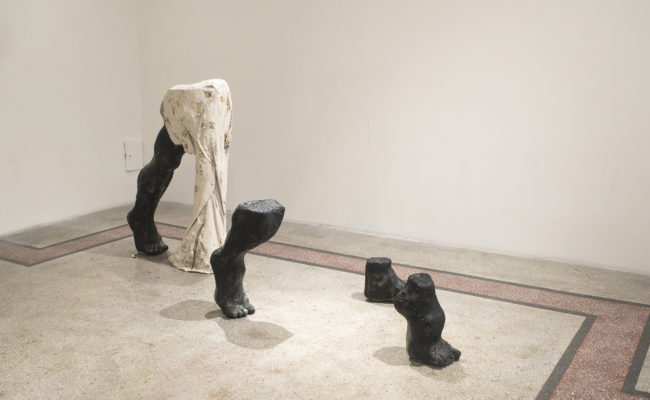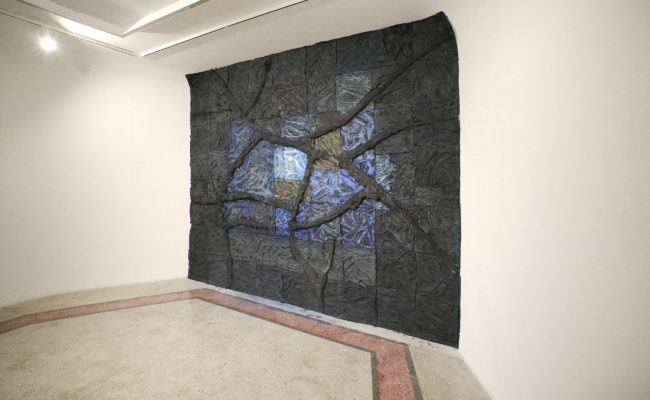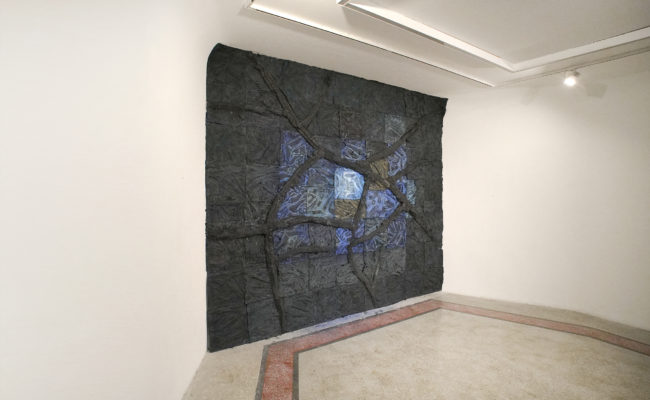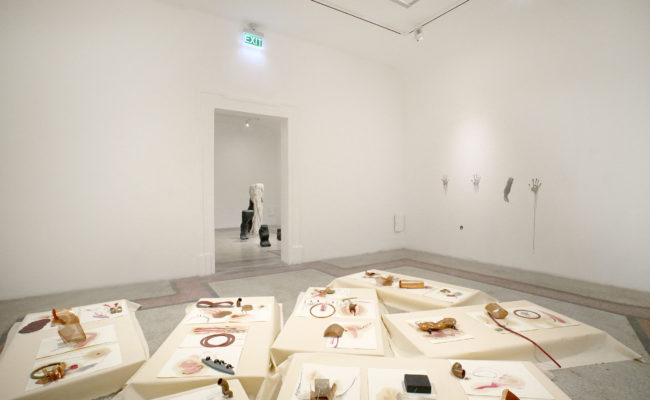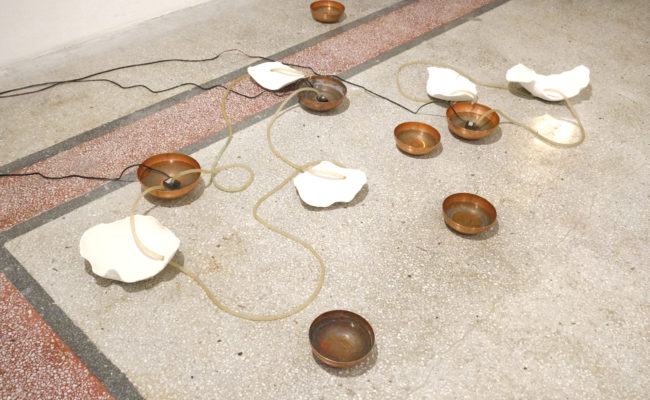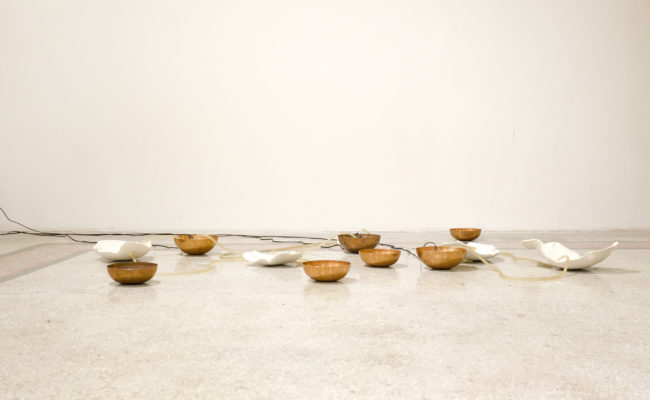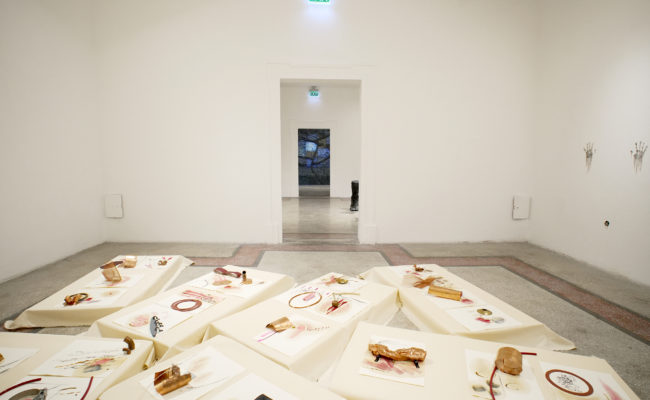Barış Göktürk & Nazlı Gürlek Hodder
Curator: Derya Yücel
"For the body is not a substance, a surface, an inert or inherently docile object; nor is it a set of internal drives which qualify it as the locus of rebellion and resistance." Judith Butler
The body is a multifaceted concept that can only be understood in discussions encompassing ideology, culture, power, economy, philosophy, history, psychology, phenomenology, ecology, and more. Policies aiming to fully know, encapsulate, and continuously control the body are related to power structures that enclose the body with norms and construct it discursively. The mechanisms of construction, control, and regulation determine the biopolitical boundaries of life and the body within society, whether these mechanisms liberate or suppress the body. Thus, the body becomes one of the most critical elements of social interaction. The biopolitical body is not just a given "thing" (entity) but a cultural interpretation and a historical reality that can be interpreted culturally — a "symbol."
The intersection of consciousness and body, and the body's convergence with the world and the "other," makes it a functional and living system. Therefore, the body is not merely a cultural surface but the essence and source of our individual existence and our comprehension of being. In the phenomenological understanding of the body, it assumes the role of a "language," going beyond being merely an area of action and representation. It becomes the medium through which perception communicates with space/world, serving as a home for the wholeness of being, with its emotional and spiritual dimensions. The central argument of cultural ecofeminism, which focuses on the relationship between the body and nature, is that, in a distant past, women experienced a fertile matriarchal period characterized by empathy and intuitive, peaceful/anti-militarist values. This lost paradise of the past is the queer utopia of today. What radical coexistence, collaboration, and intermingling might mean in ideological, political, ecological, and spiritual contexts, both now and in the future, can perhaps only be imagined with a hybrid consciousness/body.
In contemporary contexts, the body is frequently used in art production and is often classified under terms such as "Canvas Body, Activist Body, Ritualistic and Transcendent Body, Boundary-Transcending Body, Identity-Performing Body, Absent Body, and Technological Body." Without reducing the mind and body to two separate essences/functions, the exhibition "NEITHER a SUBSTANCE NOR a SURFACE: Two Positions on the Body" explores the body as a multilayered field of expression and experience from two different perspectives, focusing on the presence and knowledge of the body through the works of Barış Göktürk and Nazlı Gürlek Hodder.
Nazlı Gürlek Hodder, who works with archetypes encompassing the universal elements of the collective unconscious and human knowledge and experiences, produces ritualistic works that draw on the unity of nature and the body. The artist, through a methodology that combines ancient bodily knowledge with awareness practices performed on the physical body and works that relax the nervous system, constructs artistic production as an integral, regulatory, and healing part of life. In the first phase, through her use of space, material, method, and language, she interacts with her own myths, creating a healing field akin to a shamanic "healing" process. Her installation "From Autumn to Summer (a diary)" carries traces of her physical movements, biological processes, emotions, and mental monologues. This installation, which reflects the bodily aesthetics of the "here and now," brings together industrial parts collected from Karaköy with drawings on paper and records the nine months the artist spent in Karaköy, where both her studio and the gallery are located, while preparing for the exhibition. It also includes emotional interactions with the ongoing massacre in Gaza (the diary's beginning coincides with the start of the massacre). On the walls of the gallery's first room is the intervention titled "Leaky Boundaries," which relates the permeability and fragility of the body's boundaries to space and movement, based on the mutual existence and creation of the body and space. This intervention consists of hand and body imprints left by the artist to challenge the seemingly impenetrable structure of the gallery, akin to a child in the womb attempting to establish a connection with the outside world. The piece titled "Chora," consisting of LED and patterns on raw canvas in the gallery's second room, draws inspiration from the "essence," which is maternal and fertile, encompassing all bodies and beings and taking the form of none, approached only through dreams and intuitions. The installation titled "Fountain," created by taking a mold of the artist's abdomen during pregnancy, visualizes the ambiguous states of the unfinished body as a set of potentials and comprises water recirculating through ceramic pieces, resembling an organism with a living nervous system.
As power is depicted as both constructive and productive, the body is inherently dynamic and constantly undergoing reconstruction. Thus, the social body is not independent of power and is a state of being fixed and stabilized through the repetition of the performances determined by power. From this perspective, Barış Göktürk's works, which focus on the complex relationship between the body shaped by authority and the individual's body, emerge as political triggers concerning current and historical events in a world where human existence and the body are maximally constrained by authority. The feet featured in Göktürk's solo exhibition "Scanner," displayed in 2023 at Galeri Bosfor, point to the compulsory and precarious journeys of people under geographical, economic, and social pressures. His site-specific installation "Roots," created for this exhibition, emphasizes the body's dual role in adapting to and resisting politics, geography, ecology, and technology, even to the point of paralysis. This installation, occupying the last room of the gallery and extending across the wall, becomes an intricate architectural part of the space, a conscious body that reaches back to the building's own history as a Greek minority bank during a period of significant socio-political turmoil in Turkey in the first half of the 20th century. This mimetic form, made of "paper" and "ink," materials that reference the building's former function as a bank, also emerges as a metaphor for belonging, identity, and roots in the collective memory. For the artist, our roots are not only anchored in our bodies but also hint at mobile and nomadic connections with our origins that penetrate the depths of our consciousness. They extend, collide, intersect, grow, wither, and sometimes come alive.
For the exhibition "NEITHER SUBSTANCE NOR SURFACE: Two Positions on the Body," Kasa Gallery becomes a unifying body for the productions of Barış Göktürk and Nazlı Gürlek Hodder, which, at times, diverge from each other, intertwine, reconcile, and sometimes clash, forming connections.
(https://www.radicalphilosophyarchive.com/issue-files/rp114_article1_bodiespowerrevisited_butler.pdf)
